¥638,000
揃いで焼かれた五客ですが、それぞれ絵付けが違う珍しい品です。
裏面にきっちり描かれた葉脈がアクセントになっています。
時代: 明末期
素材:磁器
径:15×12cm
高さ:3.5-4cm
当店で取り扱う商品は、古い作品や骨董品です。これらは経年変化や個体ごとの風合いにより、ひとつひとつに個体差があり、掲載画像と実物が異なる場合がございます。
これらの特性は商品の個性としてご理解いただき、ご購入をお願い申し上げます。商品の状態はできる限り詳細に記載しておりますが、ご不明な点がございましたらお気軽にお問い合わせください。
在庫1個
発送期間
ご決済確認後、通常2〜4営業日以内に佐川急便にて発送いたします。
※展示会期間中や天候・交通事情等により、発送までにお時間をいただく場合がございます。予めご了承ください。
返品・交換について
当ギャラリーで取り扱う作品は一点物や古美術品が中心であるため、原則として返品・交換・キャンセルはお受けしておりません。
作品の状態についてご不明点がある場合は、必ずご購入前にお問い合わせください。
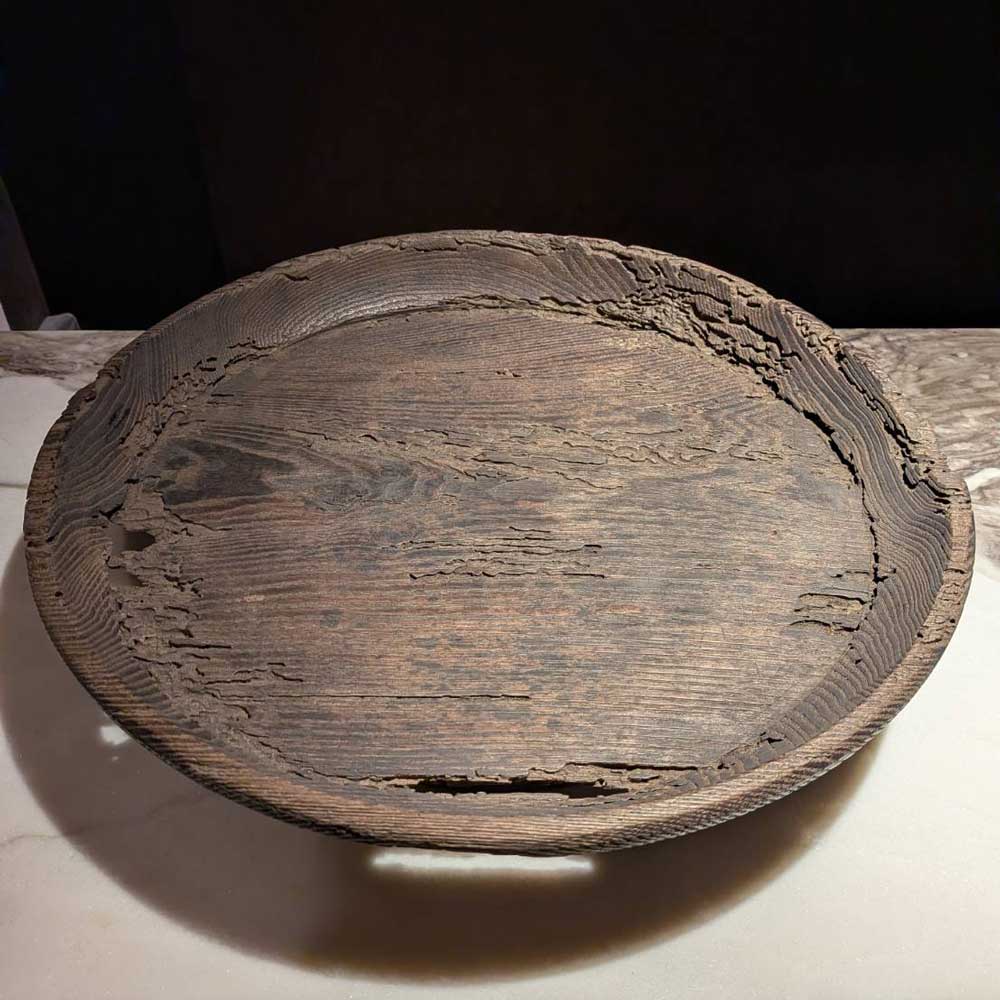
Period
Period Unknown
Material
Wood
Description
The period is unknown, but its weathered appearance gives it great character.

時代
時代不詳
素材
木
説明
時代は不詳ですが、朽ちた感じが非常に味になっています。

Period
Jomon Period
Material
Clay
Description
A vase in a standard Jōmon pottery shape.

時代
縄文時代
素材
粘土
説明
スタンダードな形の縄文土器の花瓶。

Period
Tempyō Period / Hakuhō Period
Material
Clay
Description
These are so-called eaves tiles from abandoned temples.
Eaves tiles serve as the “face” of a temple, so they all bear the same design. Some of the tiles can even be traced to specific temples.
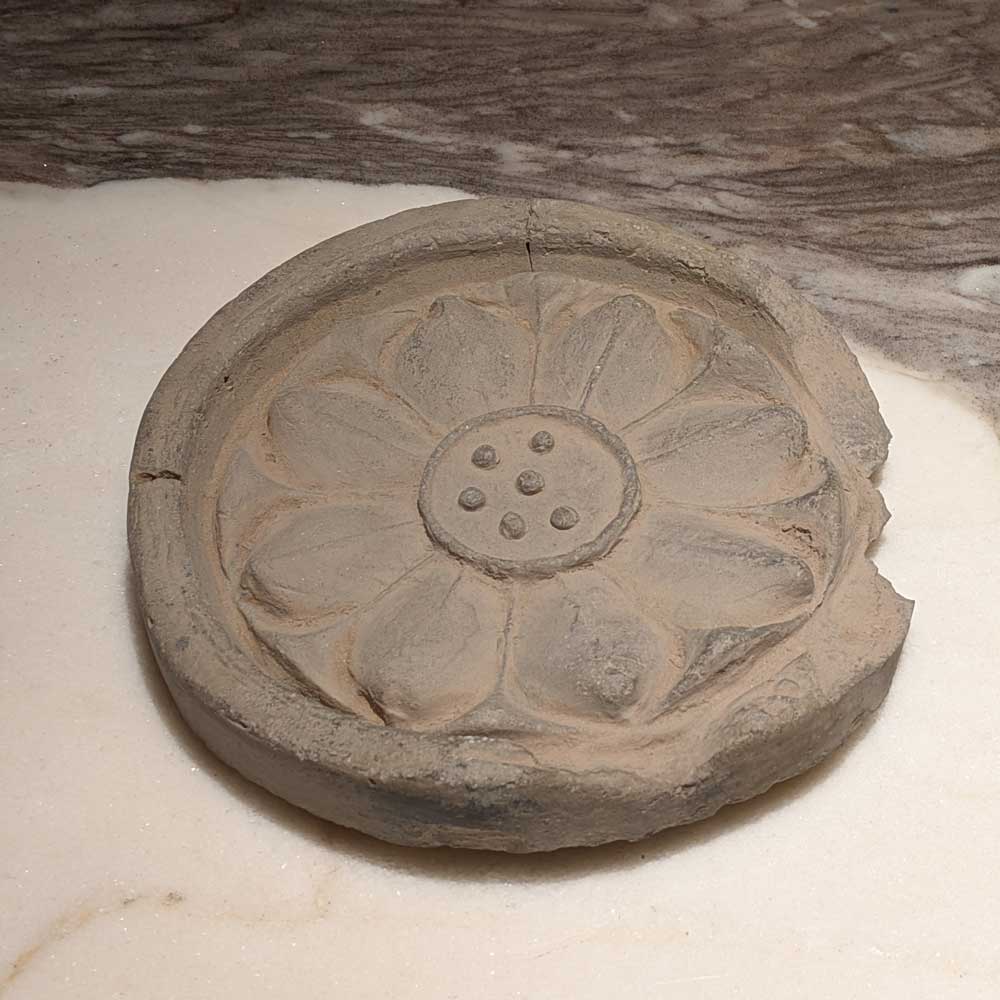
Period
Tempyō Period / Hakuhō Period
Material
Clay
Description
These are so-called eaves tiles from abandoned temples.
Eaves tiles serve as the “face” of a temple, so they all bear the same design. Some of the tiles can even be traced to specific temples.

Period
Early Shōwa Period
Material
Wood
Description
Originally a tea ceremony utensil, made by one of the Senke Juppinshoku, the ten artisan families traditionally supplying tools to the Senke schools.
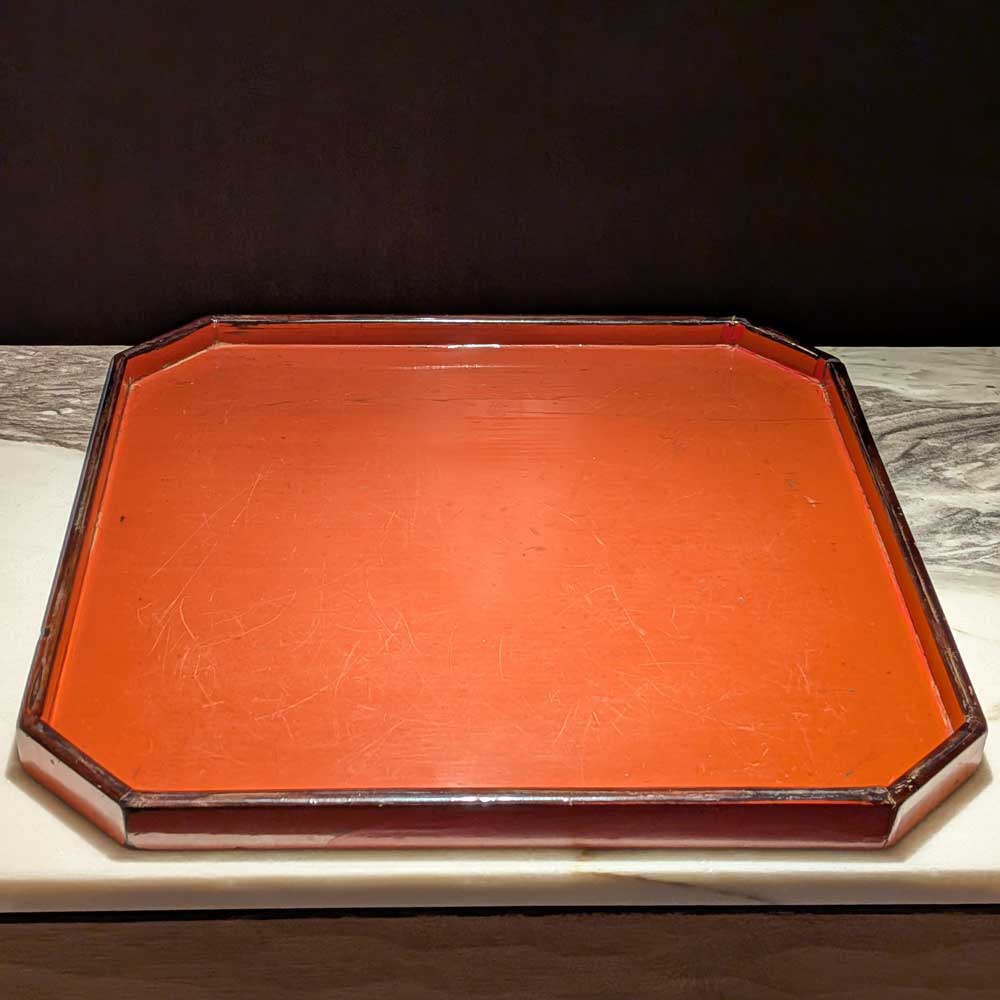
Period
Early Edo Period
Material
Wood
Description
A standard square-cornered style in Negoro ware.
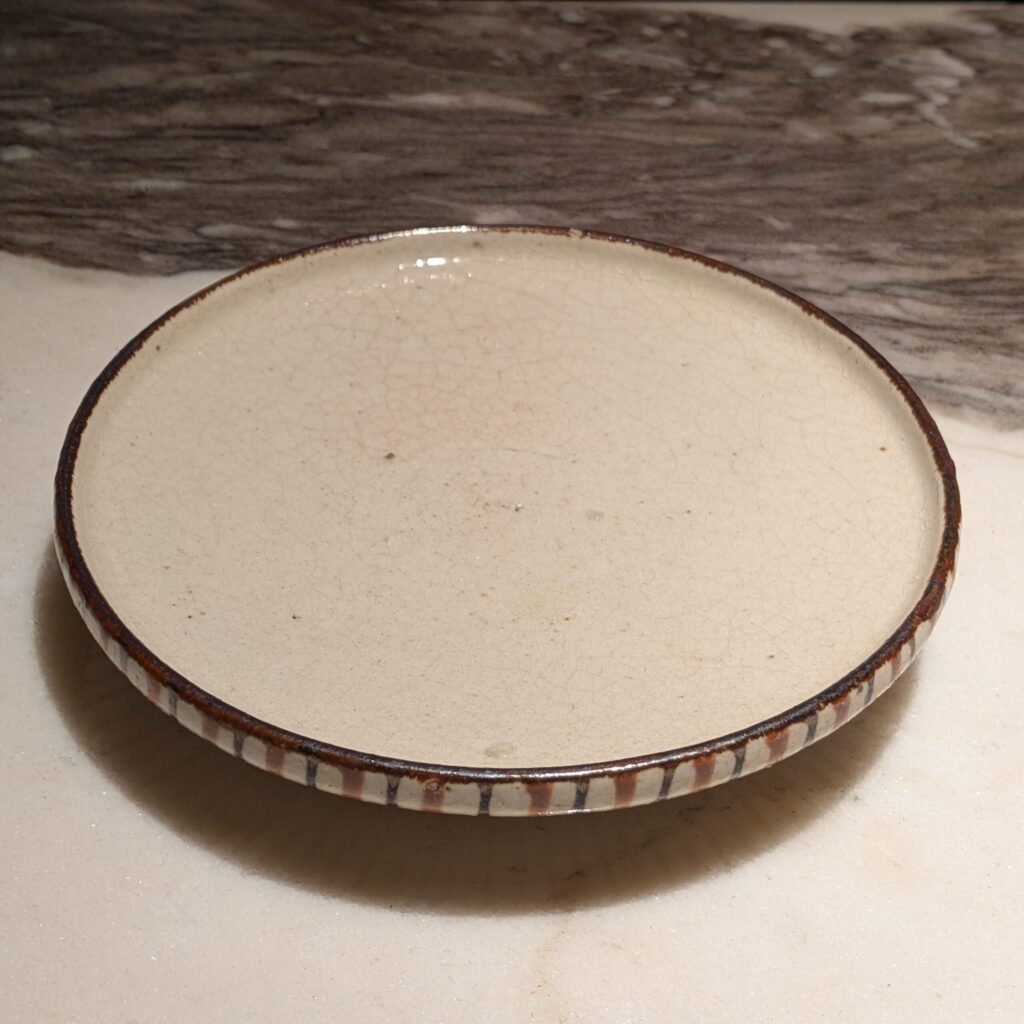
Period
Late Edo Period
Material
Ceramics
Description
Pottery from Seto City, Aichi Prefecture.
This is the lid of a mid-Edo period mugiwara-te (straw-pattern) lidded tea bowl, but it can also be used as a small plate.
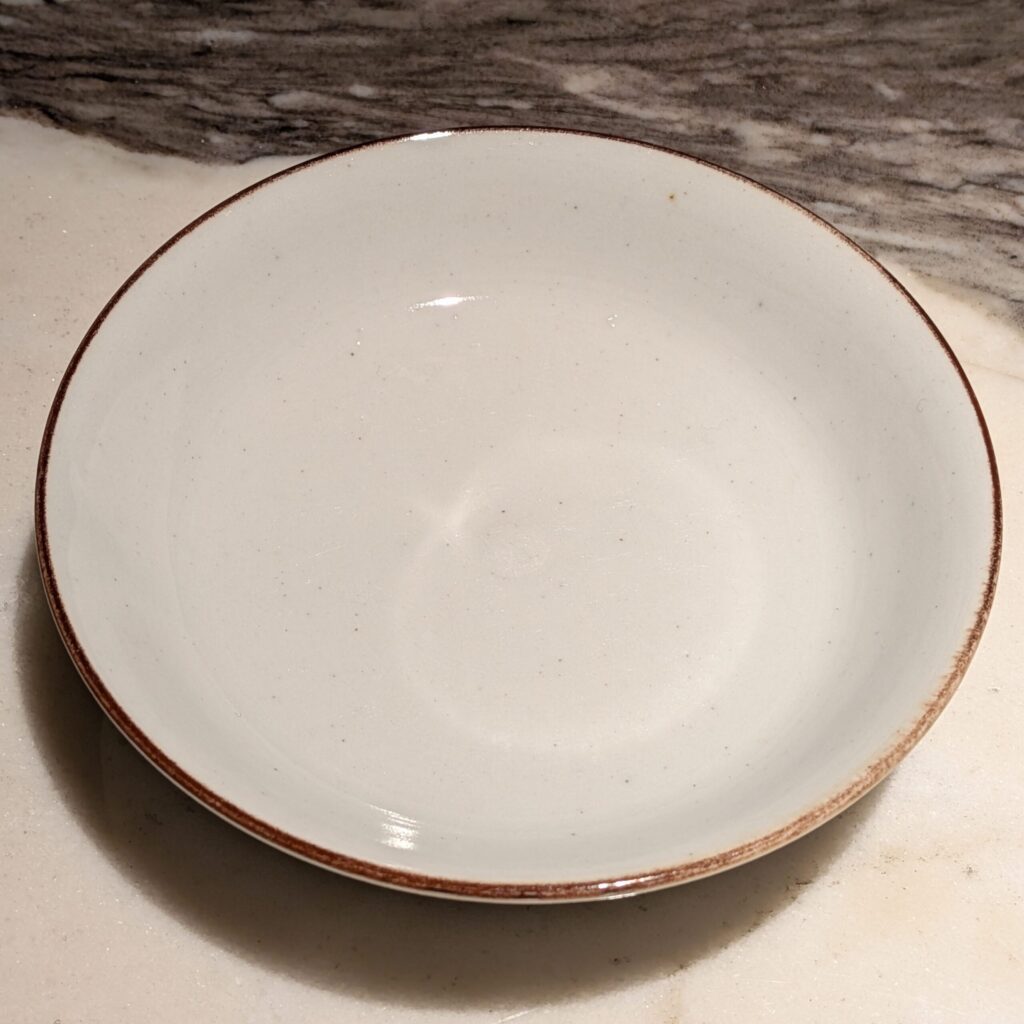
Period
Mid-Edo Period
Material
Porcelain
Description
Pottery from Arita City, Saga Prefecture.
White porcelain (hakuji) of old Imari ware is popular, but small plates of this size are rare.
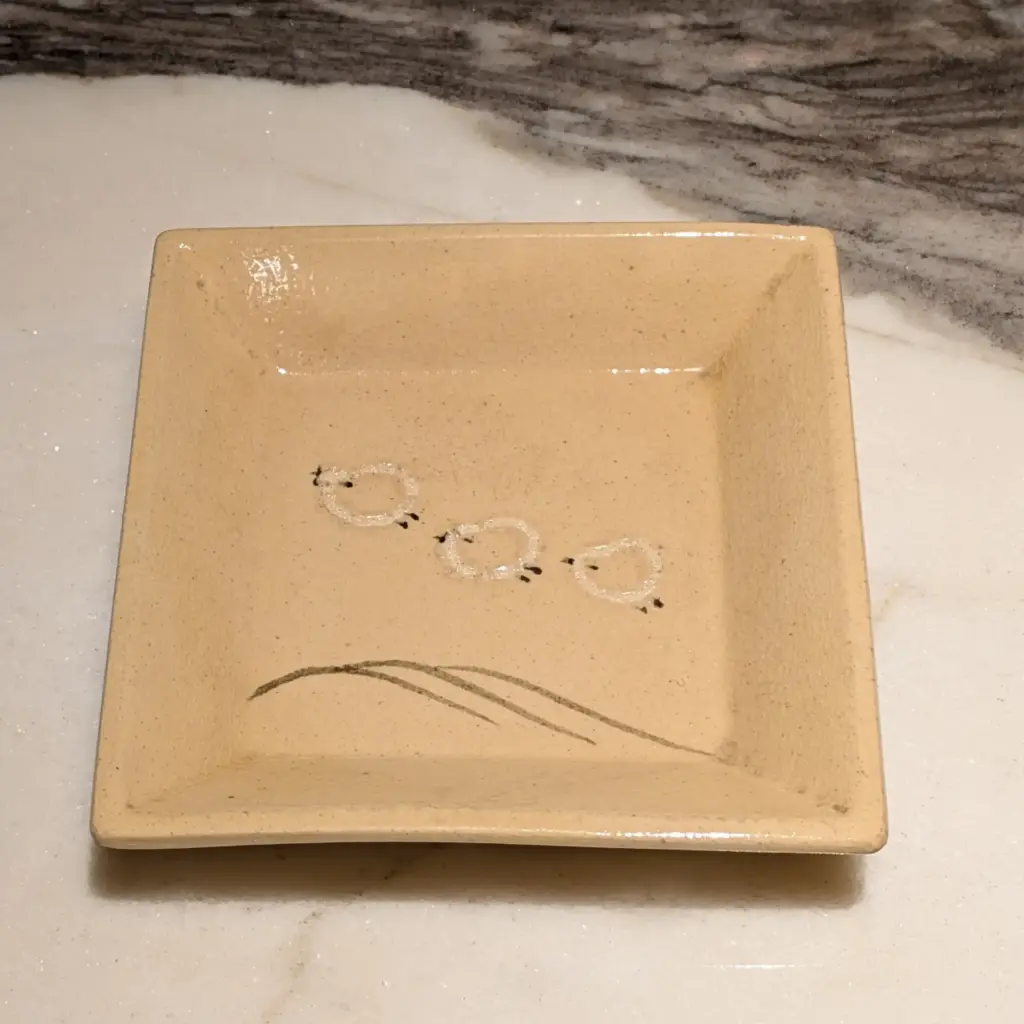
Period
Late Edo Period
Material
Ceramics
Description
Pottery from Matsue City, Shimane Prefecture.
The distinctive pale yellow of Fushina-yaki pairs exquisitely with the plover (chidori) motif.
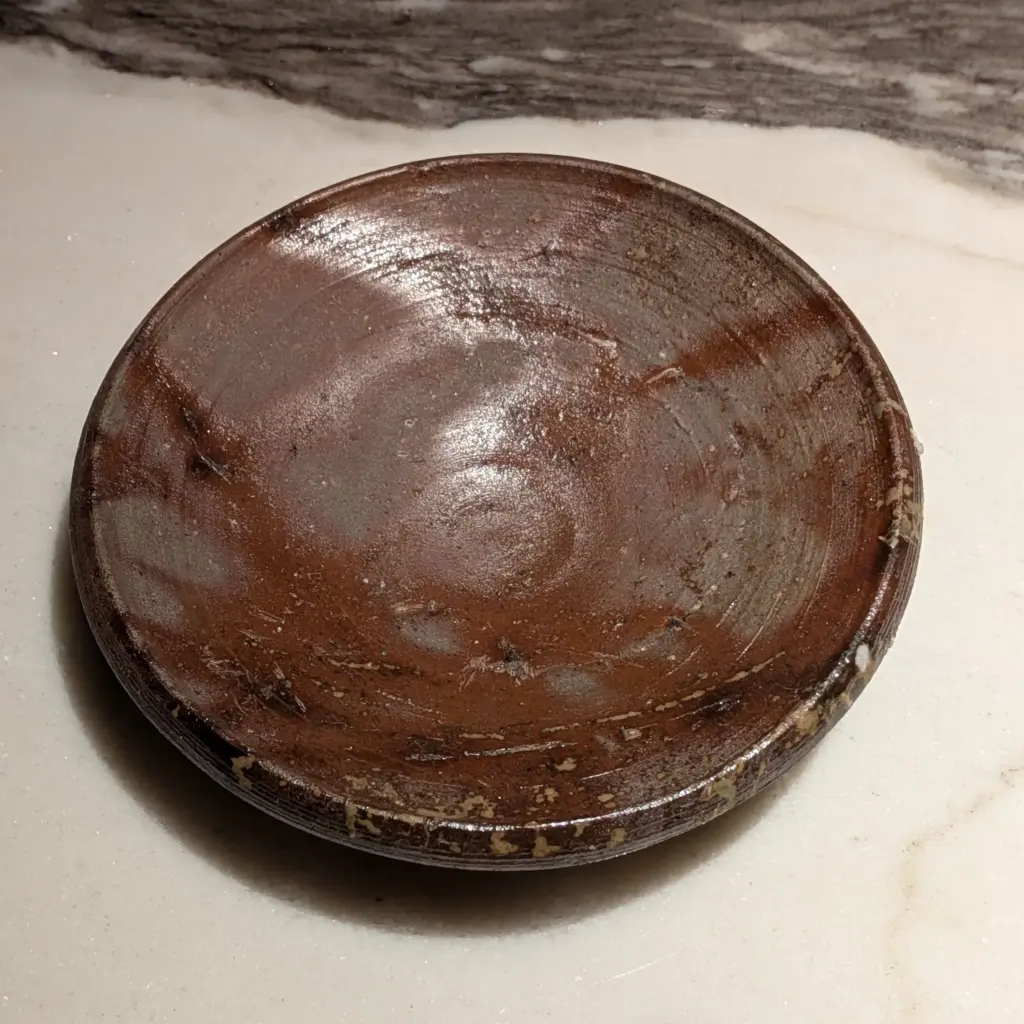
Period
Meiji Period
Material
Ceramics
Description
Pottery from Bizen City, Okayama Prefecture.
A plate featuring the iconic hidasuki (fire streak) pattern.
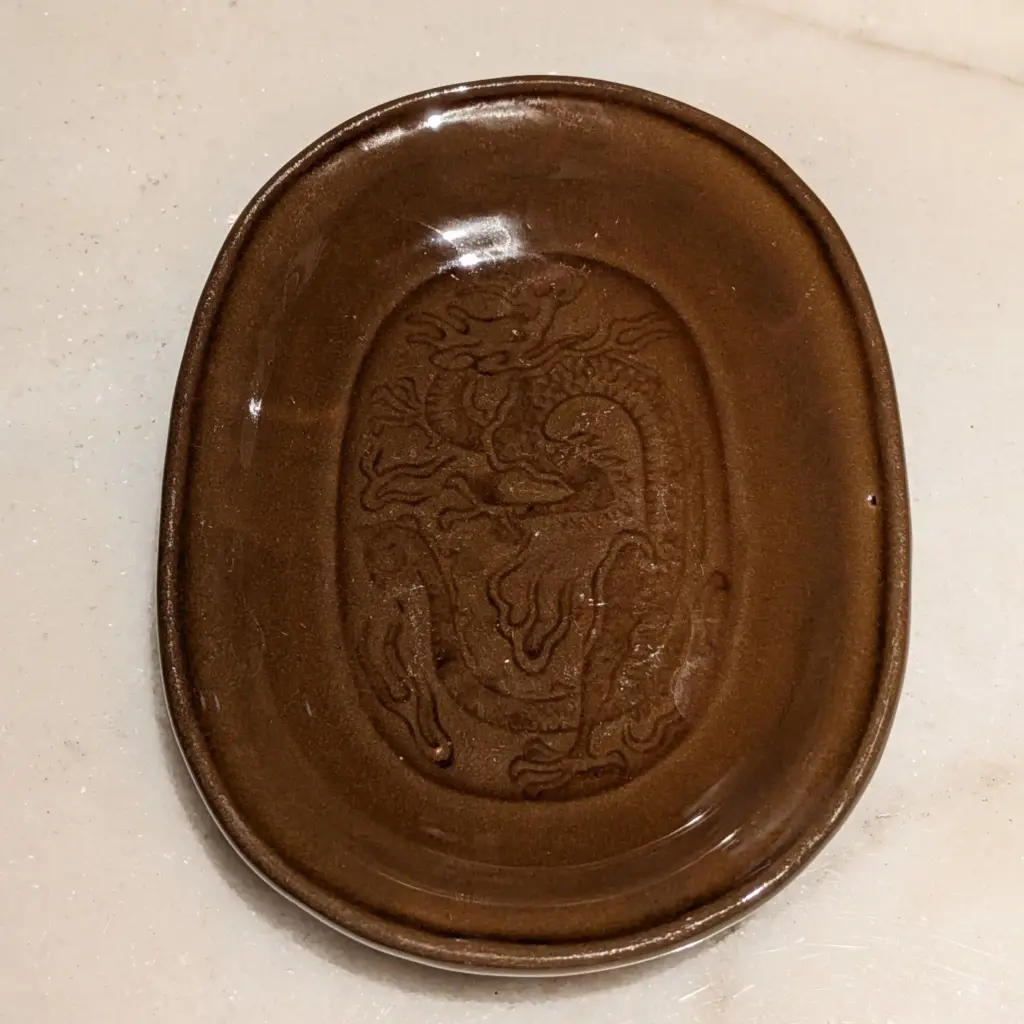
Period
Late Edo Period
Material
Ceramics
Description
Pottery from Minami Awaji City, Hyogo Prefecture.
A standard Minpei oval plate, though the brown color is extremely rare.
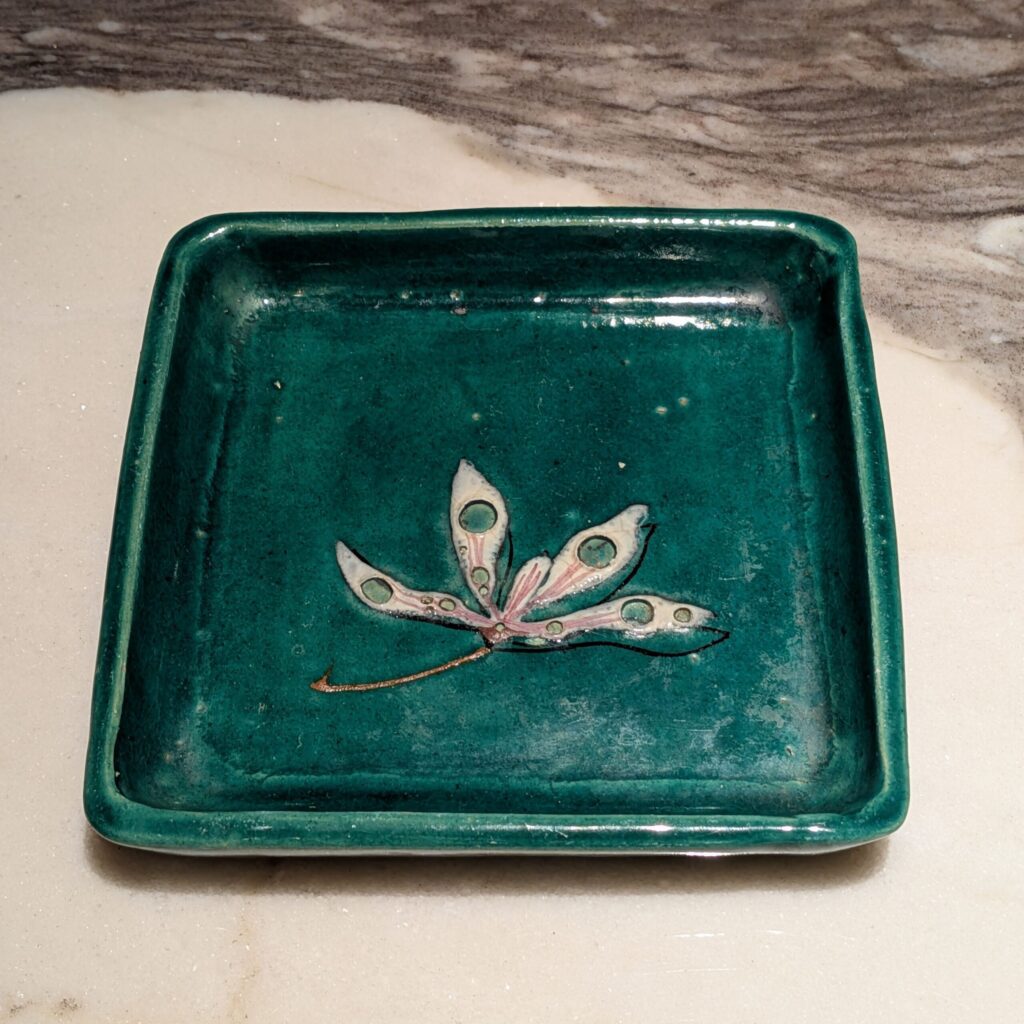
Period
Late Edo Period
Material
Ceramics
Description
Pottery from Yokkaichi City, Mie Prefecture.
A small plate decorated with white orchid flowers on a green background.
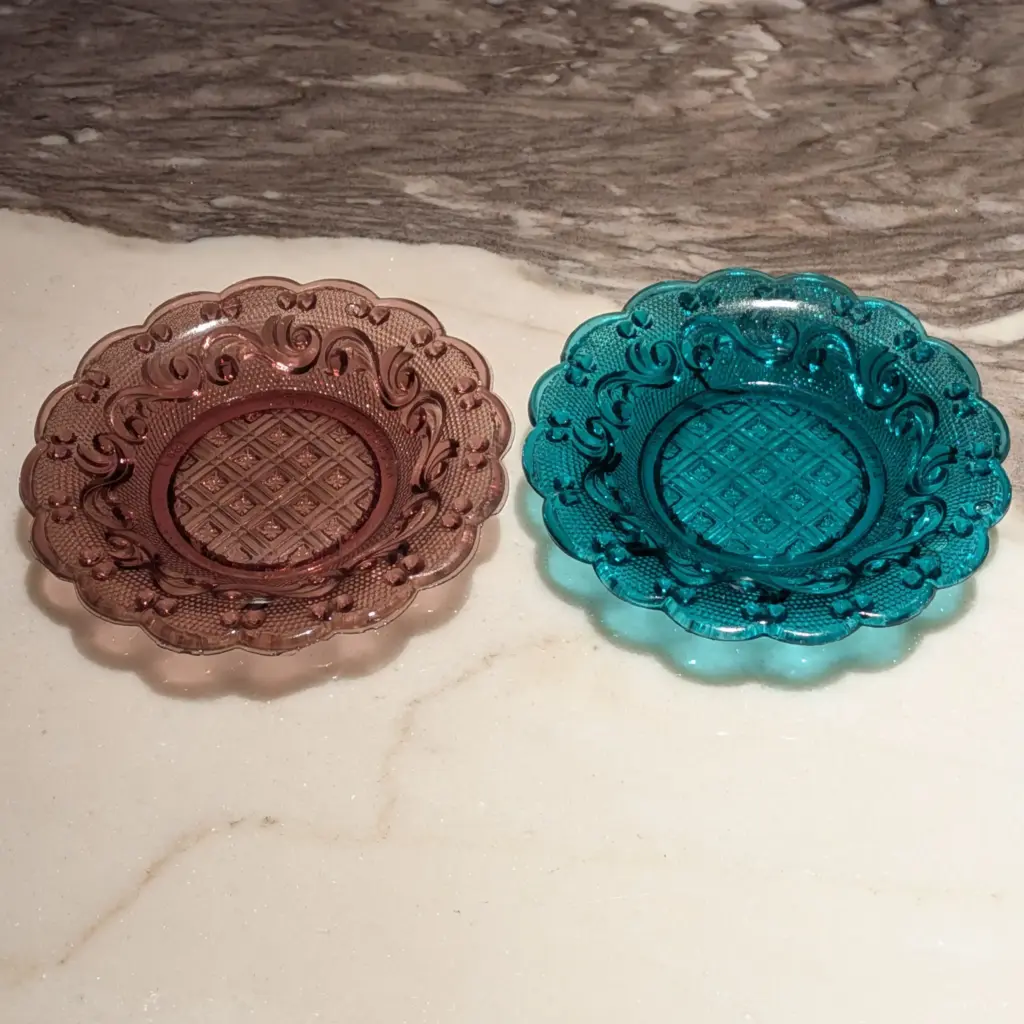
Period
Year 1864
Material
Glass
Description
Made in 1864, believed to have been imported to Japan at that time.

Period
Mid-Edo Period
Material
Ceramics
Description
Pottery from Kumamoto, made at a kiln serving the Hosokawa domain.
Distinguished by its inlaid (zōgan) pattern.
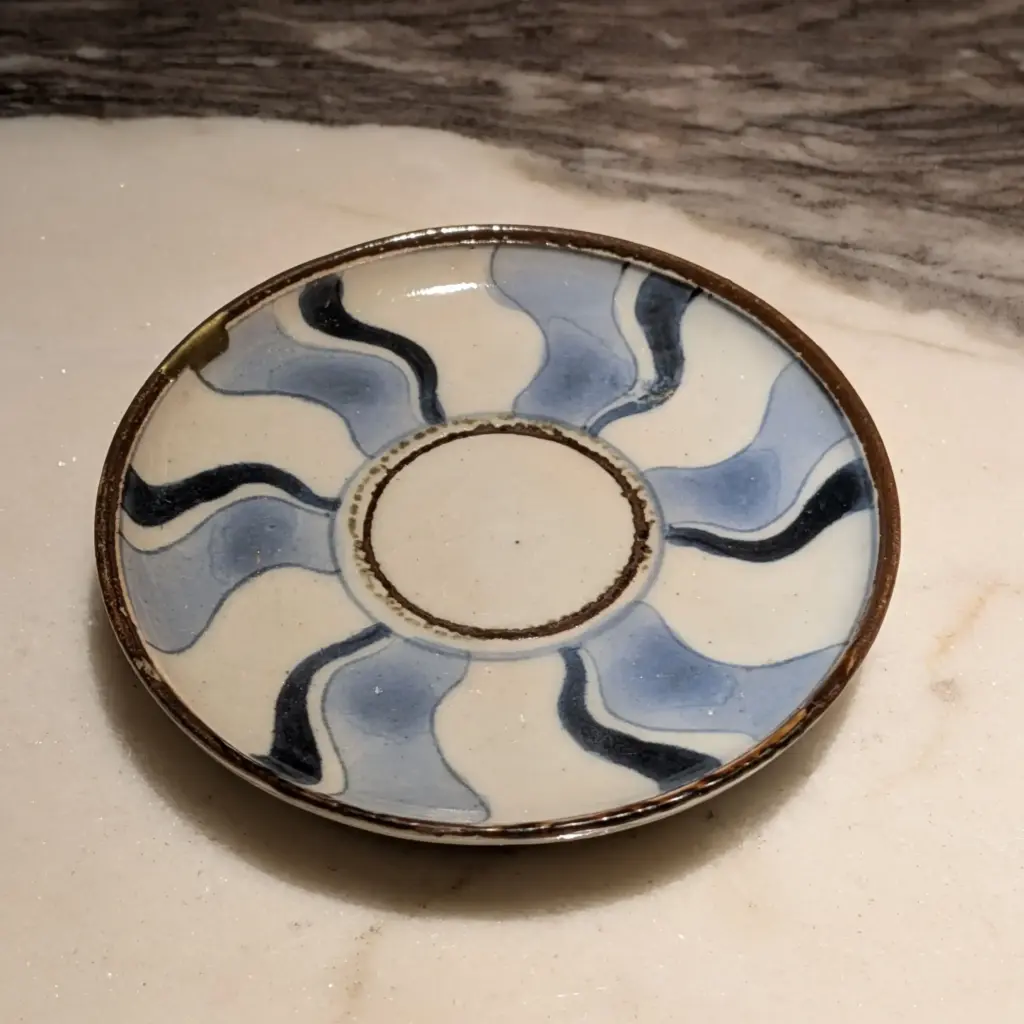
Period
Early Edo Period
Material
Porcelain
Description
Pottery from Arita City, Saga Prefecture.
Early Imari ware, first produced in the early 17th century as Japan’s earliest porcelain.
This piece features the rare and popular nejimon (twisted pattern) design.
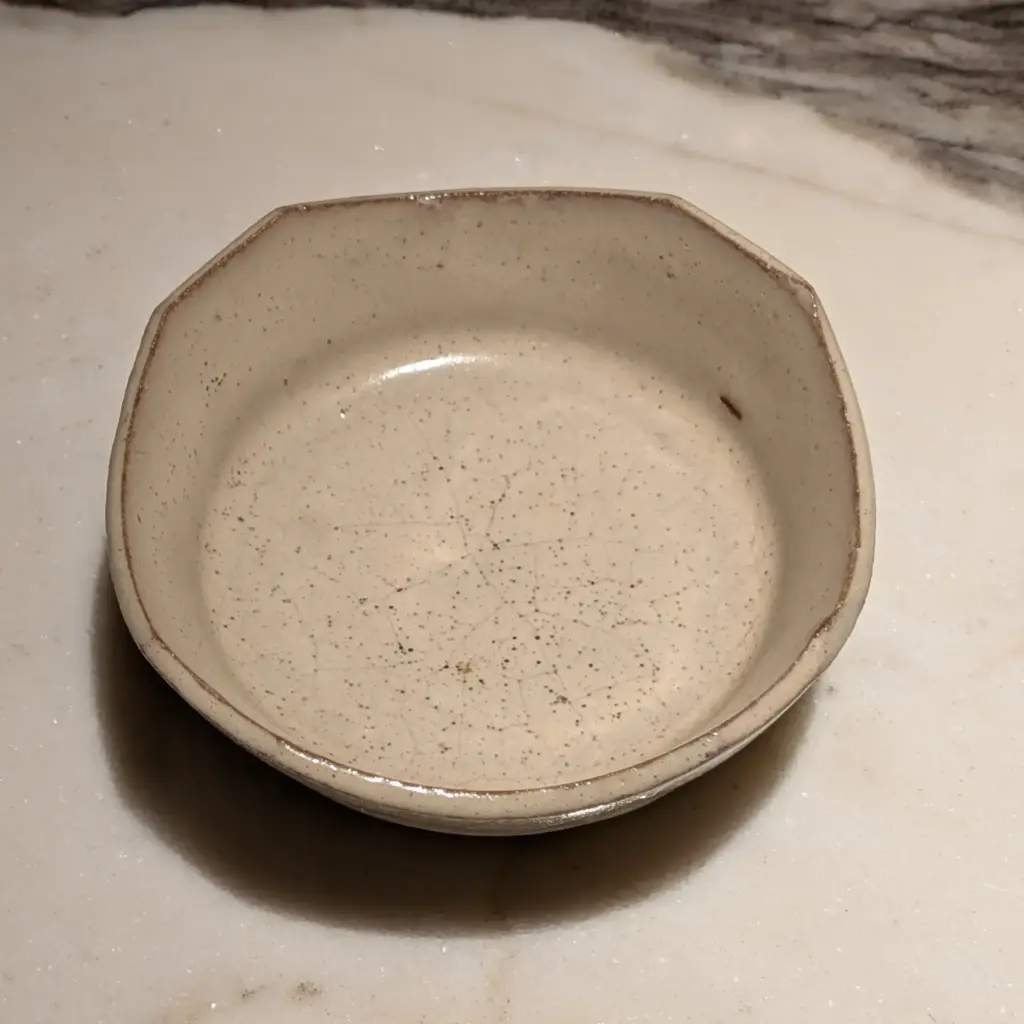
Period
Late Edo Period
Material
Ceramics
Description
Pottery from Nara City, Nara Prefecture.
Featuring a beige, primitive texture.

Period
15th Century
Material
Porcelain
Description
15th century, Joseon Dynasty.
A simple sake cup from the early Joseon period.3
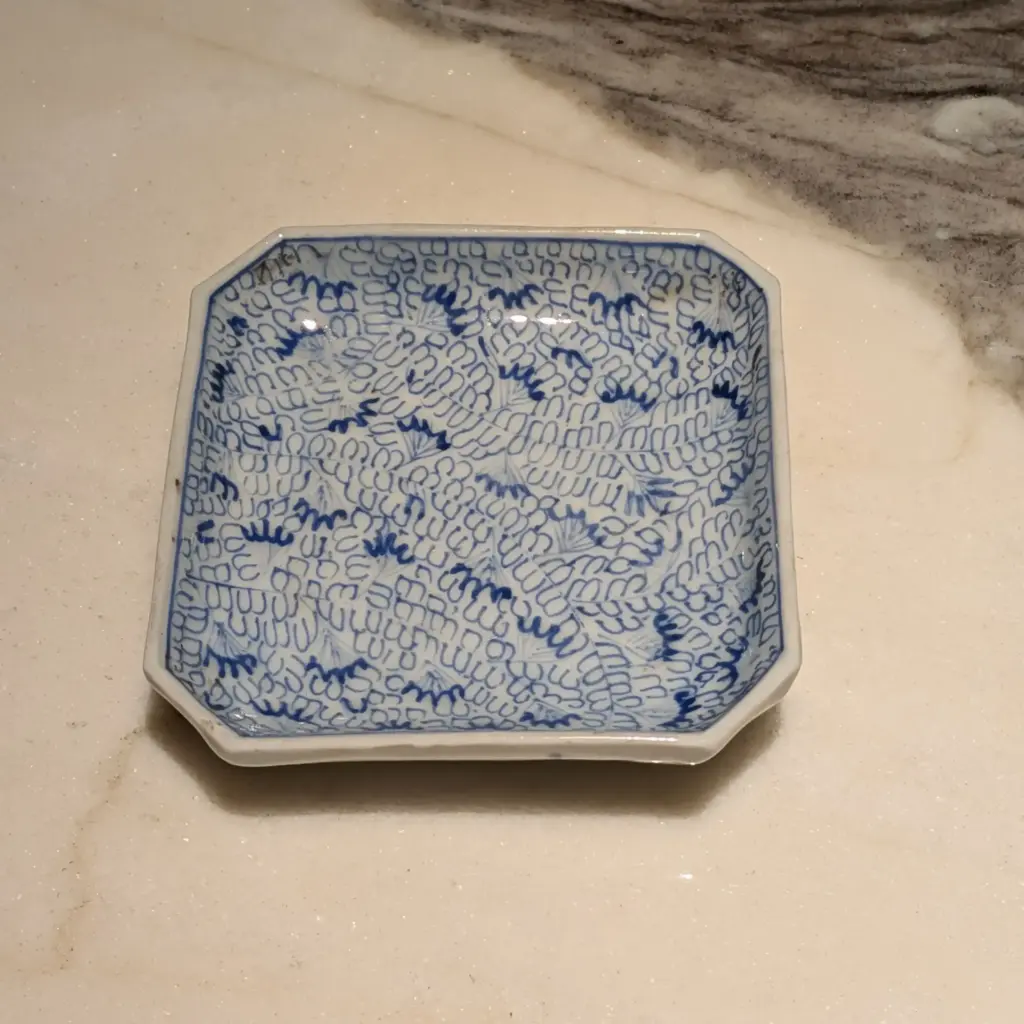
Period
Mid-Edo Period
Material
Porcelain
Description
Pottery from Arita City, Saga Prefecture.
A square plate decorated all over with the mijin-karakusa (fine arabesque) pattern, a representative design of old Imari ware.

Period
Momoyama Period
Material
Ceramics
Description
Pottery from Karatsu City, Saga Prefecture.
An excavated piece that has been repaired using silver joinery (gin-tsugi).
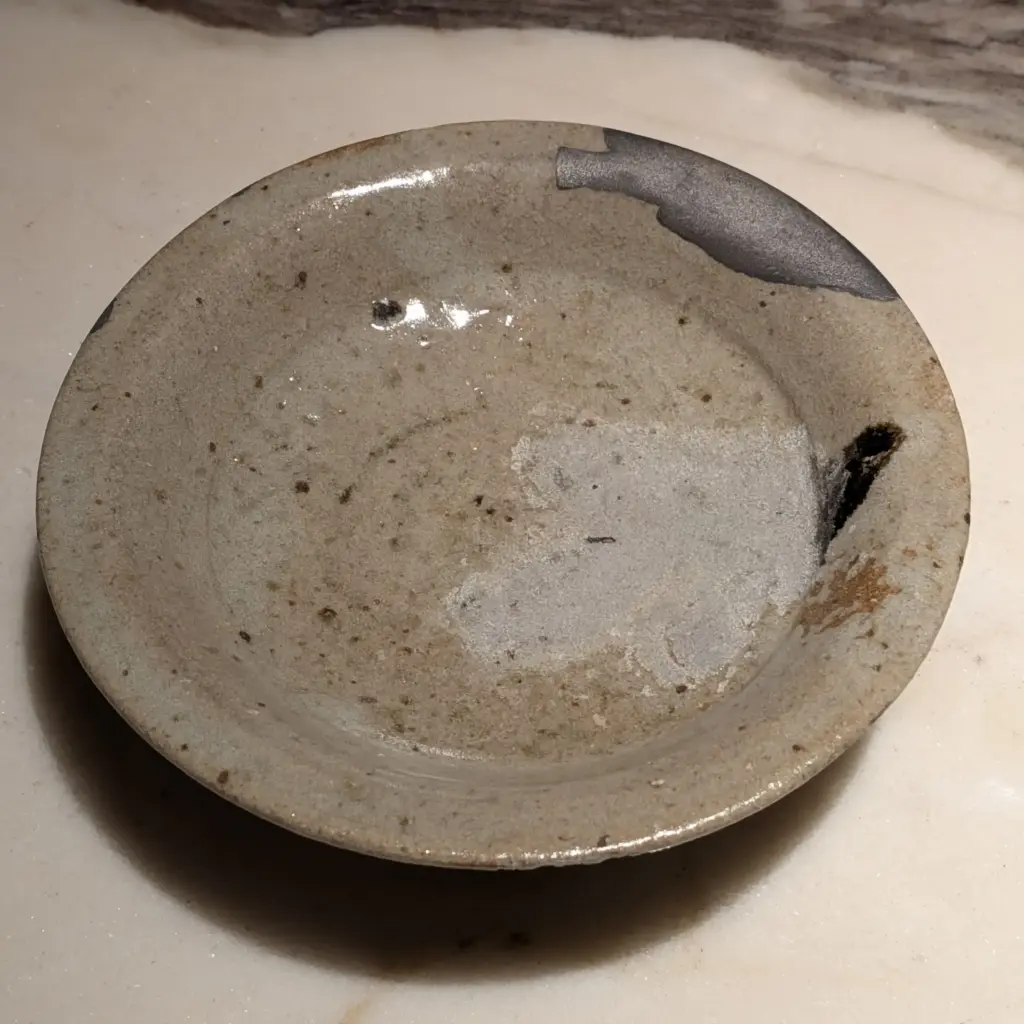
Period
Momoyama Period
Material
Ceramics
説明
Pottery from Karatsu City, Saga Prefecture.
An excavated piece that has been repaired with silver (gin-tsugi).
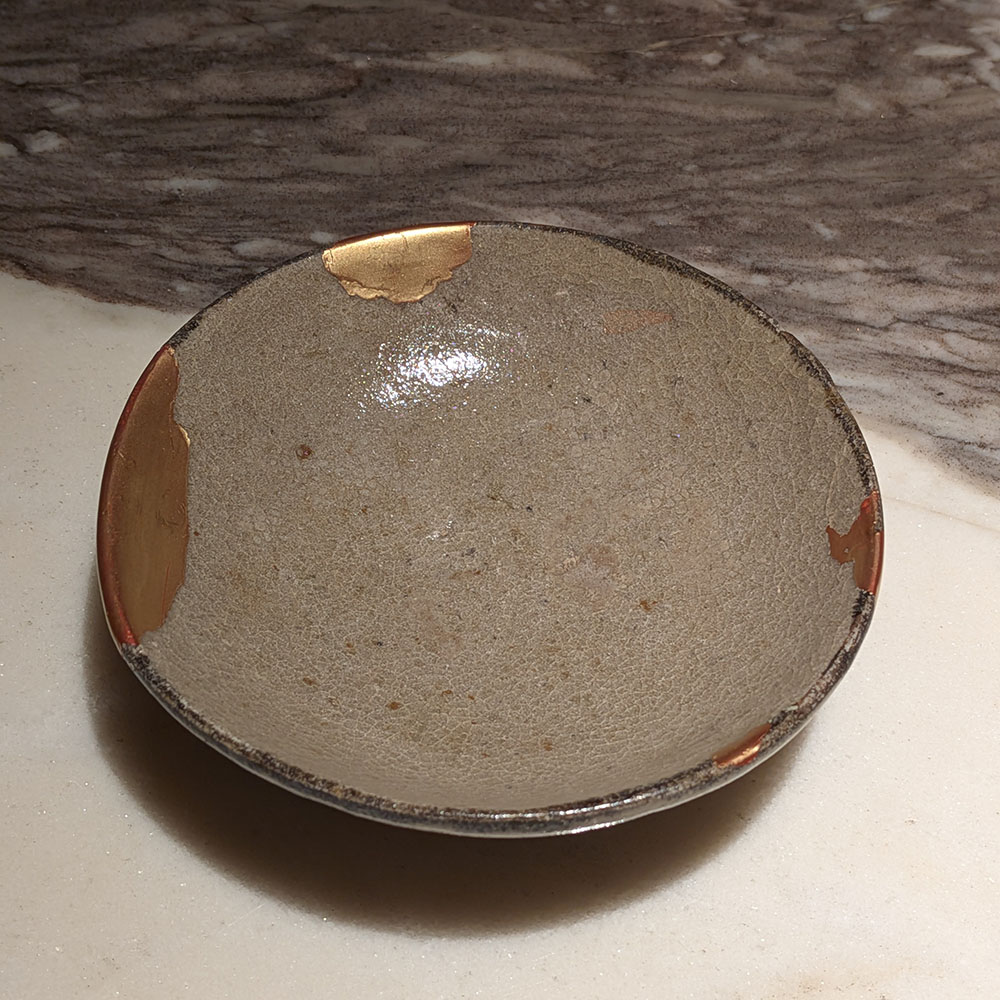
Period
Momoyama Period
Material
Ceramics
説明
Pottery from Karatsu City, Saga Prefecture.
An excavated piece with an iron glaze around the rim, known as kawagujite (“skin-whale style”).

Period
Momoyama Period
Material
Ceramics
Description
Pottery from Karatsu City, Saga Prefecture.
Although it is an excavated sake cup, please use it as a small dish.
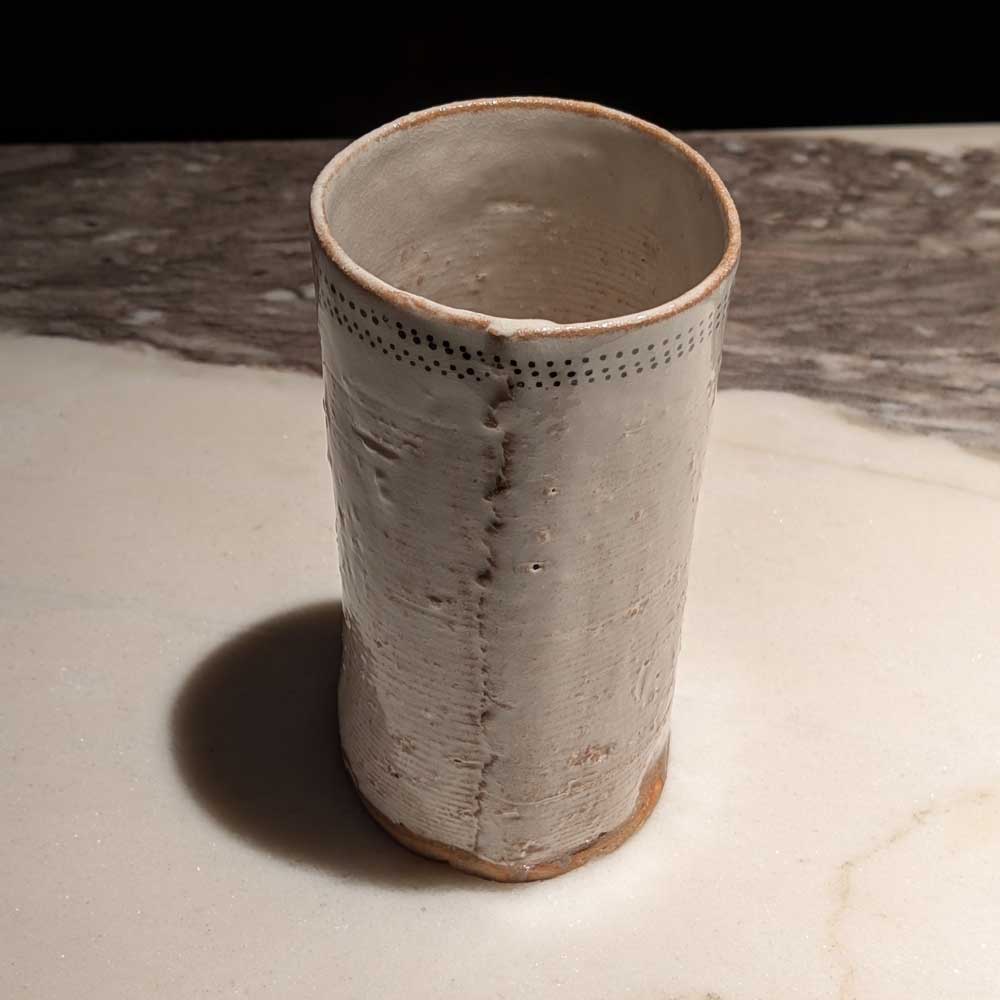
Period
Shōwa Period
Material
Ceramics
Description
Kazuo Yagi, born in Kyoto City, Kyoto Prefecture. During the postwar reconstruction period, he founded the avant-garde ceramic group *Sōdeisha* and produced ceramic objects that lacked practical function. This piece, however, is a rare teacup from that period that retains its functionality as a vessel.
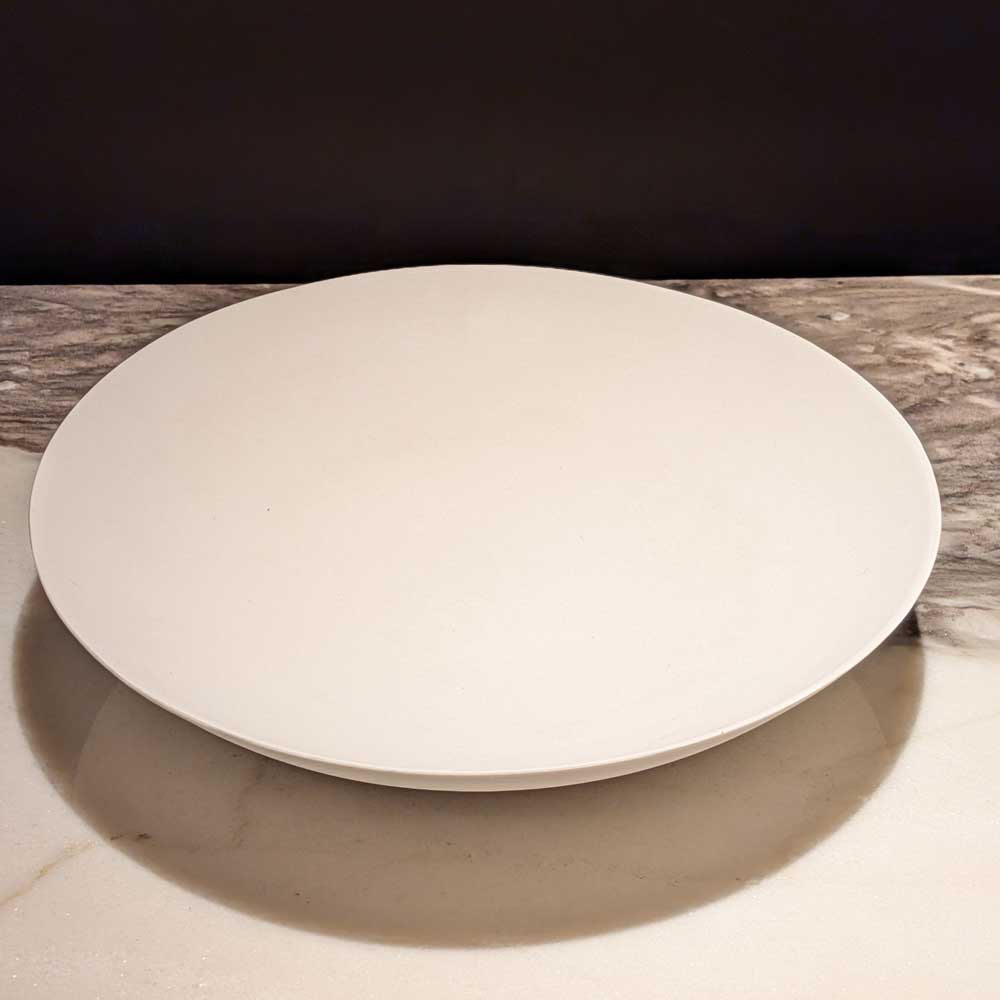
Period
Heisei Period
Material
Porcelain
Description
Taizō Kuroda, born in Konan City, Shiga Prefecture. Although he studied under Tatsuzō Shimaoka, he developed much of his early career in Canada. In his later years, he focused on creating white porcelain. A popular artist who passed away three years ago, this piece is a representative white porcelain plate.

Period
Mid-Edo Period
Material
Porcelain
Description
A selection of mid-Edo period old Imari plates in various shapes.
Enjoy the unique differences of each piece.
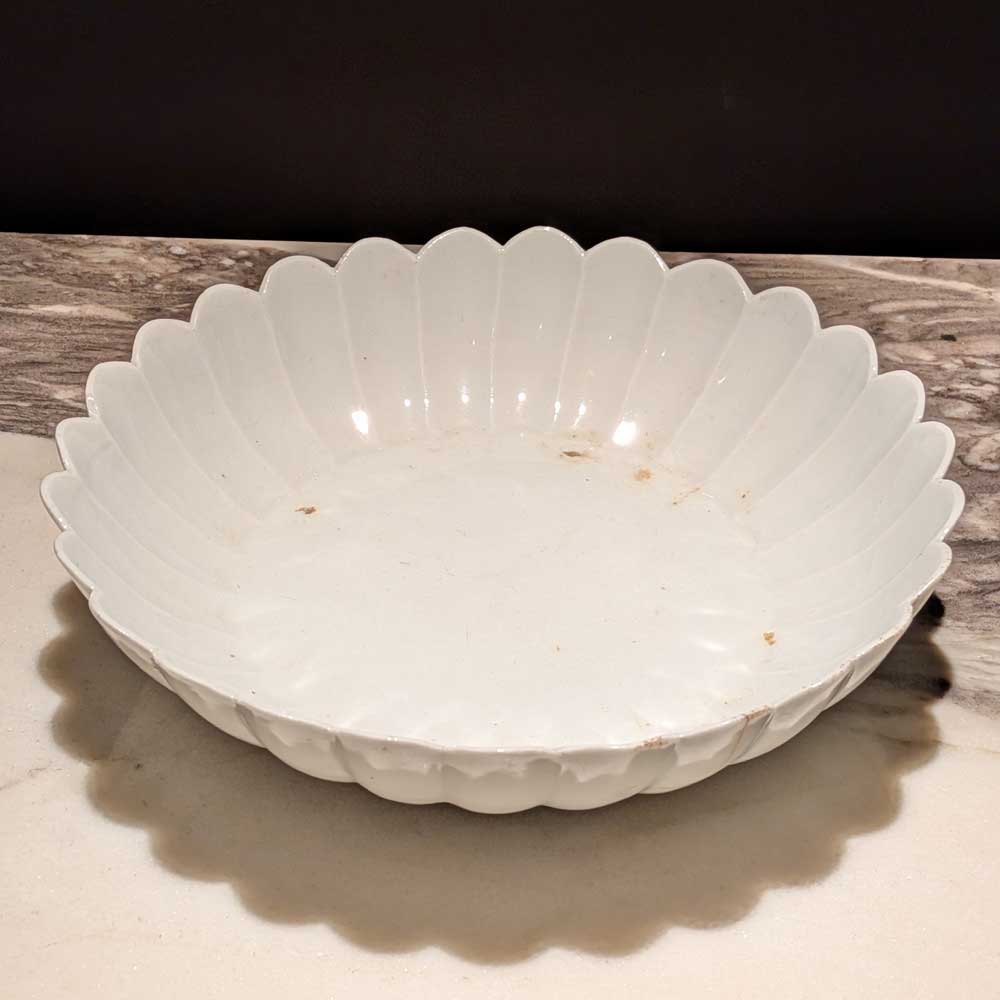
Period
Mid-Edo Period
Material
Porcelain
Description
A set of five Ko-Imari pieces from the late Edo period.
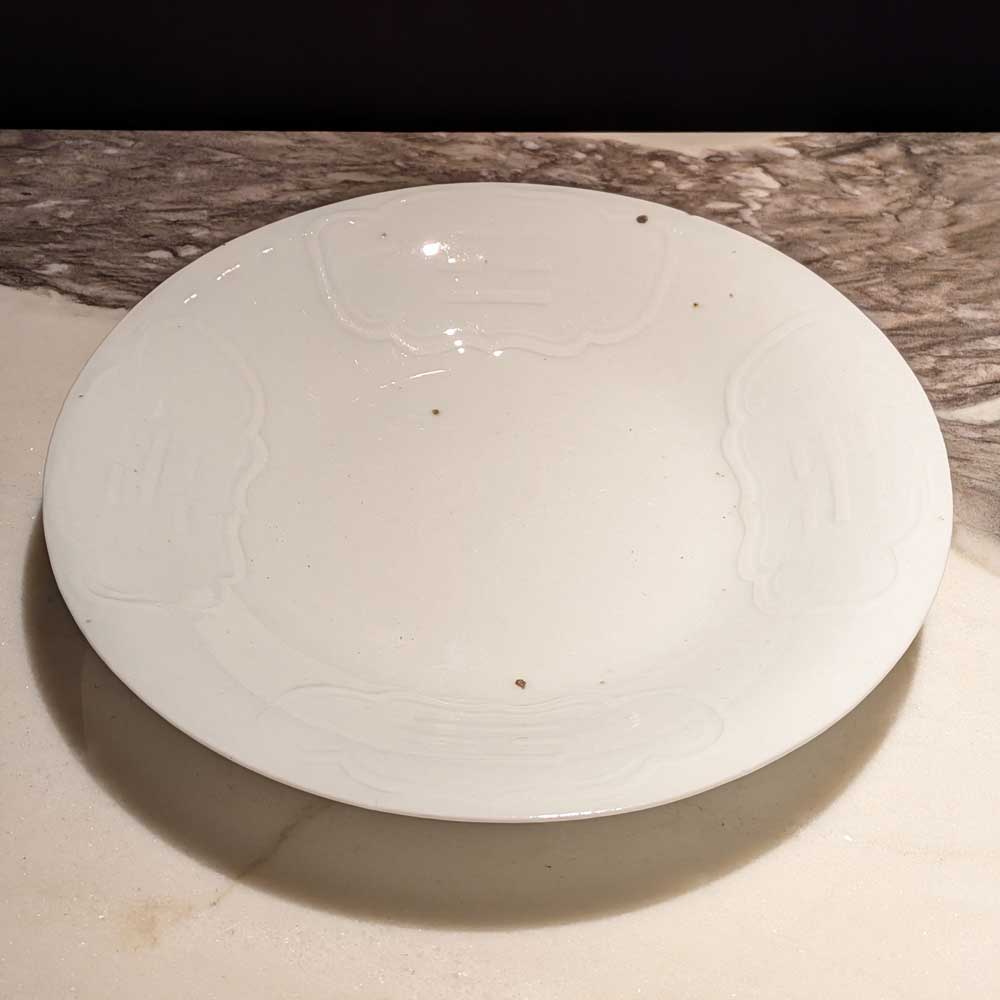
Period
Mid-Edo Period
Material
Porcelain
Description
A selection of mid-Edo period old Imari plates in various shapes.
Enjoy the unique differences of each piece.
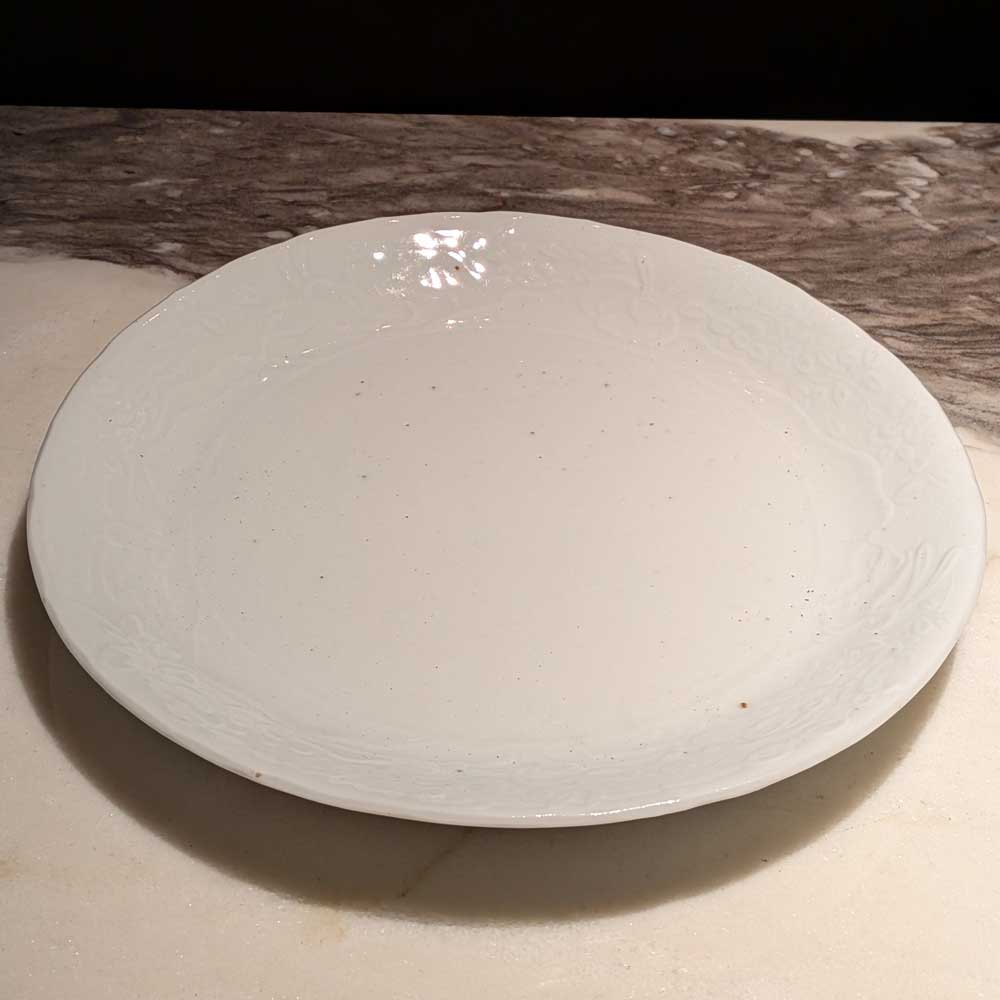
Period
Mid-Edo Period
Material
Porcelain
Description
A selection of mid-Edo period old Imari plates in various shapes.
Enjoy the unique differences of each piece.
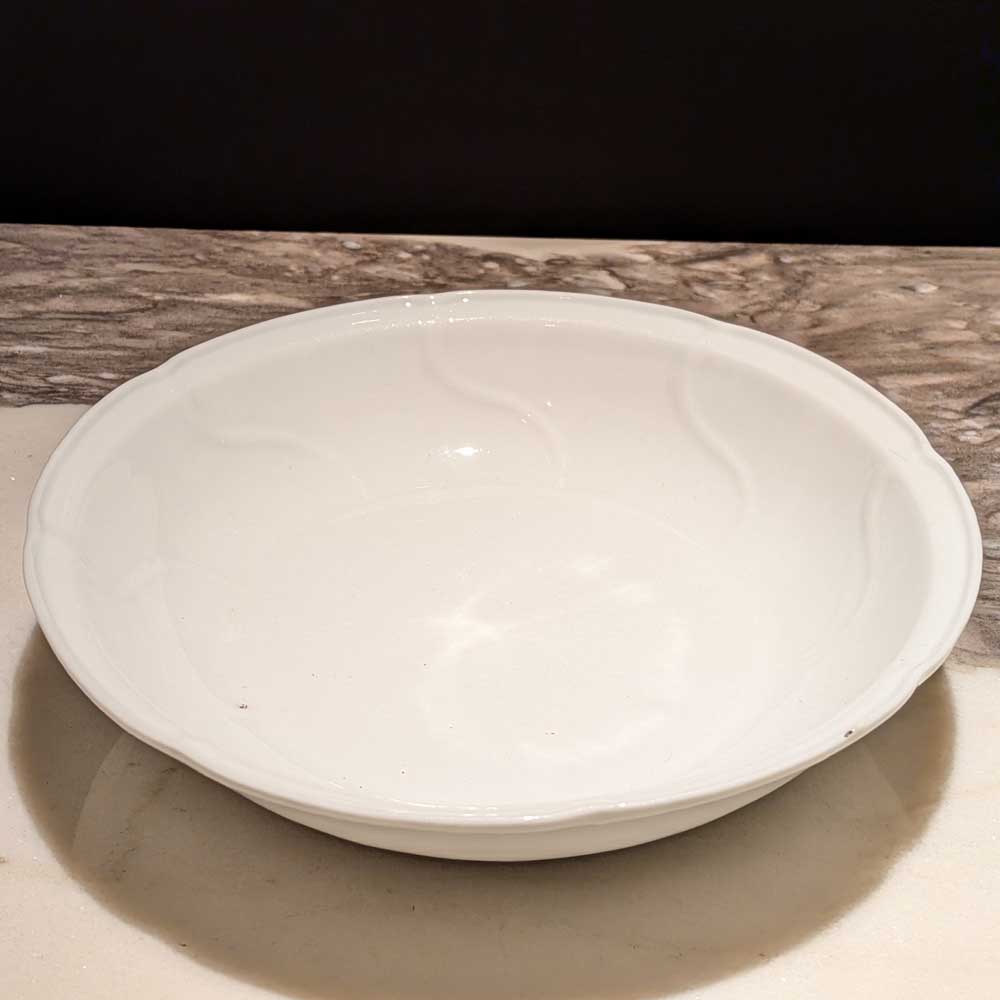
Period
Mid-Edo Period
Material
Porcelain
Description
A selection of mid-Edo period old Imari plates in various shapes.
Enjoy the unique differences of each piece.
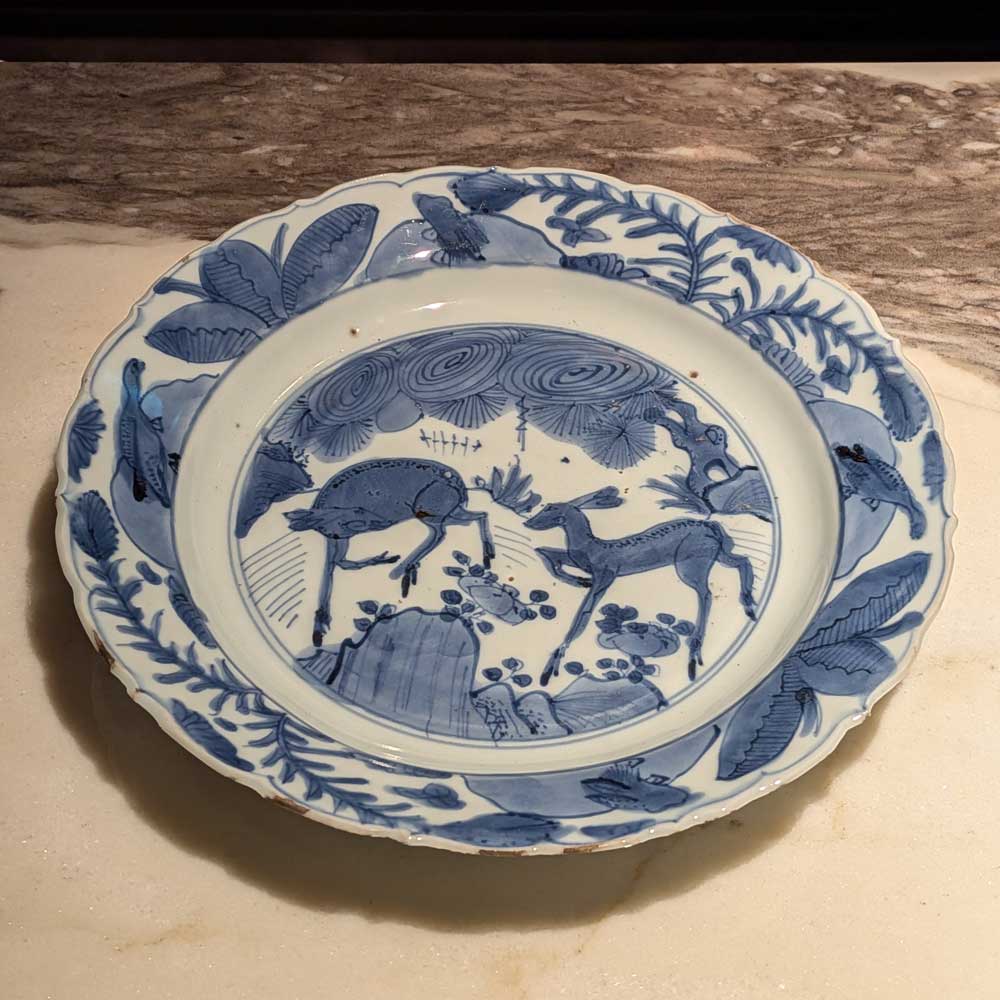
Period
Late Ming Period
Material
Porcelain
Description
A deer-design plate from a late Ming-period Jingdezhen kiln.
A piece that perfectly fits the concept of this collection.
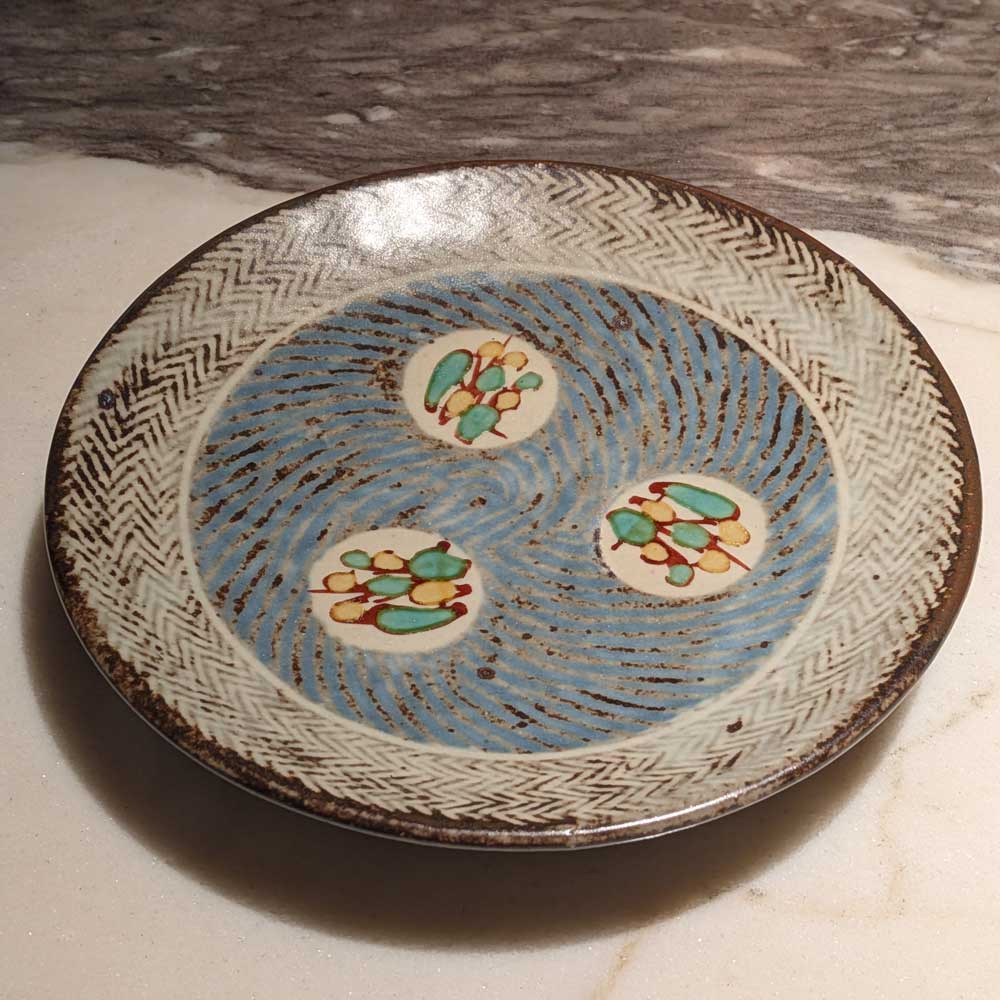
Period
Early Shōwa Period
Material
Ceramics
Description
Tatsuzō Shimaoka, a ceramic artist from Mashiko, Tochigi Prefecture, known for Mashiko ware. He studied under Shōji Hamada and developed the Jōmon inlay (*Jōmon zōgan*) technique. Later designated a Living National Treasure, this is a representative plate showcasing his signature inlay method.

Period
Early Shōwa Period
Material
Porcelain
Description
Kenkichi Tomimoto, born in Ikoma District, Nara Prefecture. A Living National Treasure and recipient of the Order of Culture, he was a ceramic artist who also supported the Mingei (folk craft) movement. This piece is a representative *hanaji* (floral ground) plate.

Period
Shōwa Period
Material
lacquer
Description
A Wajima-nuri reproduction of Rosanjin’s popular *Nichigetsu* (Sun and Moon) bowl.
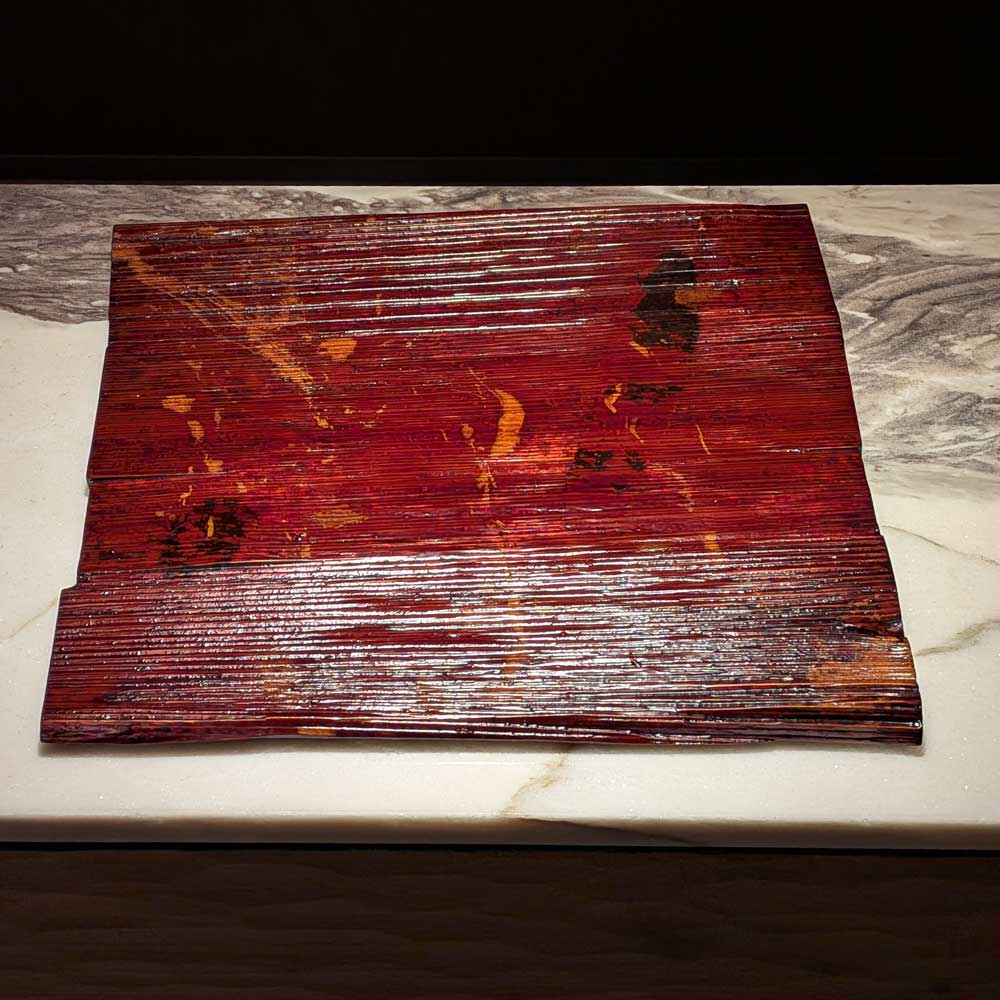
Period
Shōwa Period
Material
Wood
Description
Isaburō Kaku, born 1940 in Wajima, Ishikawa Prefecture. A lacquer artist primarily creating practical bowls and trays. This piece, fashioned from the natural shape of the wood, has a stylish tray-like appearance.
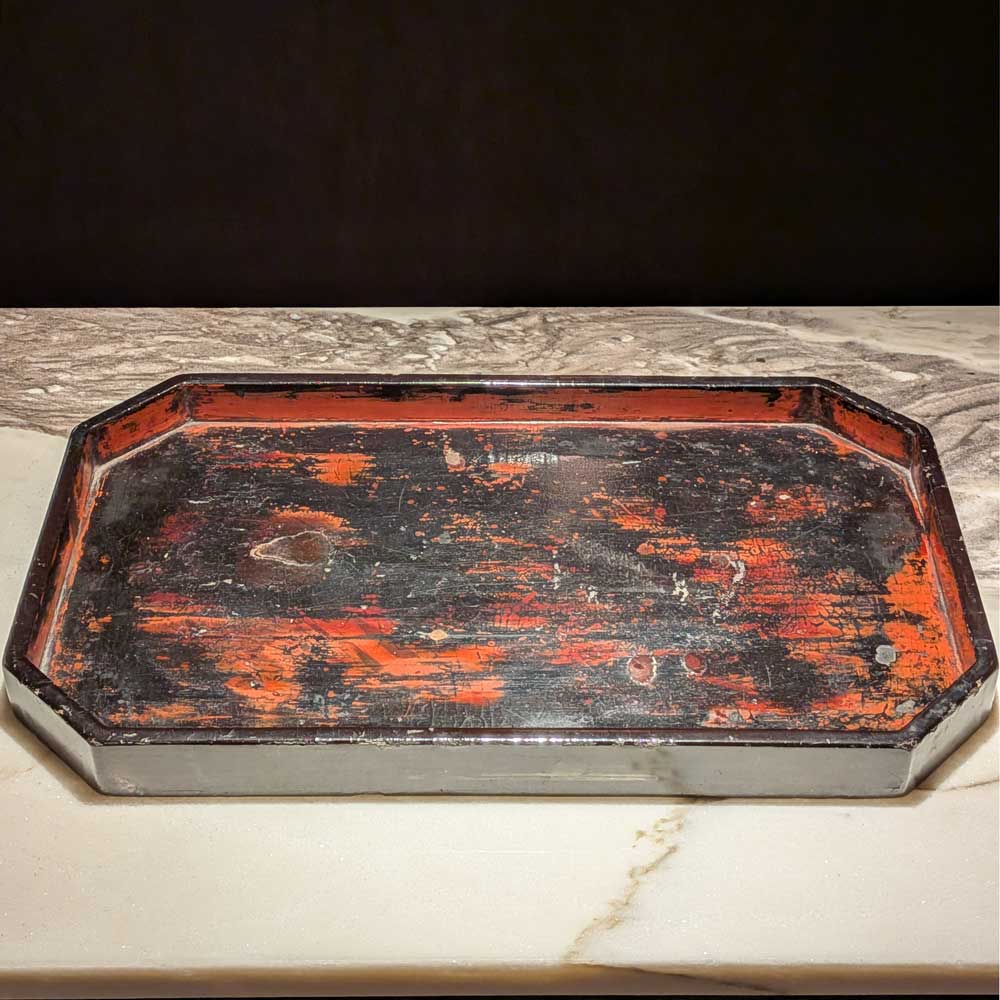
Period
Muromachi Period
Material
Wood
Description
A very charming and rare rectangular Negoro piece.

Period
Early Edo Period
Material
Lacquer
Description
A humble *Negoro* camellia plate, commonly used by everyday people.

Period
4000 BCE
Material
Clay
Description
Pottery that can be considered among the oldest in the world, dating back to around 4000 B.C.

Period
Jomon Period
Material
Clay
Description
Provenance unknown.
A pottery piece decorated by impressing patterns with rope and fired unglazed. Shaped like a pedestal bowl, it was likely originally used as a ritual vessel.
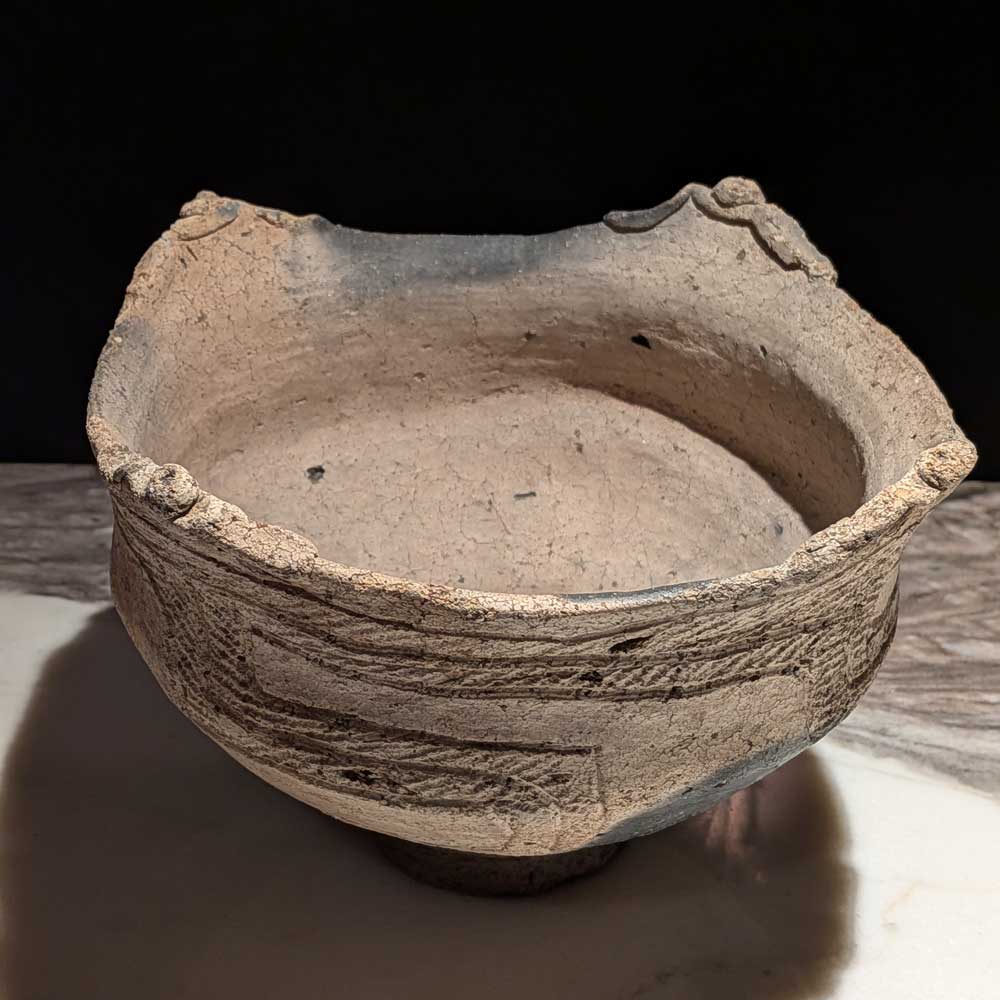
Period
Jomon Period
Material
Clay
Description
Excavated in Hachinohe City, Aomori Prefecture.
A pottery piece decorated by impressing patterns with rope and fired unglazed. The white body contrasts strikingly with the black firing marks.

Period
Jomon Period
Material
Clay
Description
Provenance unknown.
A rare Jōmon-period plate, decorated by incising patterns with rope and fired as unglazed pottery.
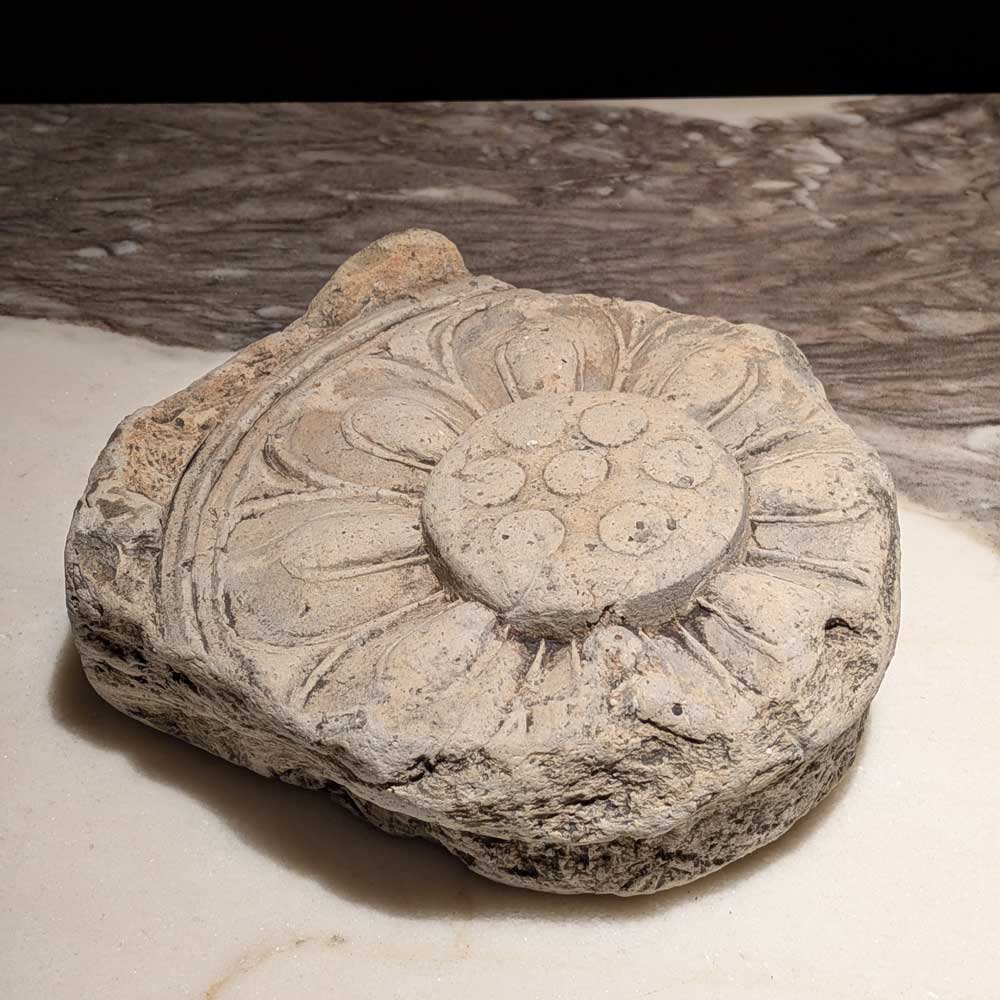
Period
Tempyō Period / Hakuhō Period
Material
Clay
Description
These are so-called eaves tiles from abandoned temples.
Eaves tiles serve as the “face” of a temple, so they all bear the same design. Some of the tiles can even be traced to specific temples.
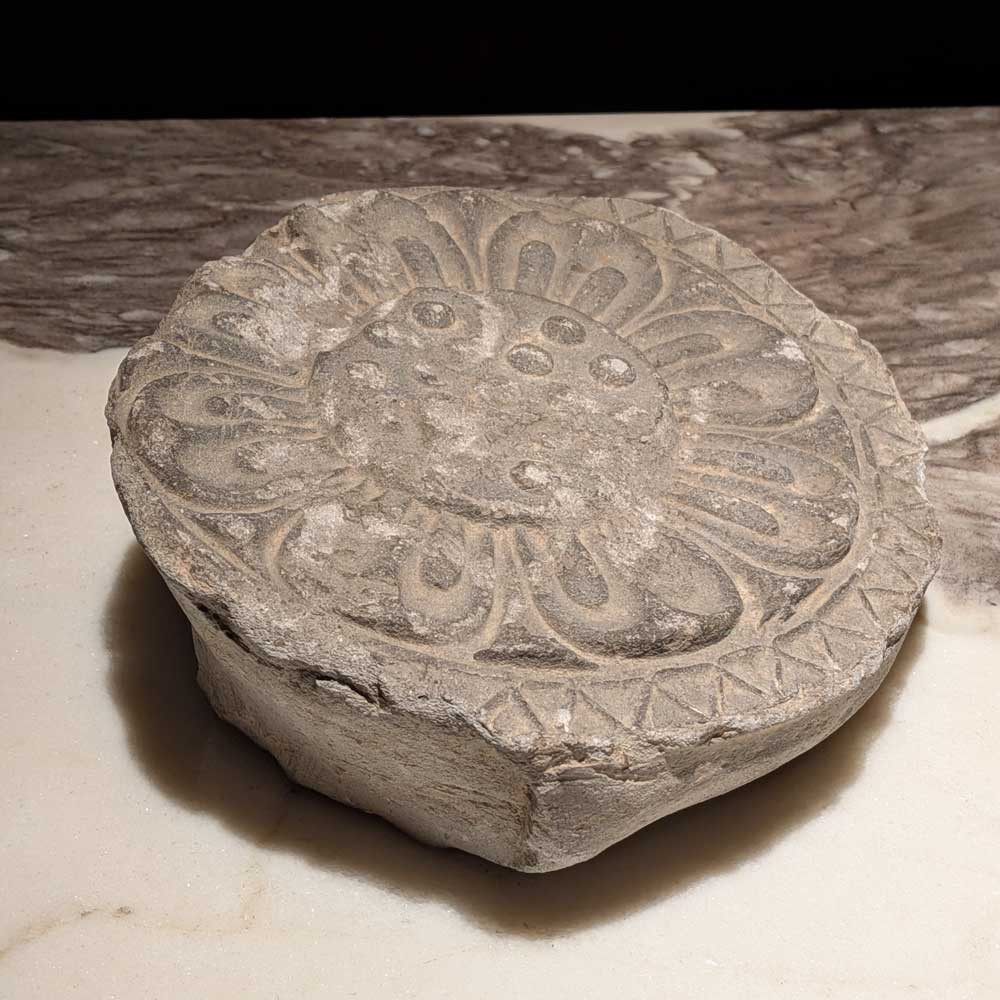
Period
Tempyō Period / Hakuhō Period
Material
Clay
Description
These are so-called eaves tiles from abandoned temples.
Eaves tiles serve as the “face” of a temple, so they all bear the same design. Some of the tiles can even be traced to specific temples.

Period
Heisei Perioda
Material
Porcelain
Description
Taizō Kuroda, born in Konan City, Shiga Prefecture. Although he studied under Tatsuzō Shimaoka, he developed much of his early career in Canada. In his later years, he focused on creating white porcelain. A popular artist who passed away three years ago, this piece is a representative white porcelain teacup.

Period
Mid-Edo Period
Material
Porcelain
Description
Pottery from Arita City, Saga Prefecture.
A popular old Imari *rinsen* teacup.

Period
2025
Material
–
Description
Painter Shōtatsu, born in 1982, worked for many years as a portrait artist.
He experienced a revelatory dream in his hometown of Wakayama, and he now paints the continuation of that dream.

Period
2025
Material
–
Description
Painter Shōtatsu, born in 1982.
The two works on display here were created using a mixture of glue extracted from deer hides in Miyama and pigments.
He also applied clay from Miyama onto wooden panels to serve as a base, and combined it with pigments to create colors.

Period
2025
Material
–
Description
Japanese painter Yuka Mori, born in 1991.
This hanging scroll depicts her hunting experiences in Miyama in a comic style.
The pencils used for its creation were made using local clay from Miyama.
(Collaboration: Oriental Industry)
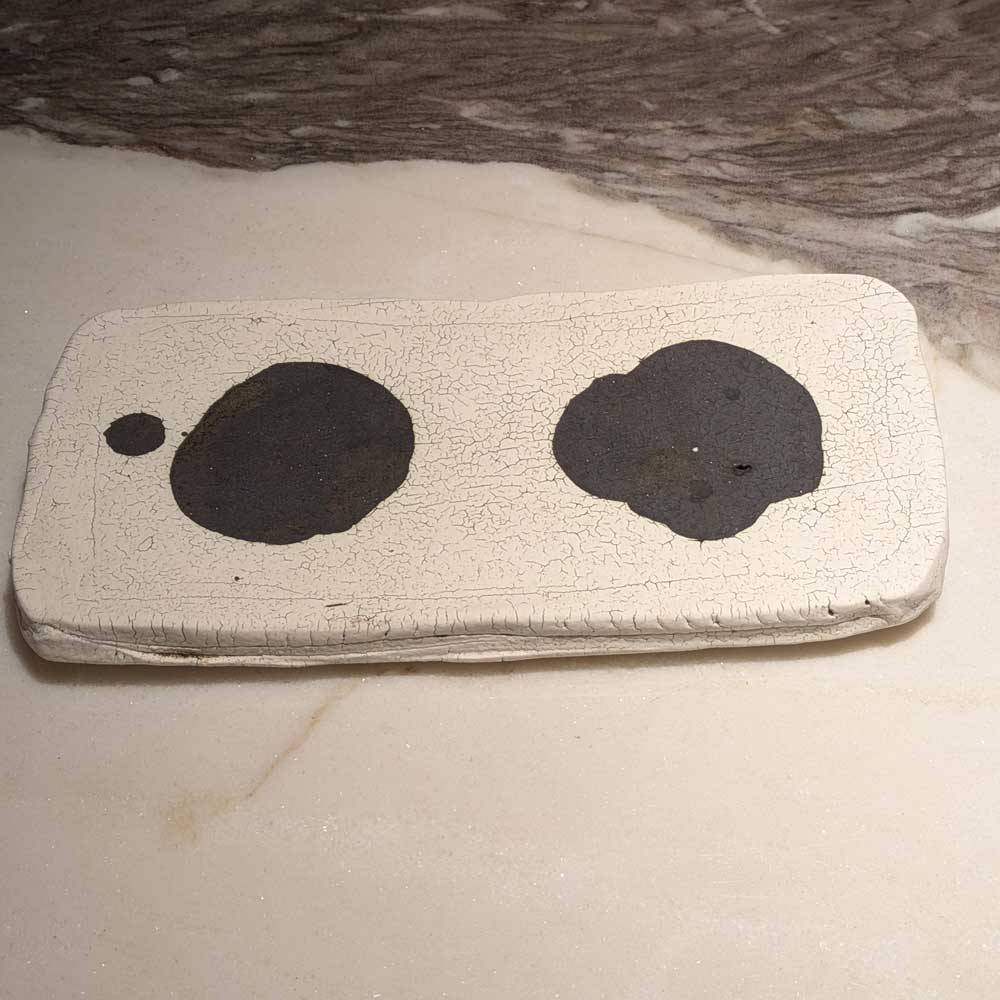
Period
2025
Material
Ceramics
Description
Kansai Noguchi, born in 1982, works in Hachioji, Tokyo.
The white areas make use of pearls that were unsuitable for jewelry.

Period
Shōwa Period
Material
Ceramics
Description
Shōji Kamoda (1933–1983) explored modern designs unconstrained by tradition, creating original forms of vessels and widely developing them in various shapes.

Period
2025
Material
Ceramics
Description
Kansai Noguchi, born in 1982.
The glaze is made using deer bones from Miyama, and the slip is made with local Miyama clay.
This piece was created so that one can fully savor the venison of Miyama.
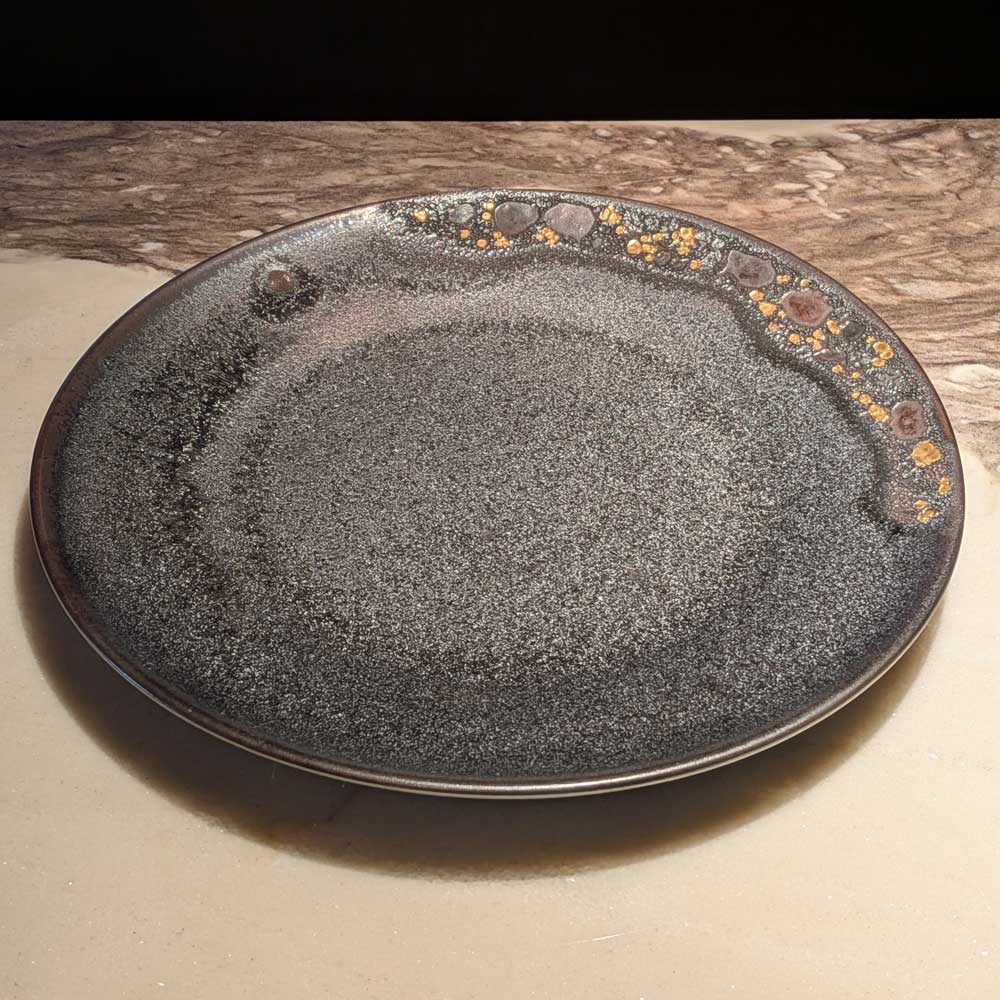
Period
2025
Material
Ceramics
Description
Following the Ravioli Bowl, this is Ryuta Fukumura’s new work — a gold glaze plate.
It was also created using gold extracted from discarded small household appliances in Japan, known as “urban mines.”
The piece was conceived with the image of gold dust slumbering beneath the city.
(Collaboration: Astec Irie, Naniwa Kin-eki)
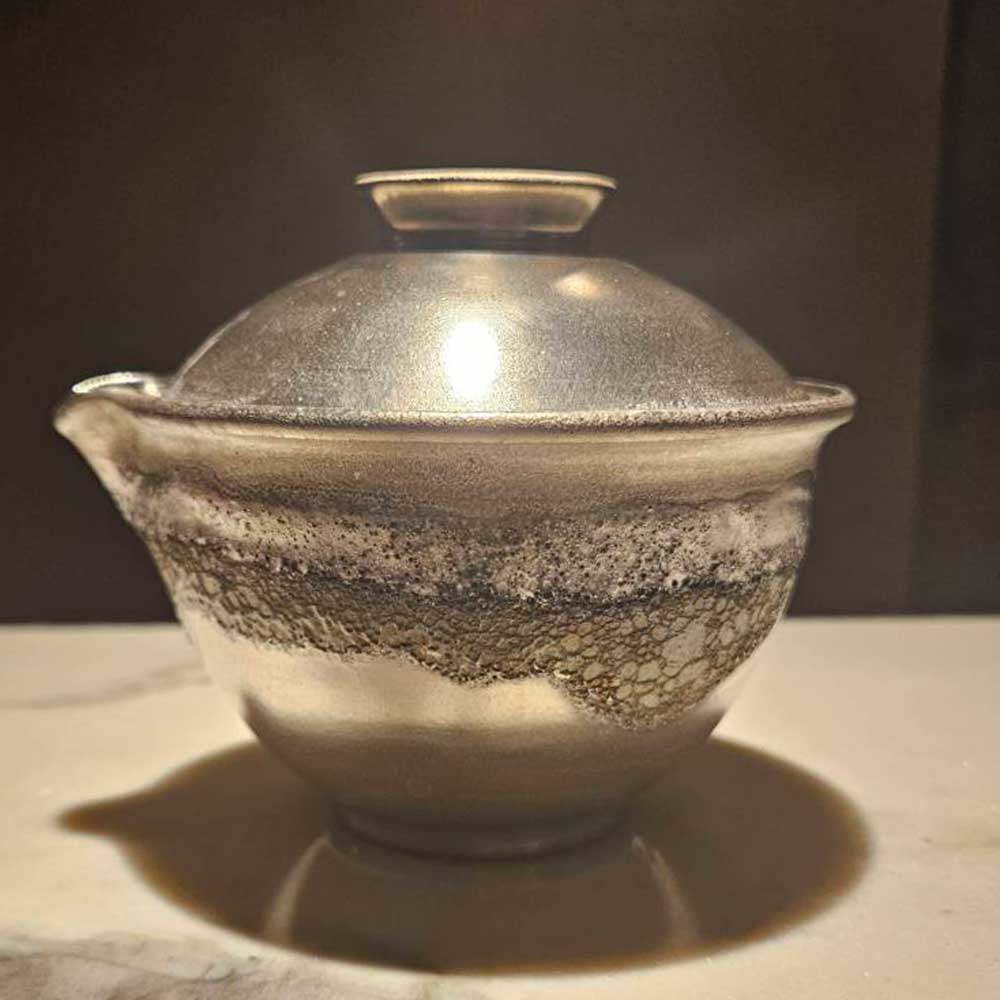
Period
2025
Material
Ceramics
Description
Ryuta Fukumura, a ceramic artist born in 1989.
He created this bowl using silver extracted from recycled small household appliances, applying it as silver glaze.
(Collaboration: Astec Irie, Naniwa Kin-eki)

Period
Late Edo Period
Material
–
説明
A set of five Ko-Imari pieces from the late Edo period.
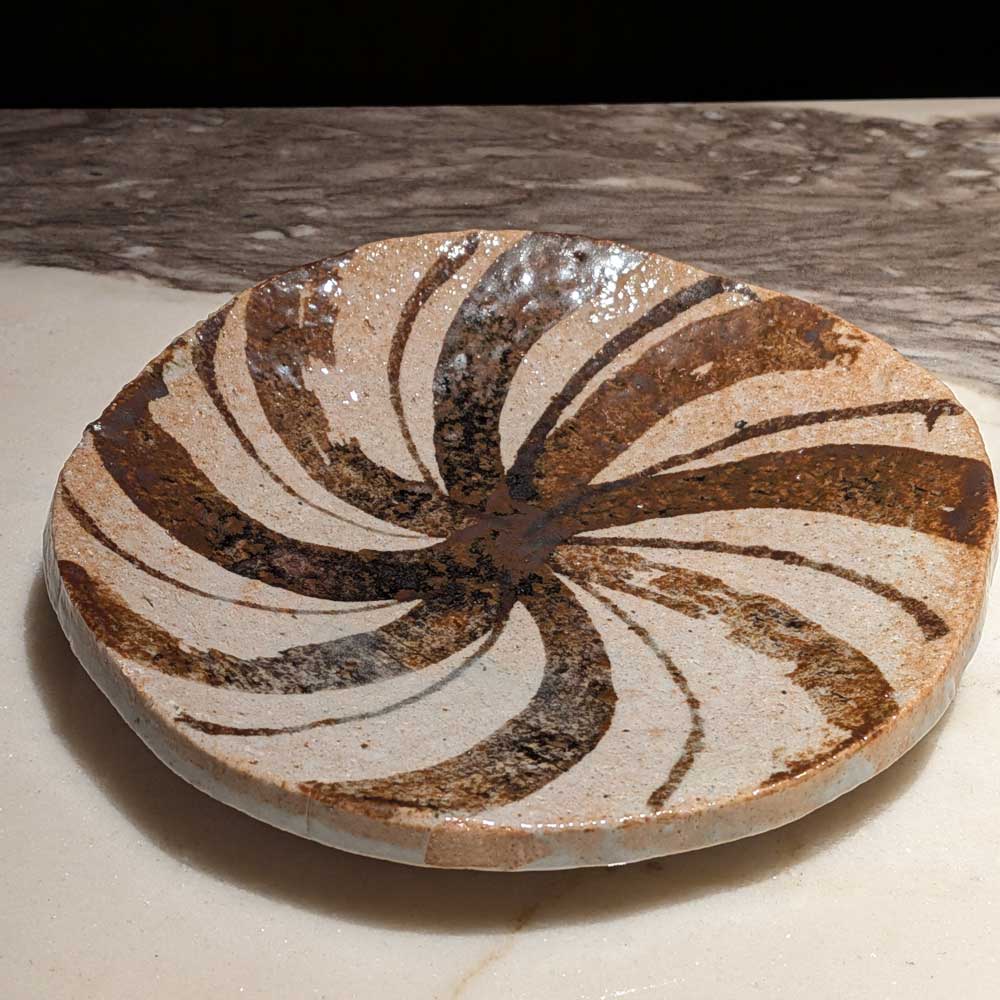
Period
Early Shōwa Period
Material
Ceramics
Description
Made by Kitaōji Rosanjin around the early Showa period (circa 1940).
Largely self-taught, Rosanjin deepened his understanding of beauty on his own and was active throughout his life in a wide range of fields, including seal engraving, painting, ceramics, calligraphy, lacquerware, and cuisine.
This work was created in response to a special commission, and a corresponding letter has also been preserved.
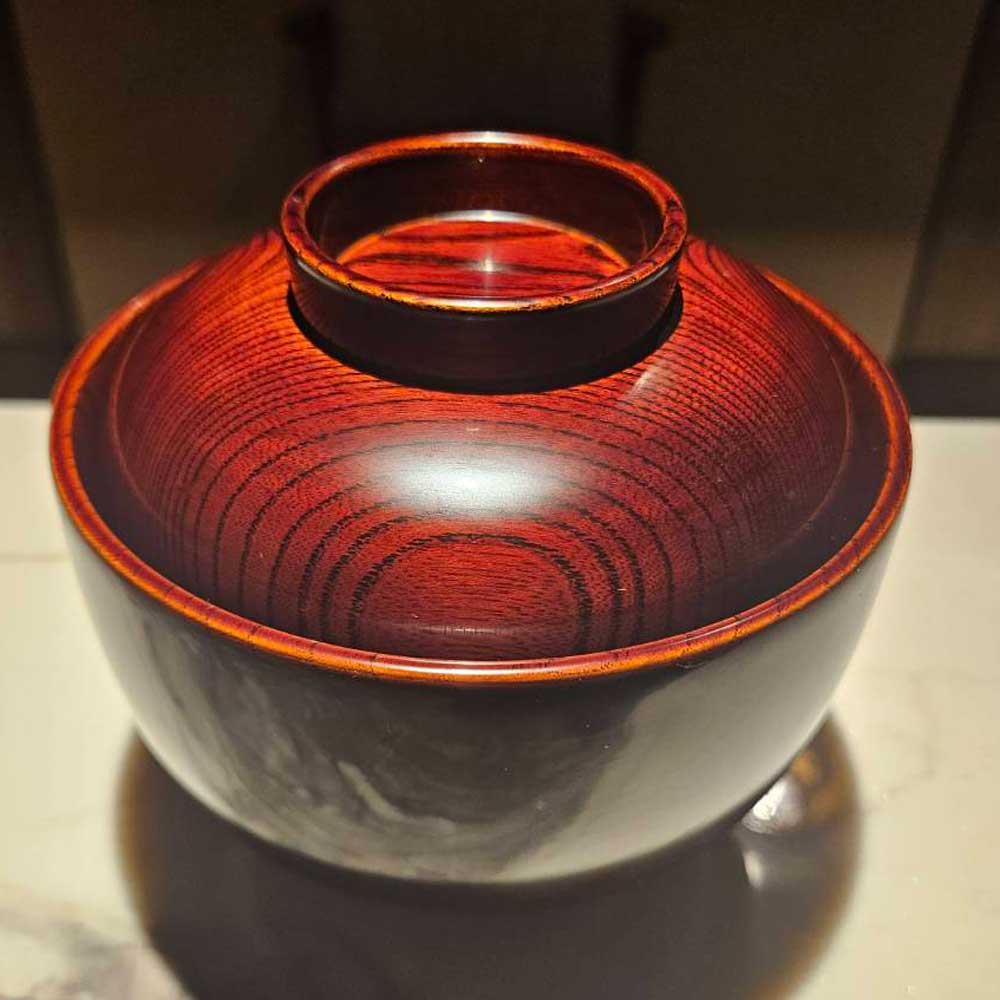
Period
Shōwa Period
Material
Lacquer, Wood
Description
Made by Kuroda Tatsuaki in 1974.
Tatsuaki was a wood and lacquer artist based in Kyoto, and the first in the field of woodcraft to be designated a Living National Treasure.
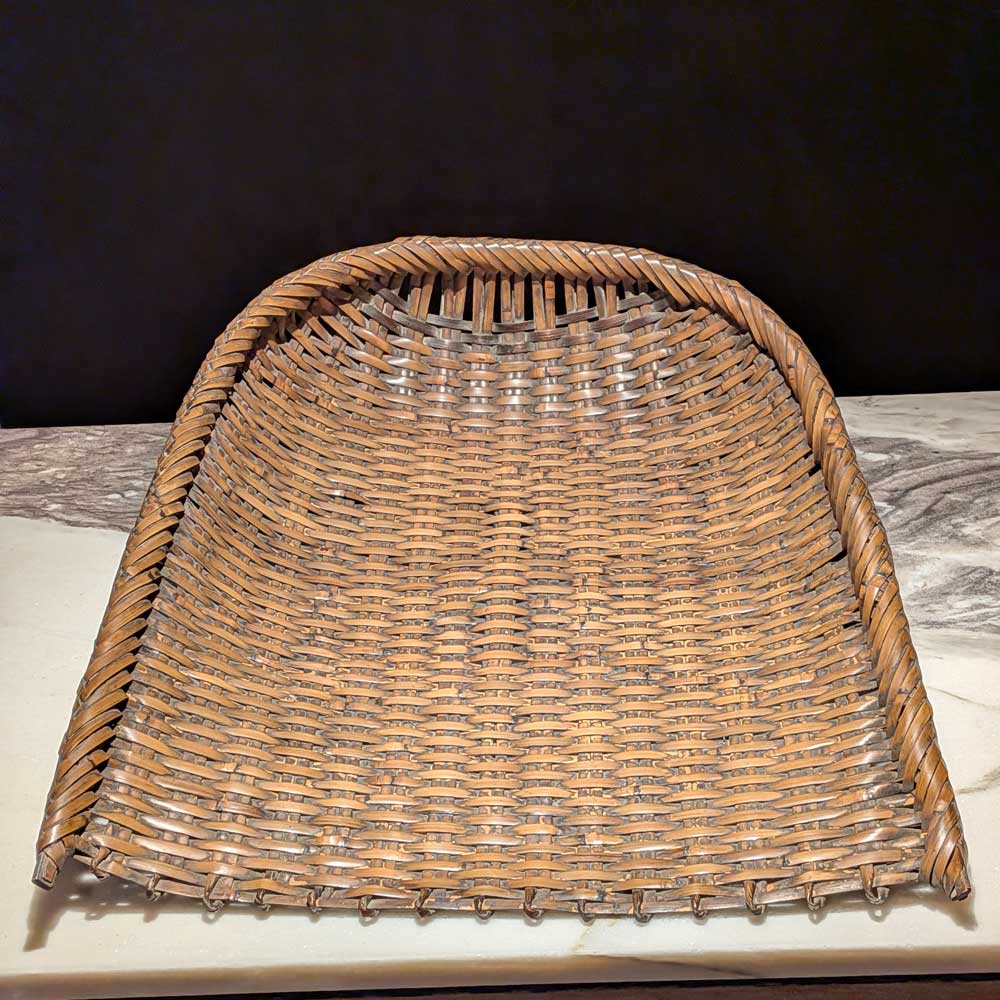
Period
Early Shōwa Period
Material
Bamboo
Description
The artist is the second-generation Iizuka Hōsai (1871–1934).
He created traditional works that inherited the style of the first Hōsai, distinguished by his outstanding craftsmanship.
This particular piece is believed to have been made by Hōsai’s younger brother, Rōkansai.
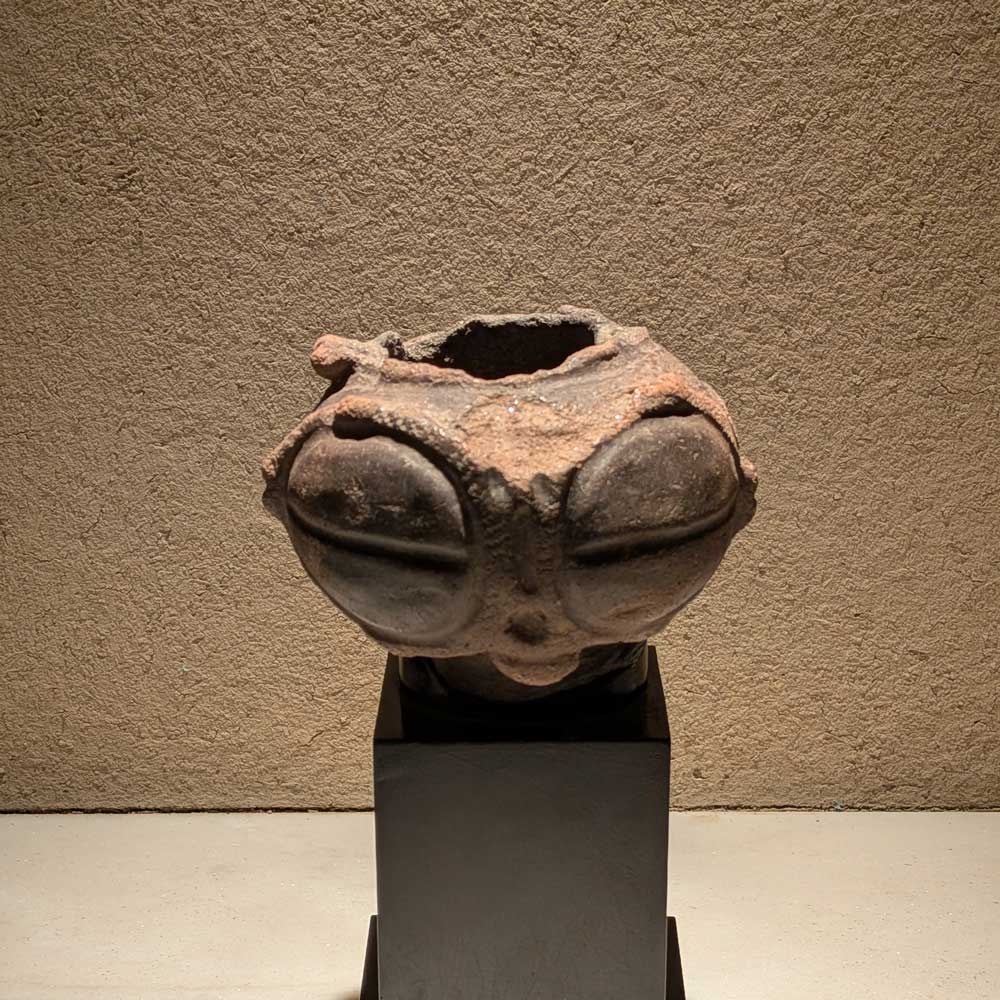
Period
Jomon Period
Material
Clay
Description
The name comes from the shape of the eye area, which resembles the snow goggles worn by the Inuit and other Arctic peoples. However, it is not intended to depict a figure wearing snow goggles; rather, it is thought to exaggerate the eyes. This piece is a fragment, with only the eye portion remaining.
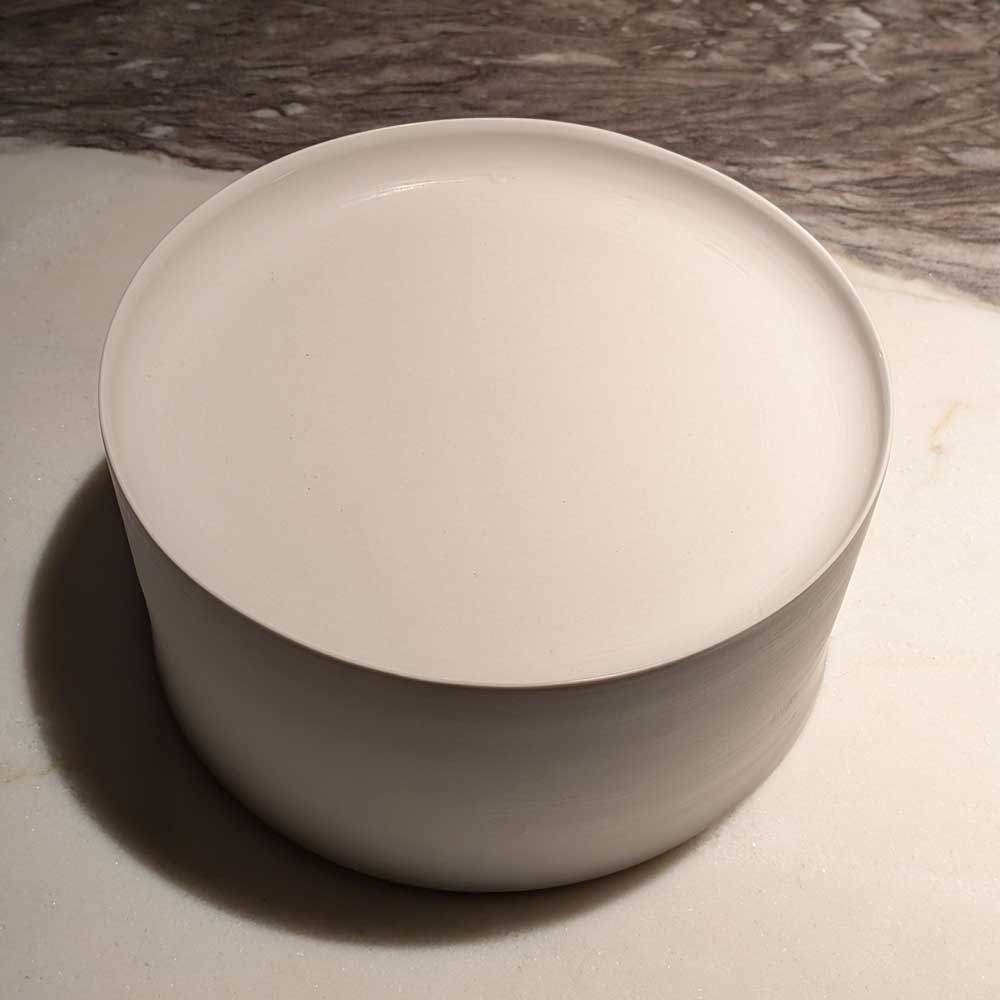
Period
Heisei Perioda
Material
Porcelain
Description
Taizō Kuroda, born in Konan City, Shiga Prefecture. Although he studied under Tatsuzō Shimaoka, he developed much of his early career in Canada. In his later years, he devoted himself to creating white porcelain. A popular artist who passed away three years ago, this is a representative white porcelain pedestal plate.
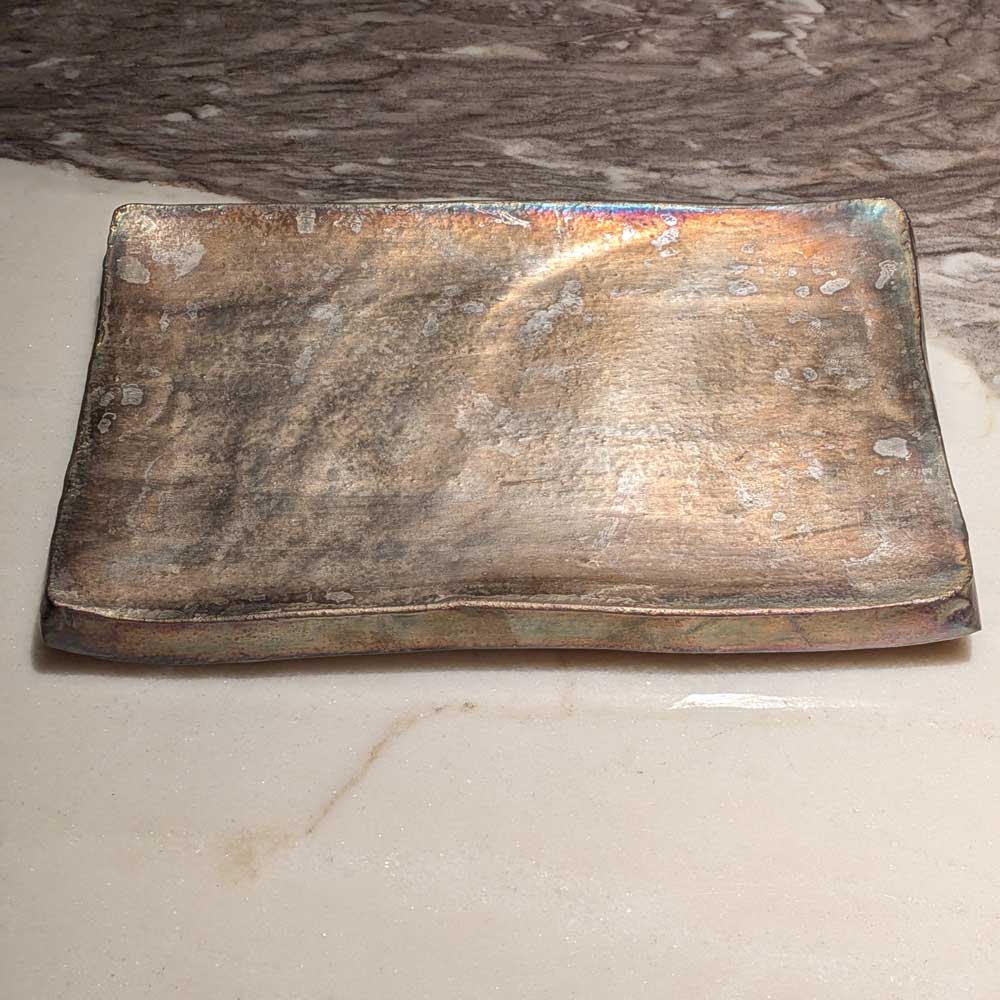
Period
Heisei Perioda
Material
Porcelain
Description
Taizō Kuroda, born in Konan City, Shiga Prefecture. Although he studied under Tatsuzō Shimaoka, he developed much of his early career in Canada. In his later years, he focused on creating white porcelain. A popular artist who passed away three years ago, this silver-decorated plate is extremely rare.
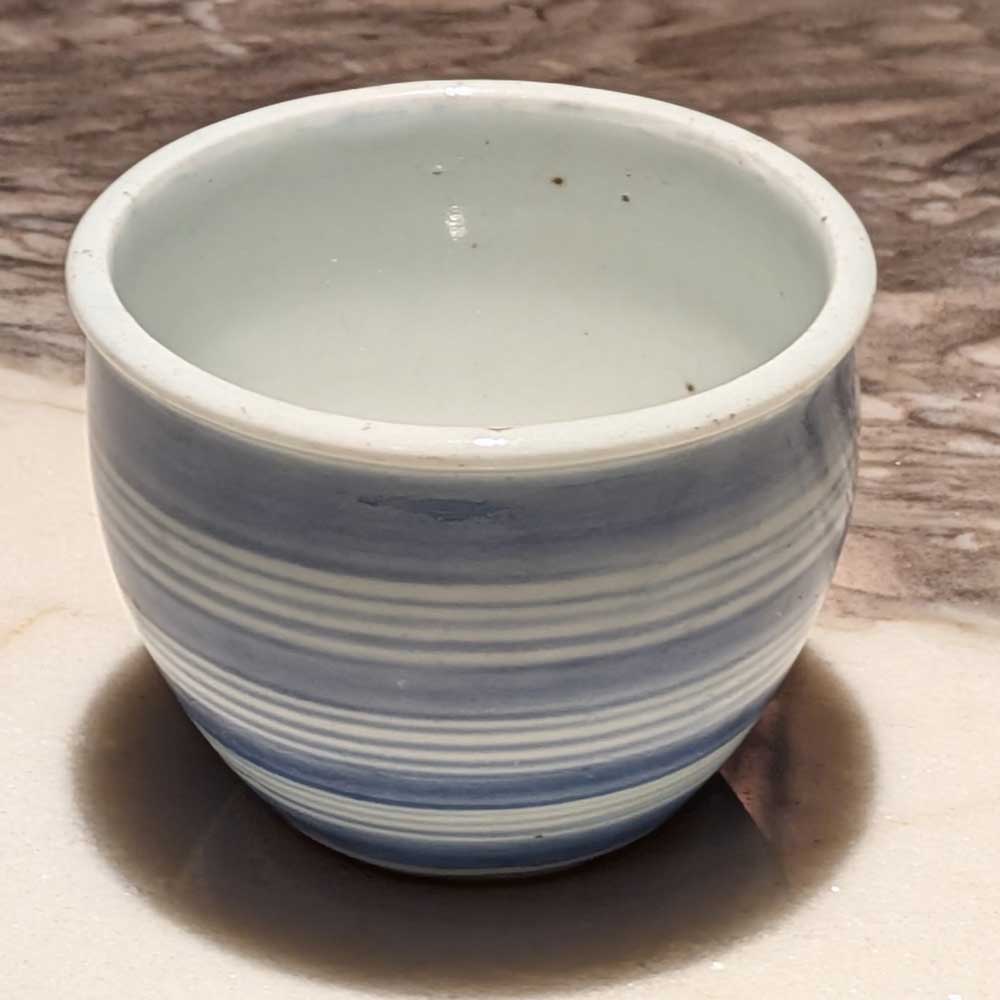
Period
Mid-Edo Period
Material
Porcelain
Description
Pottery from Arita City, Saga Prefecture.
A popular old Imari *rinsen* teacup, notable for its unusual and rare shape.
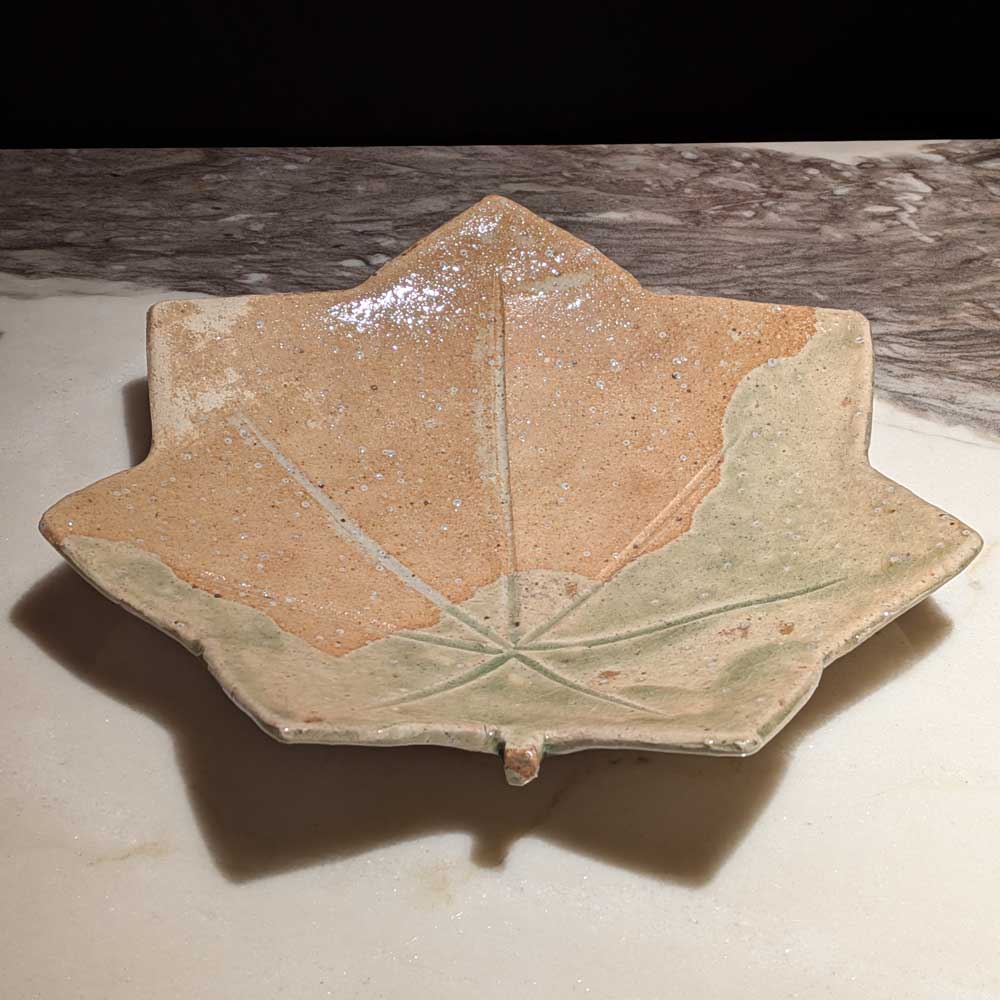
Period
Early Shōwa Period
Material
Ceramics
Description
Don’a Ōno, a ceramic artist from Gifu Prefecture. In his youth, he moved to Tokyo and was discovered by the connoisseur Don’ō Masuda, who granted him the character “Don” (鈍), giving rise to his art name Don’a. This piece is a vessel adorned with a vibrant autumn maple motif.
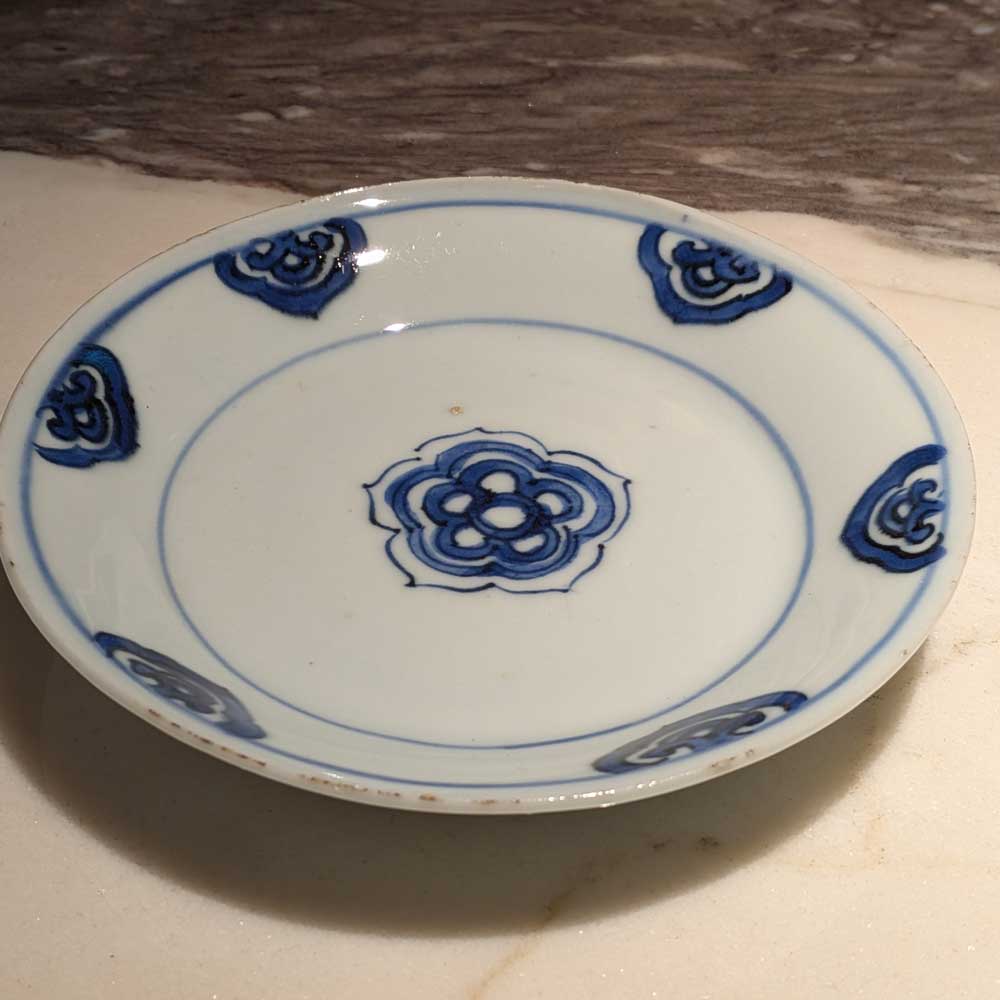
Period
Late Ming Period
Material
Porcelain
Description
A late Ming-period small plate featuring a traditional floral pattern.
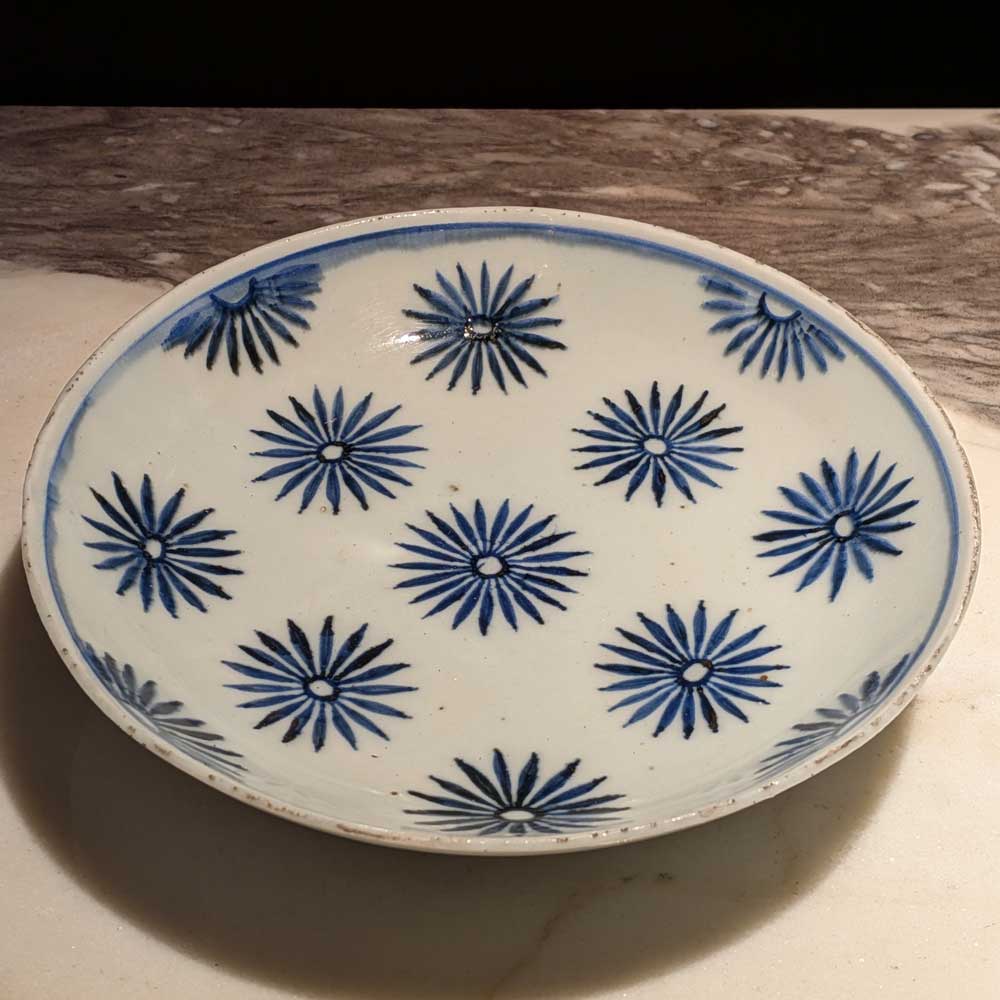
Period
Late Ming Period
Material
Porcelain
Description
Late Ming-period blue-and-white porcelain, featuring a modern design with evenly scattered floral patterns.
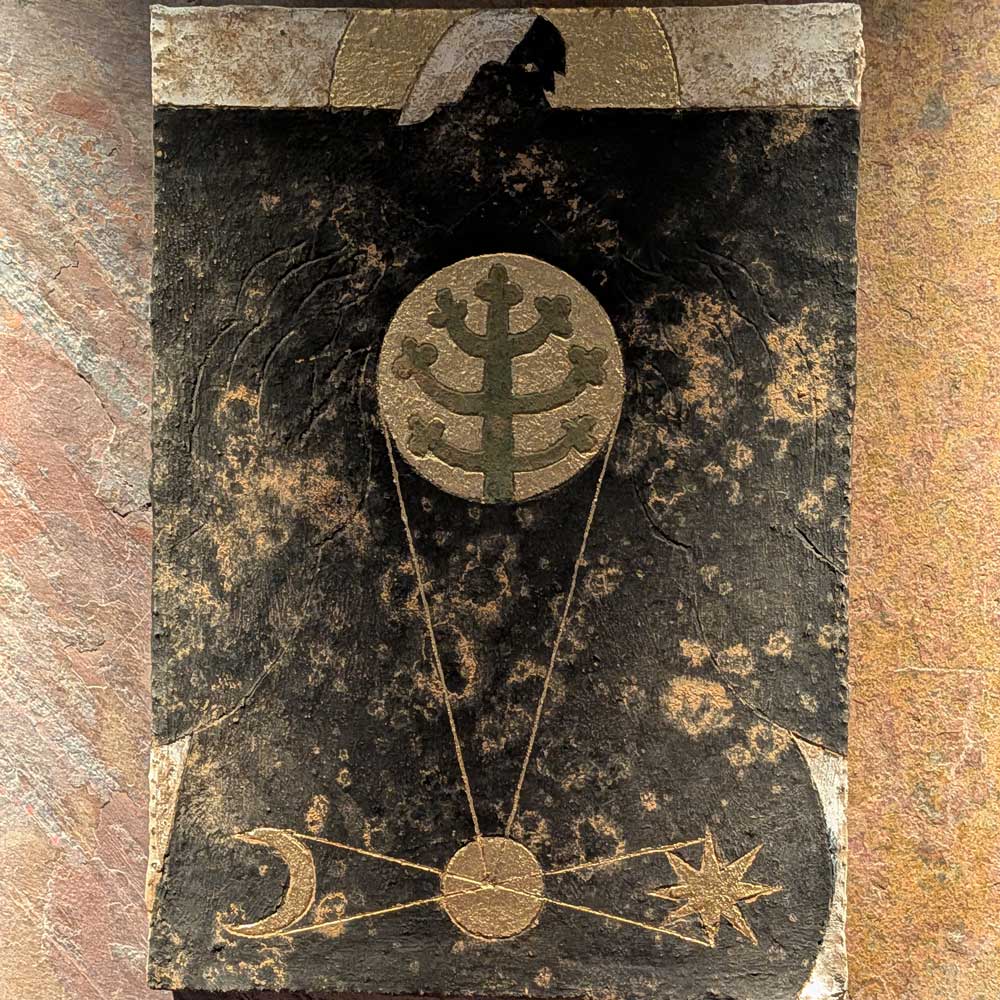
時代
2025
素材
–
説明
画家 笑達(1982年生まれ) 今回展示している二作品は美山の鹿の皮から取り出した膠と顔料を合わせ作画した。また美山の土を木製パネルの上に塗り、土台としたり、顔料と合わせ色を作っている。
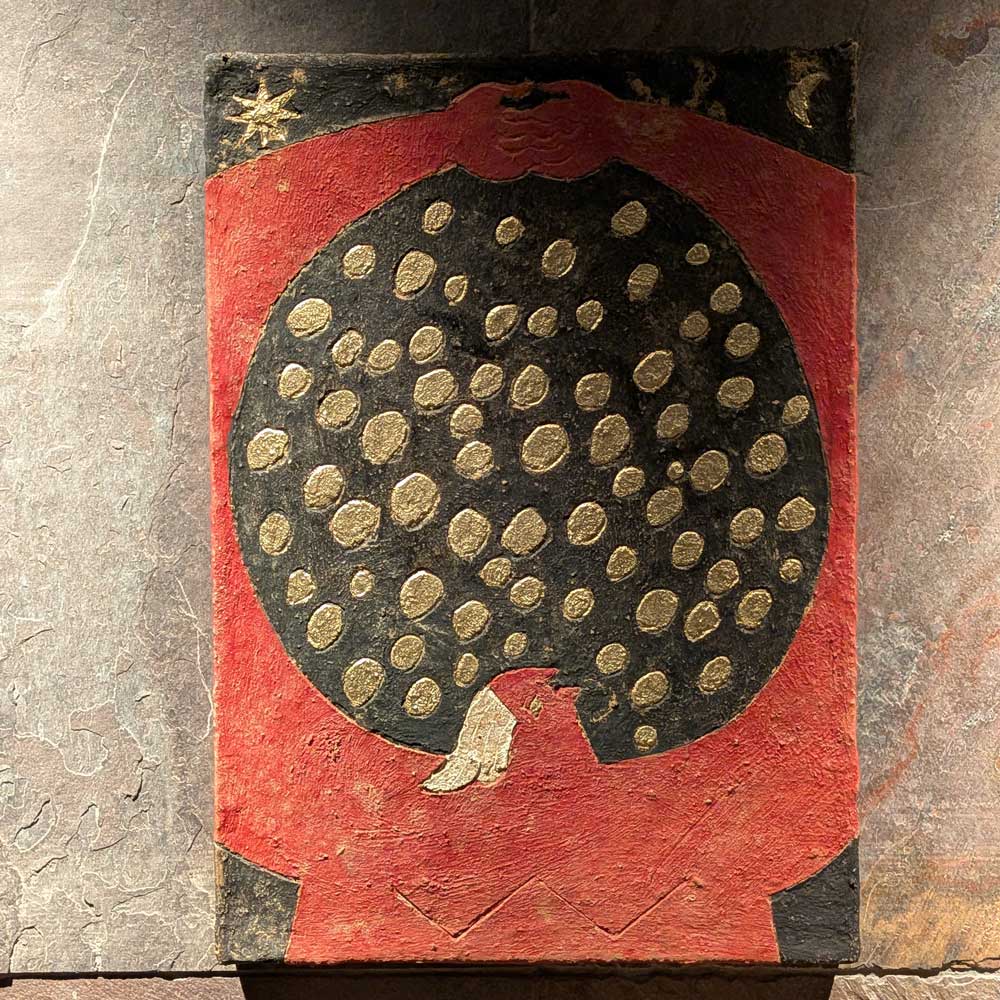
時代
2025
素材
–
説明
画家 笑達(1982年生まれ) 長年似顔絵師として活動していたが、故郷の和歌山で夢をみて覚醒する。現在はその夢の続きをを描いている。
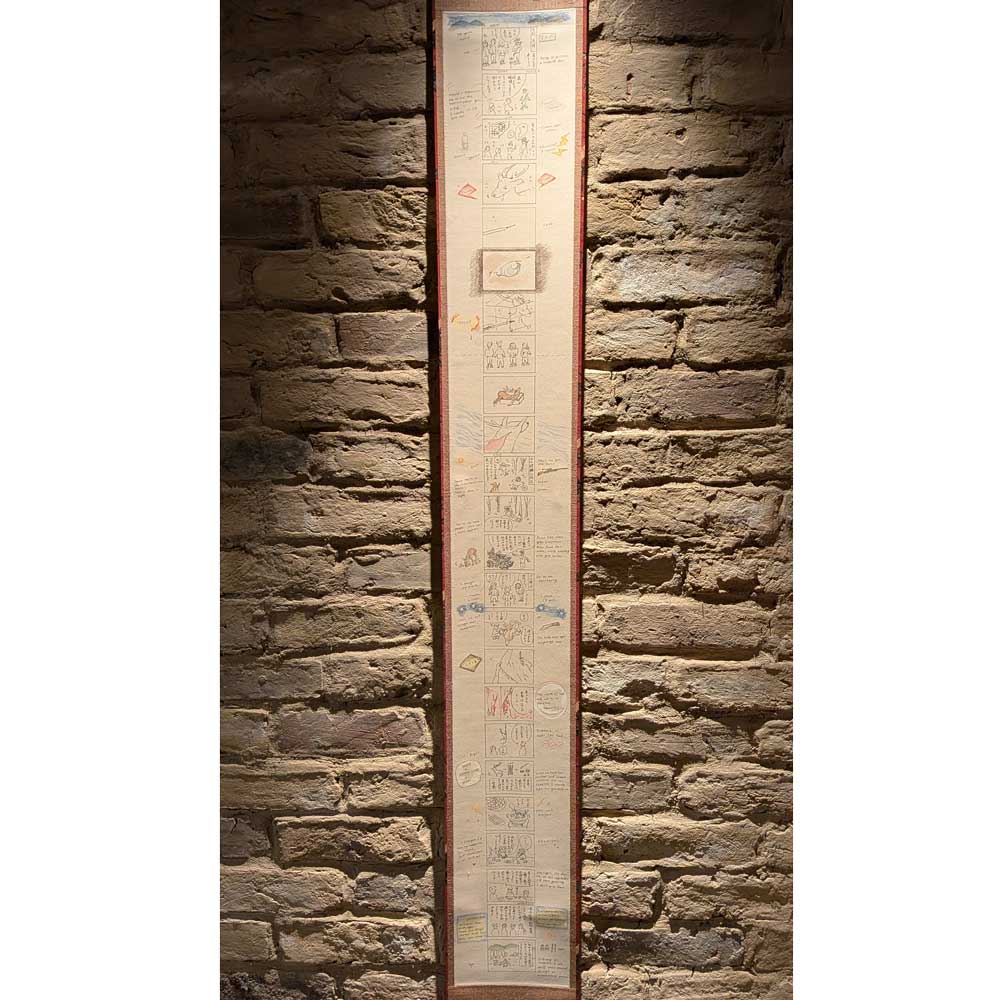
時代
2025年
素材
–
説明
日本画家 森夕香(1991年生まれ) 美山での狩猟の経験を漫画にしたの掛け軸。制作に使用した鉛筆は美山の土からできている。(協力:オリエンタル産業)
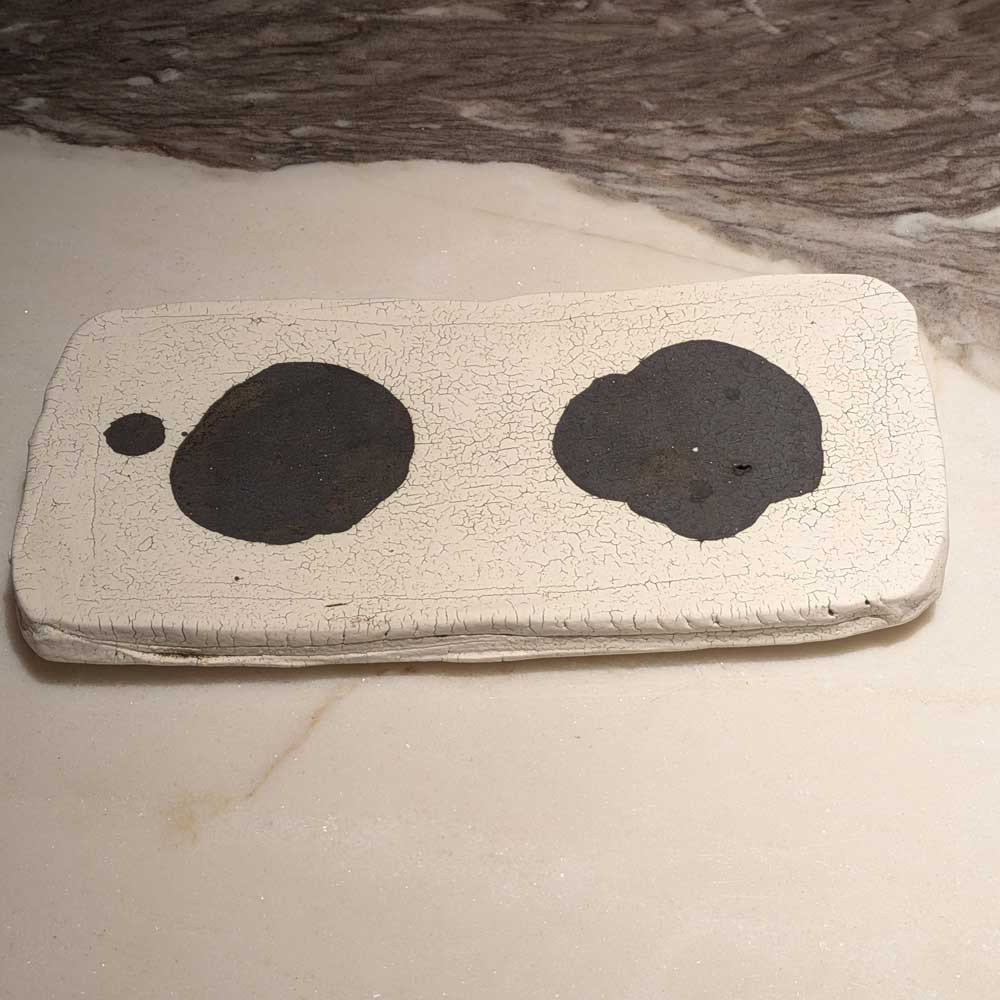
時代
2025年
素材
陶器
説明
野口寛斉 1982年生まれ。東京都八王子で制作を行う。白い部分はジュエリーにならなかった真珠を活用している。
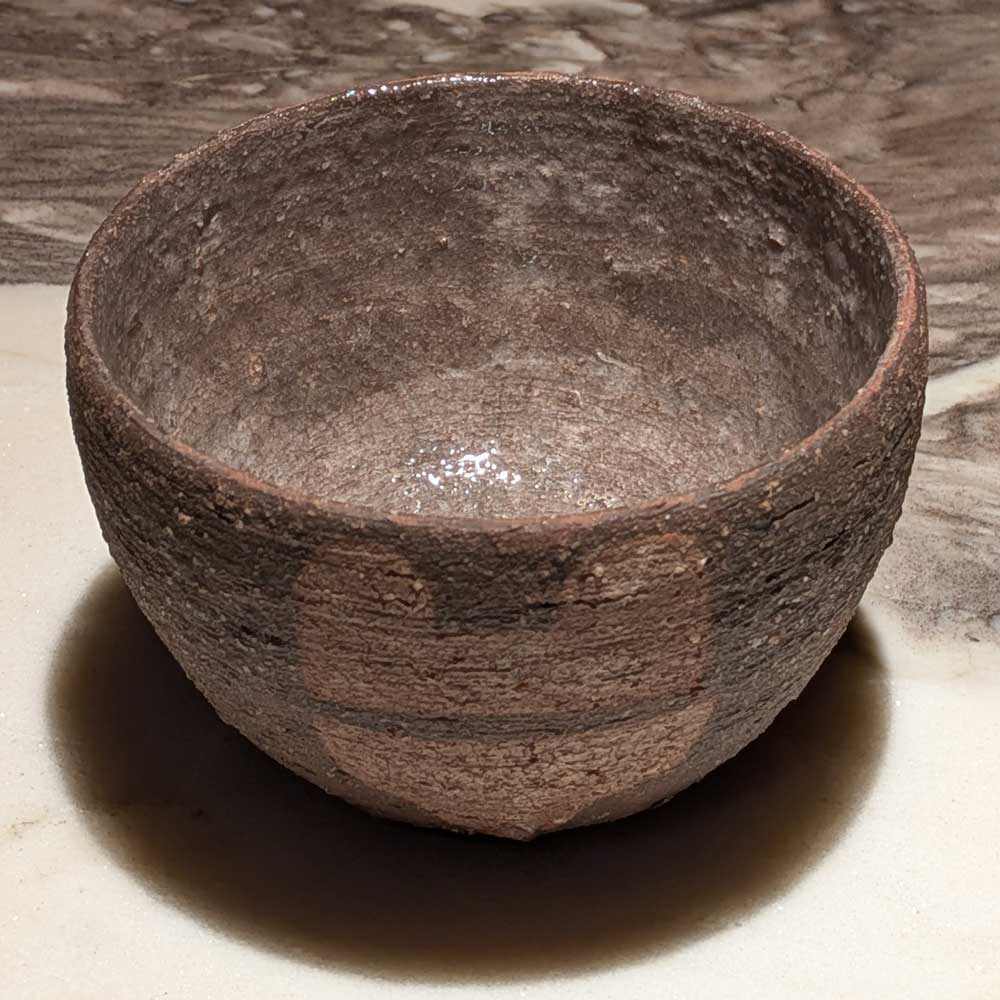
時代
昭和
素材
陶器
説明
加守田章二(1933~1983)伝統にとらわれないモダンなデザインを研究し独創的な器の形を創作し様々な形で広く展開した。

時代
2025
素材
陶器
説明
野口寛斉 1982年生まれ。釉薬には美山の鹿の骨を使用し、化粧には美山の土を使用している。美山の鹿肉を存分に味わって頂けるように制作した。

時代
2025年
素材
陶器
説明
ラビオリの碗に続いて、福村龍太の新作の金彩の皿。こちらも都市鉱山と呼ばれる日本で処分された小型家電から抽出した金を使って制作した。都市に眠る砂金をイメージして制作された。(協力:アステック入江、浪速金液)
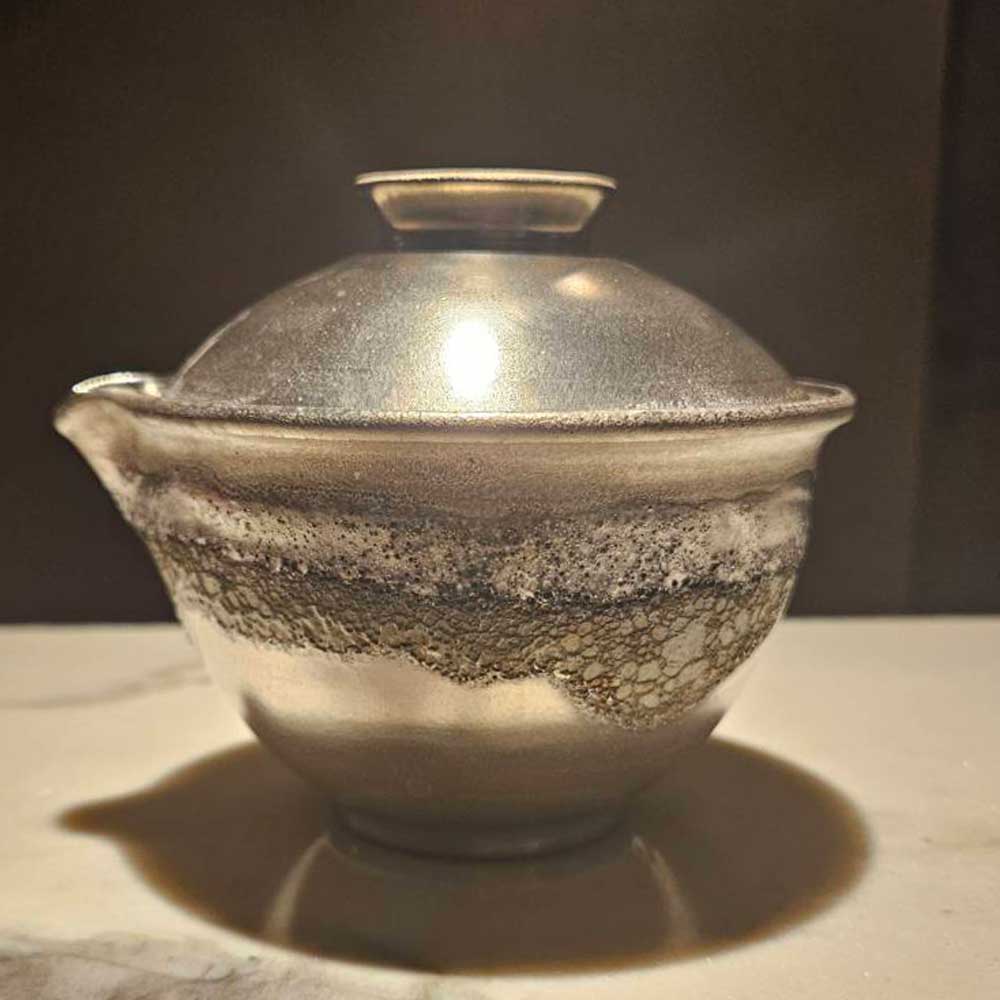
時代
2025年
素材
陶器
説明
福村龍太 1989年生まれの陶芸家。小型家電をリサイクルし、抽出した銀を元に、今回の碗を銀彩で制作した。(協力:アステック入江、浪速金液)
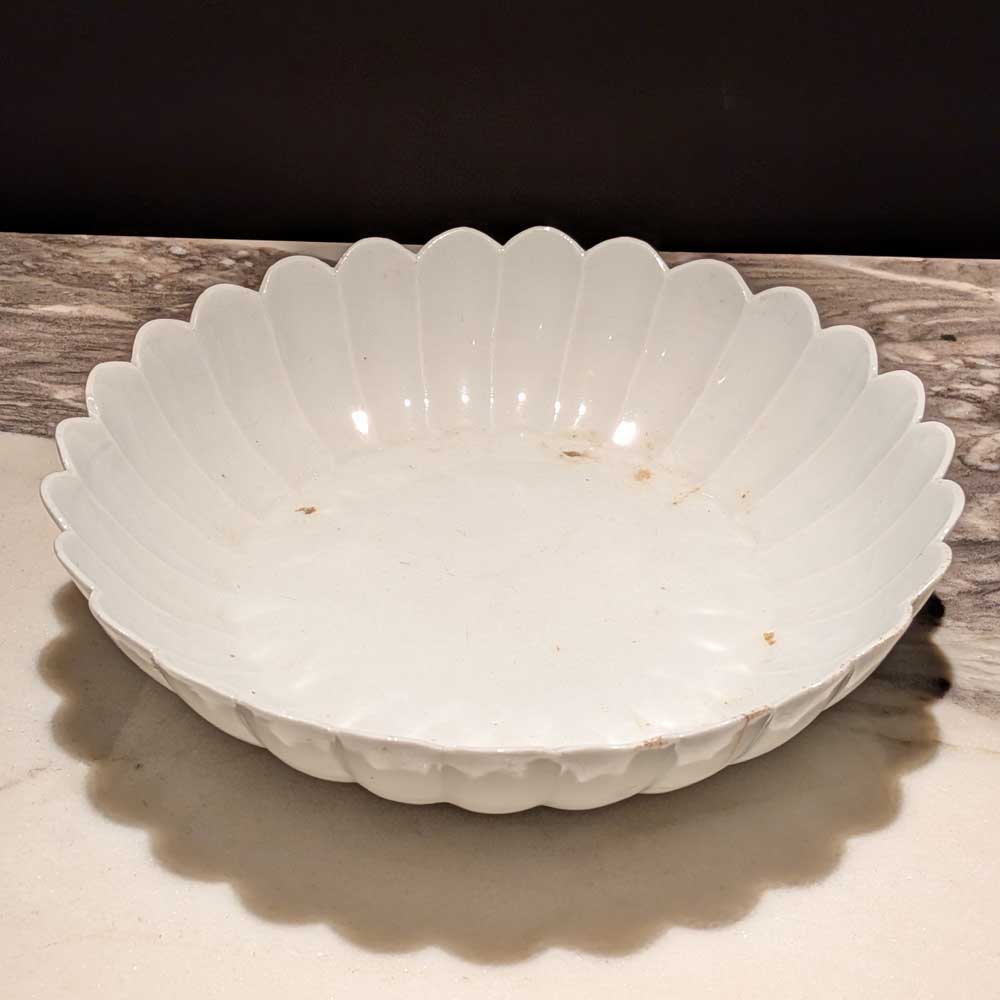
時代
江戸後期
素材
–
説明
江戸後期、古伊万里。
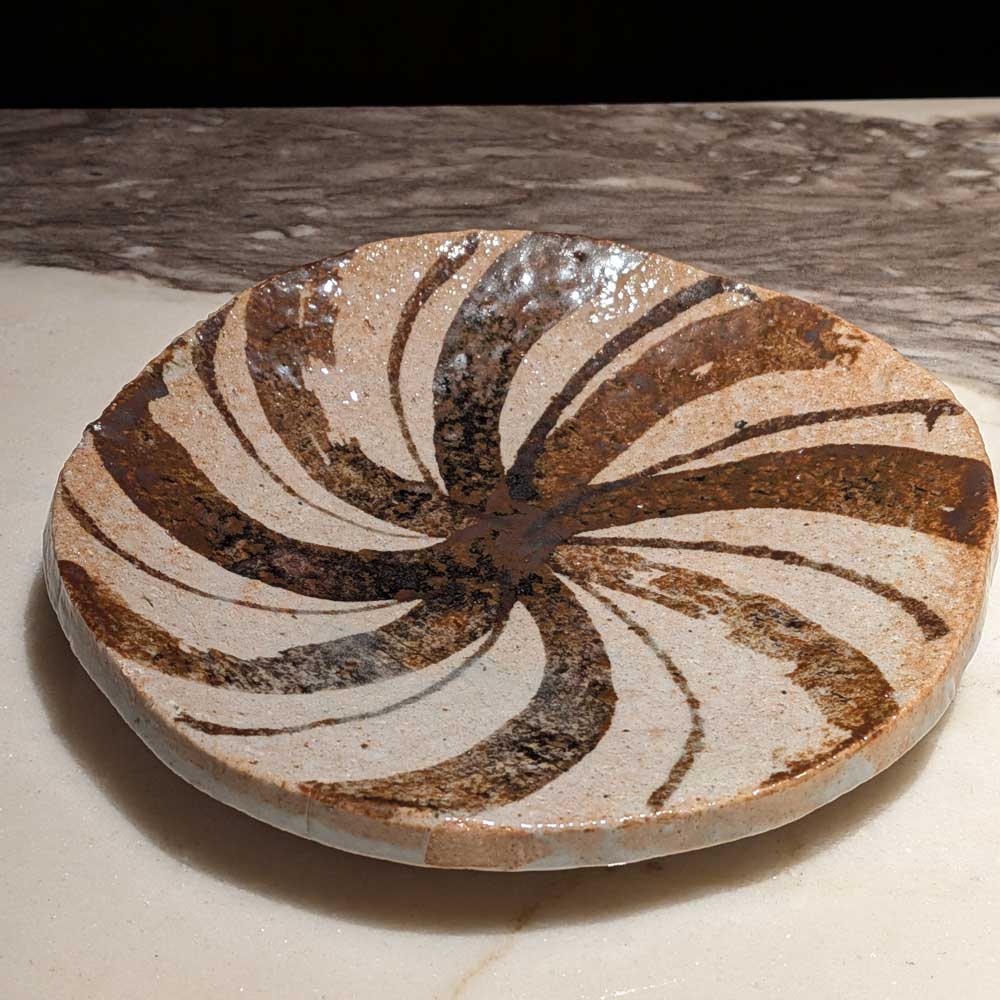
時代
昭和初期
素材
陶器
説明
北大路魯山人作。年代は昭和初期 1940年頃。北大路魯山人は独学で美に関する見識を高め、生涯を通じて、篆刻、絵画、陶芸、書道、漆工、料理などのさまざまな分野で活躍した。本作は特別注文に応え、制作した作品。手紙も残っている。
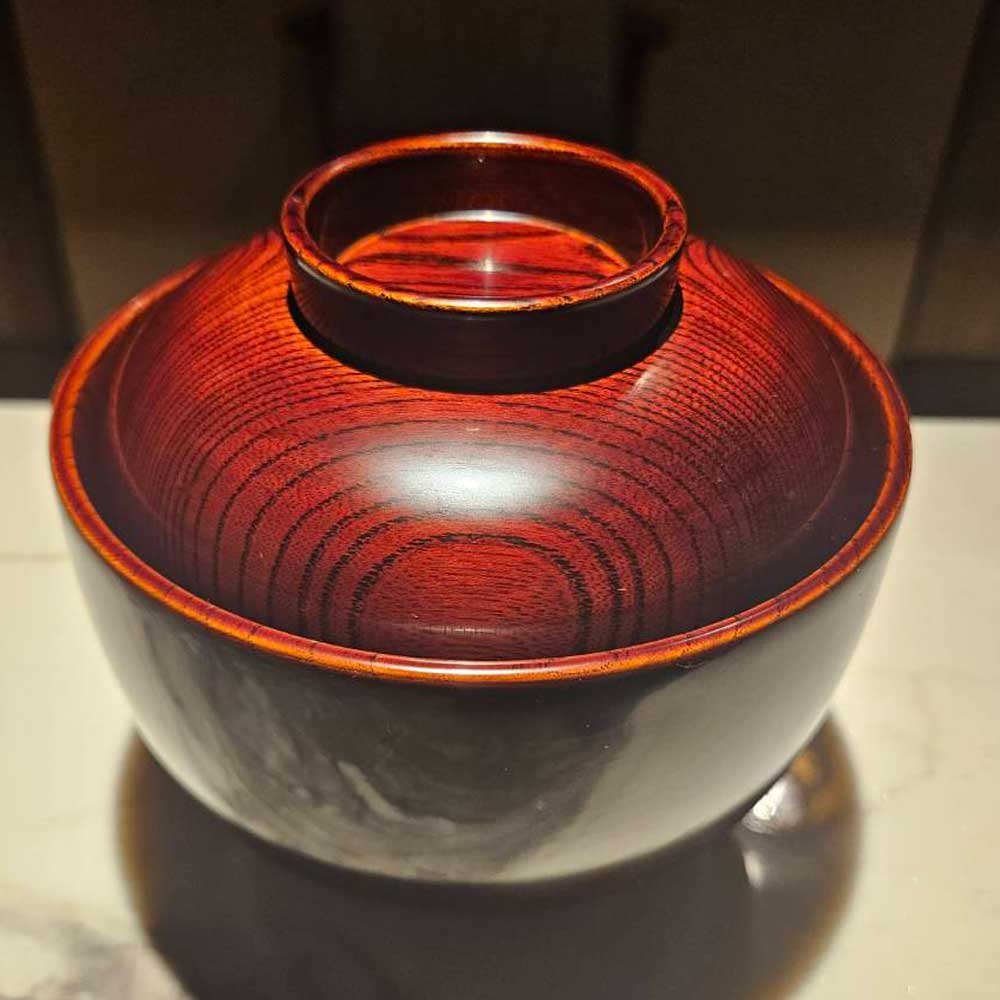
時代
昭和時代
素材
木、漆
説明
黒田辰秋 作。昭和49年(1974)。黒田辰秋は、京都を拠点とし、木工芸の分野において初の人間国宝に認定された木漆工芸家。

時代
昭和初期
素材
竹
説明
作家は 二代目 飯塚鳳齋(1871年~1934年)。卓抜した技術により、初代の作風を継承した伝統的な作品を制作。本作品は鳳齋の弟である琅玕齋の作品と考えられる。
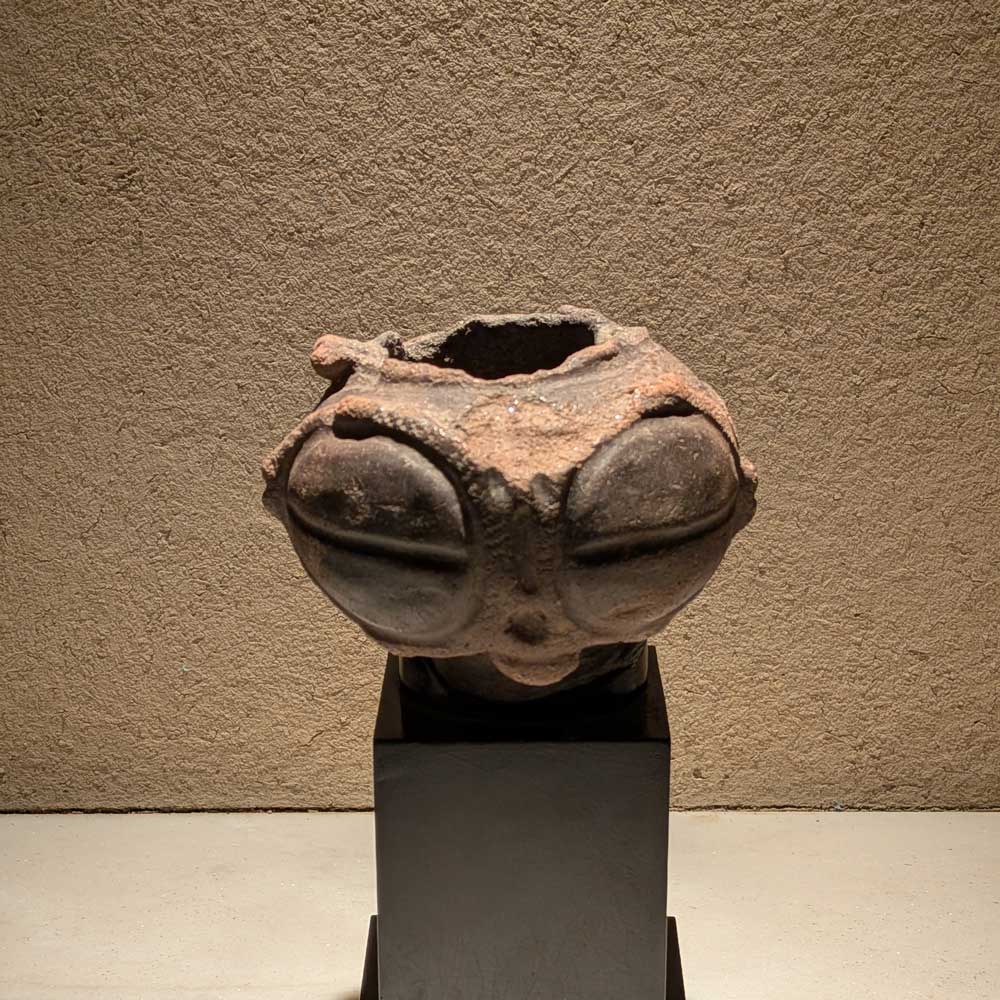
時代
縄文時代
素材
粘土
説明
目にあたる部分がエスキモーなどが着用する遮光器のような形をしていることからこの名称が名付けられた。但し、遮光器を付けた姿の表現ではなく、目の誇張表現と考えられている。こちらはその目の部分だけが残っている残欠。
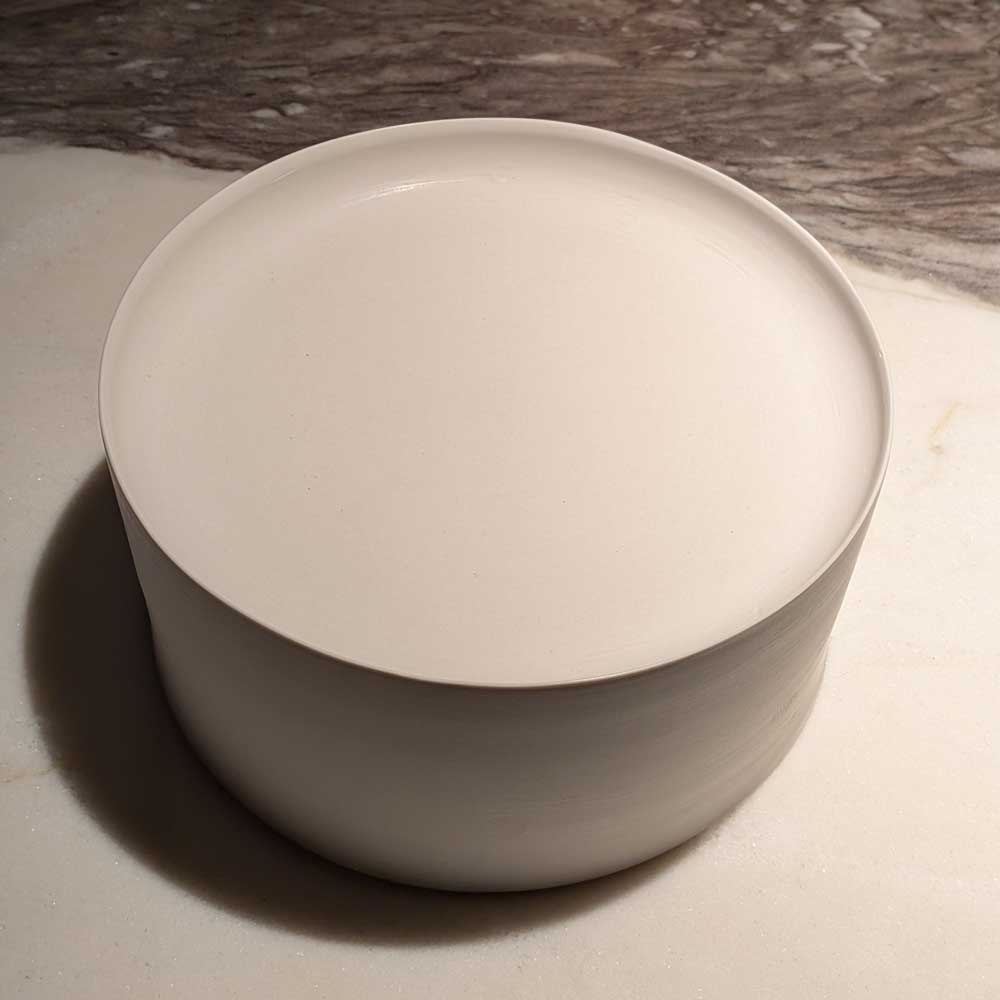
時代
平成時代
素材
磁器
説明
黒田泰蔵、滋賀県伊賀市近江市生まれ。島岡達三に師事するものの、初期のキャリアの大半をカナダで培った陶芸家。晩年は白磁の制作に専念。3年前に逝去された人気作家。こちらは代表的な白磁台皿。
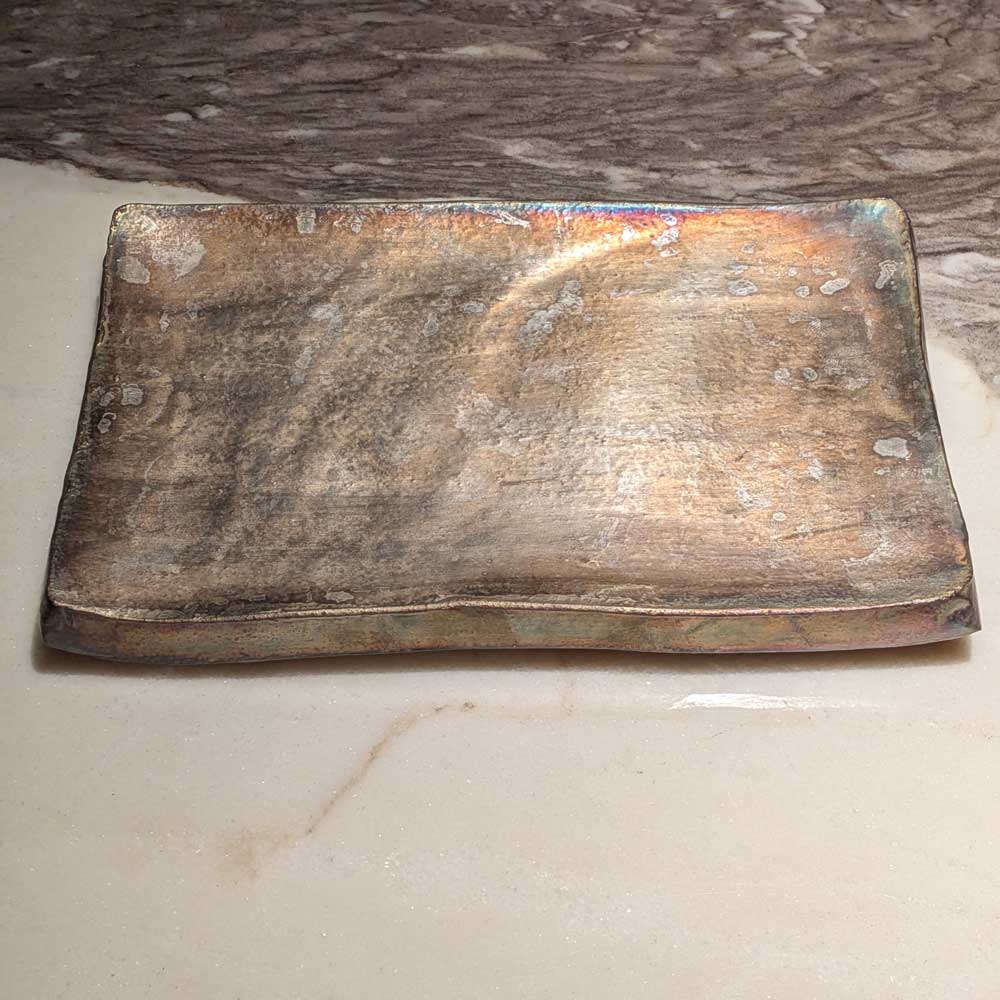
時代
平成時代
素材
磁器
説明
黒田泰蔵、滋賀県伊賀市近江市生まれ。島岡達三に師事するものの、初期のキャリアの大半をカナダで培った陶芸家。晩年は白磁の制作に専念。3年前に逝去された人気作家。こちらの銀彩の皿は非常に珍しい。
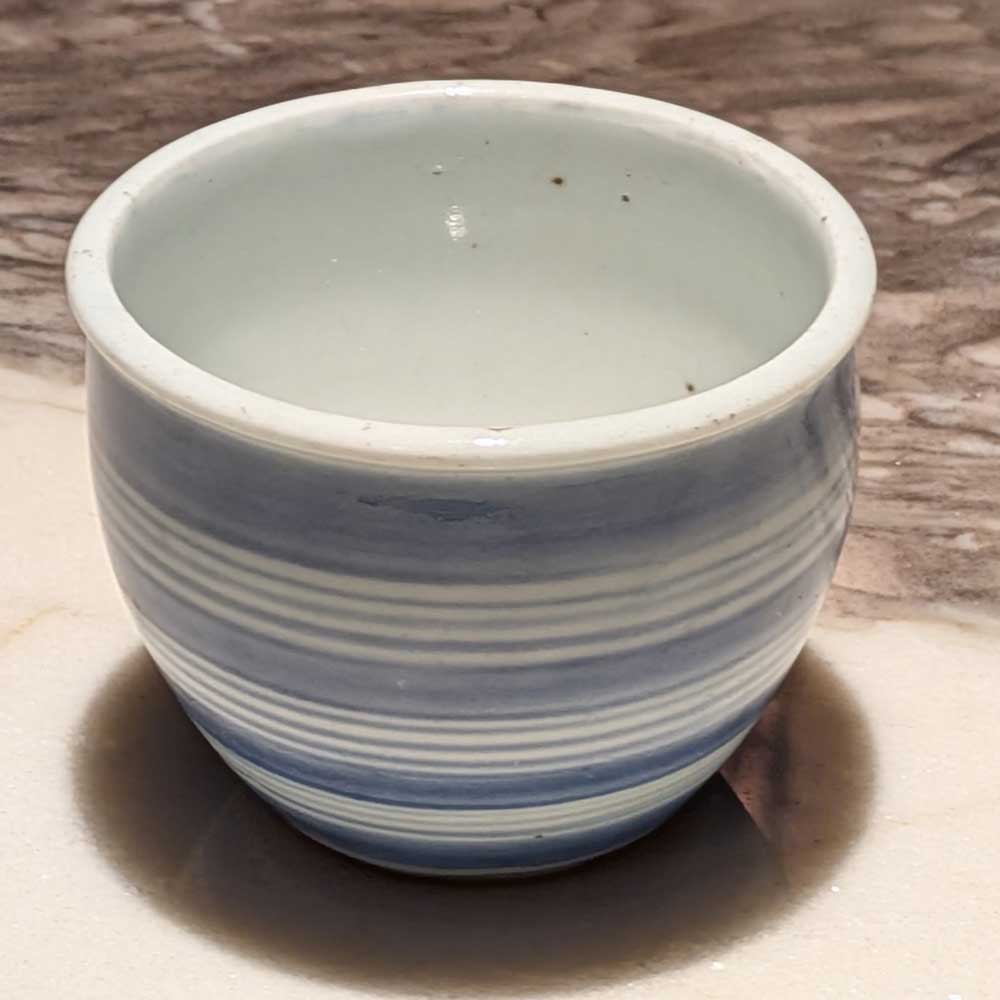
時代
江戸中期
素材
磁器
説明
佐賀県有田市の焼物。古伊万里で人気の輪線湯呑みです。形が変わっていて非常に珍しい。
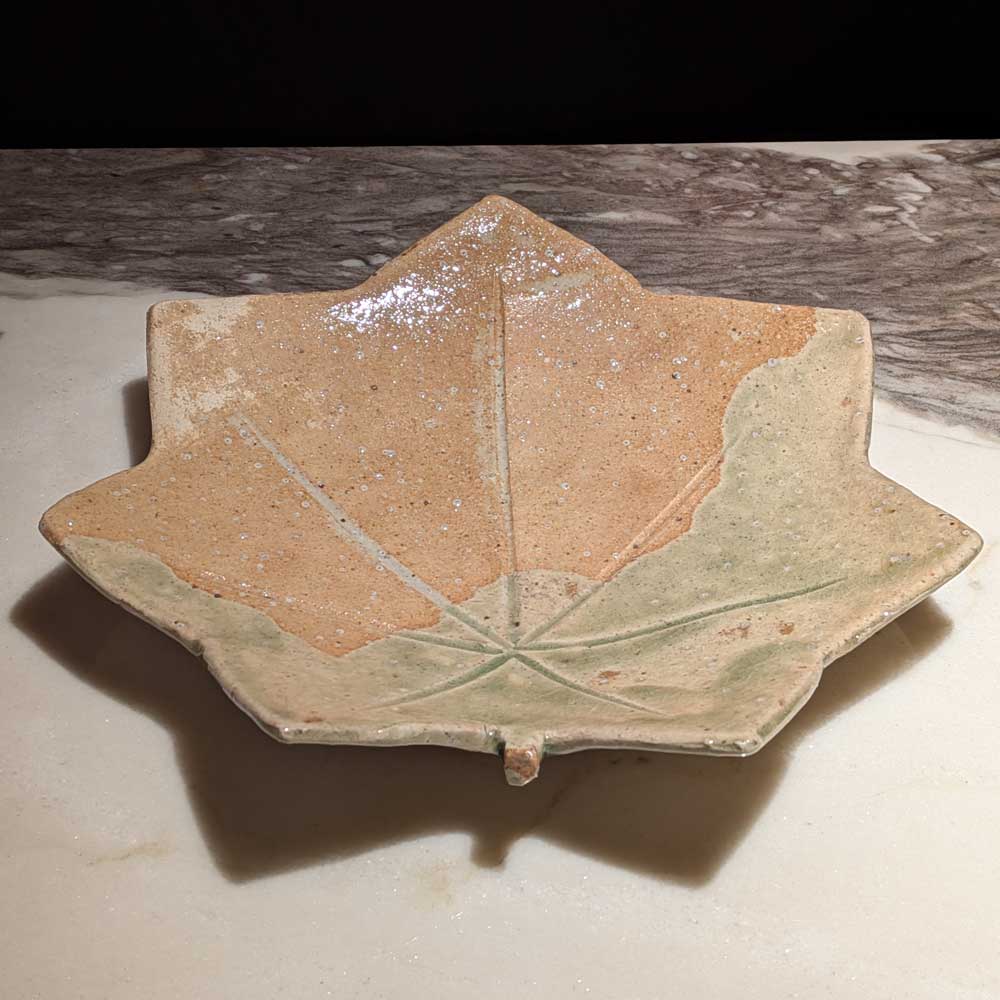
時代
昭和初期
素材
陶器
説明
大野鈍阿、岐阜県出身の陶芸家。若い頃に上京して数寄者益田鈍翁に見出され鈍翁から「鈍」の一字を受けて鈍阿と号す。こちらは季節感溢れる紅葉の器。

時代
明末期
素材
磁器
説明
珉末期のオーソドックスな花模様の小皿です。

時代
明末期
素材
磁器
説明
珉末期の古染付、均一に花模様が散りばめられたモダンなデザイン。
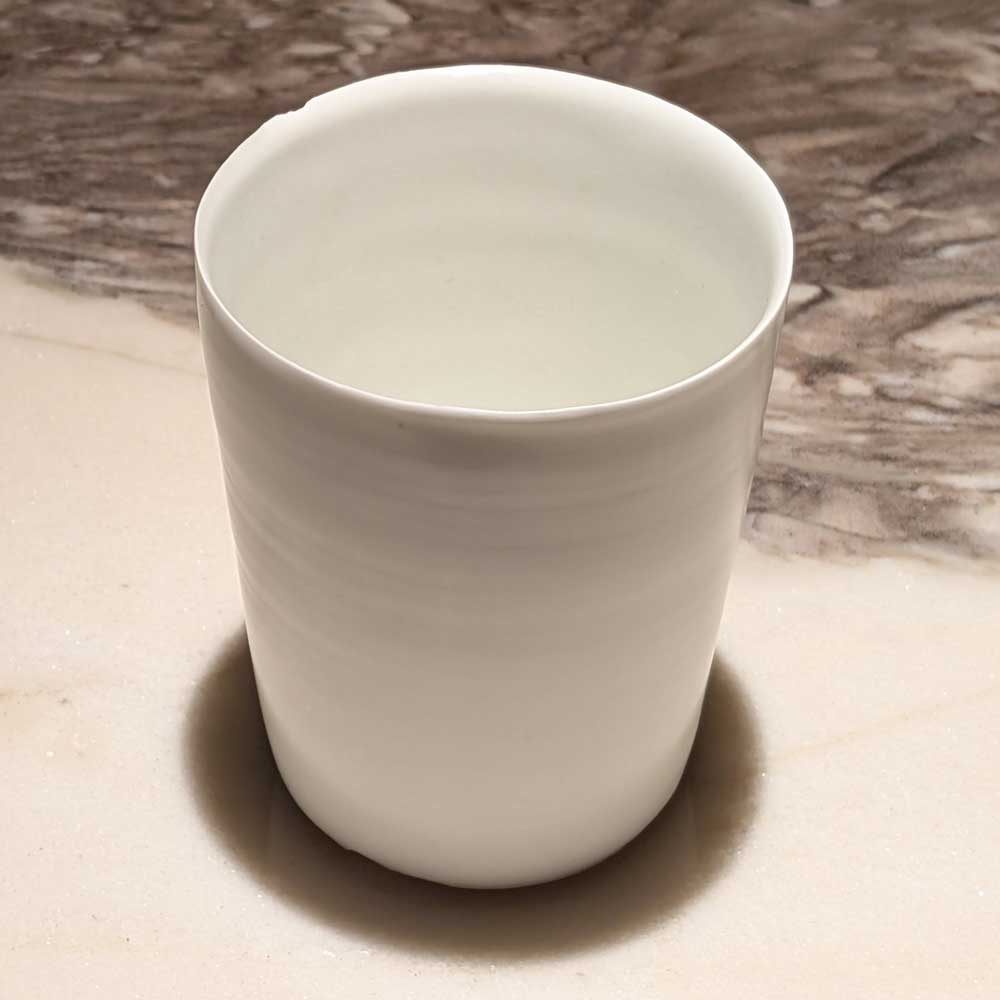
時代
平成時代
素材
磁器
説明
黒田泰蔵、滋賀県伊賀市近江市生まれ。島岡達三に師事するものの、初期のキャリアの大半をカナダで培った陶芸家。晩年は白磁の制作に専念。3年前に逝去された人気作家。こちらは代表的な白磁の湯呑み。
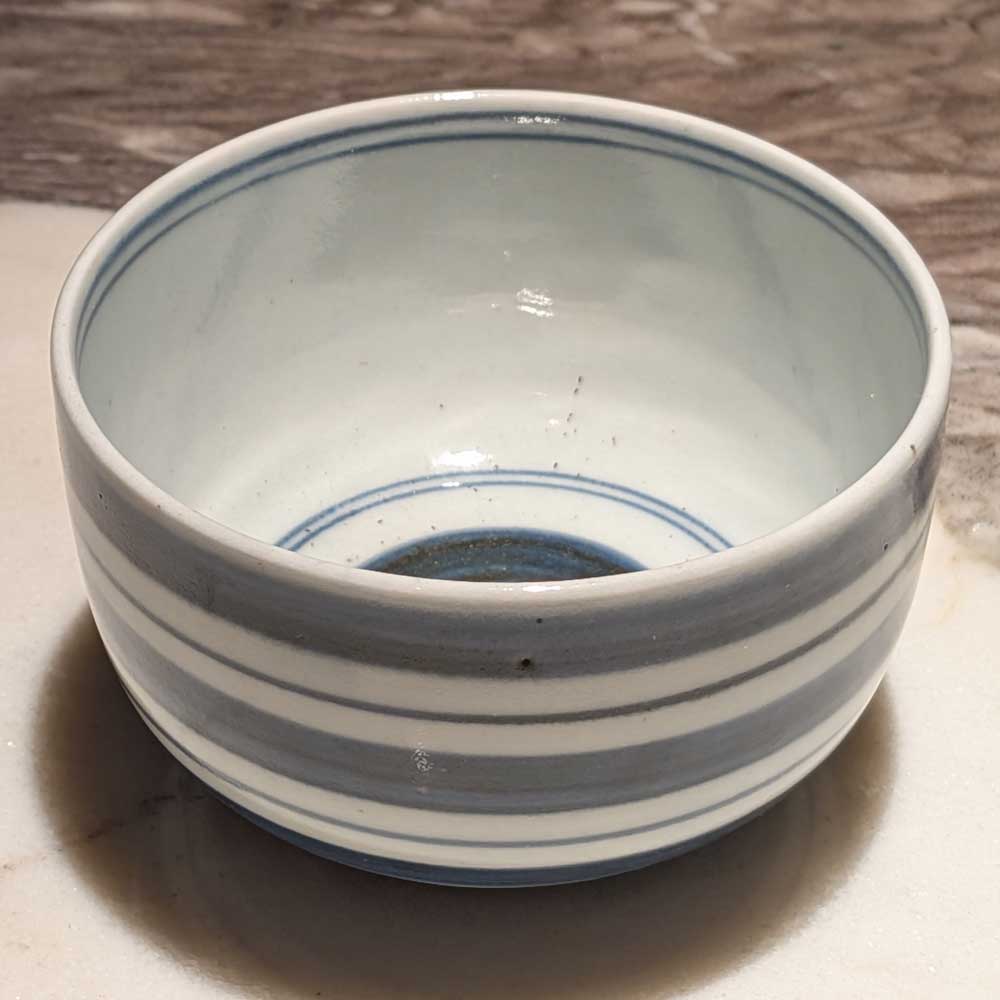
時代
江戸中期
素材
磁器
説明
佐賀県有田市の焼物。古伊万里で人気の輪線湯呑みです。

時代
昭和時代
素材
陶器
説明
八木一夫、京都府京都市生まれ。戦後復興期に前衛陶芸家集団「走泥社」を結成。器としての機能を持たないオブジェ焼きを発表。こちらはその中でも珍しい器としての機能を持った湯呑み。
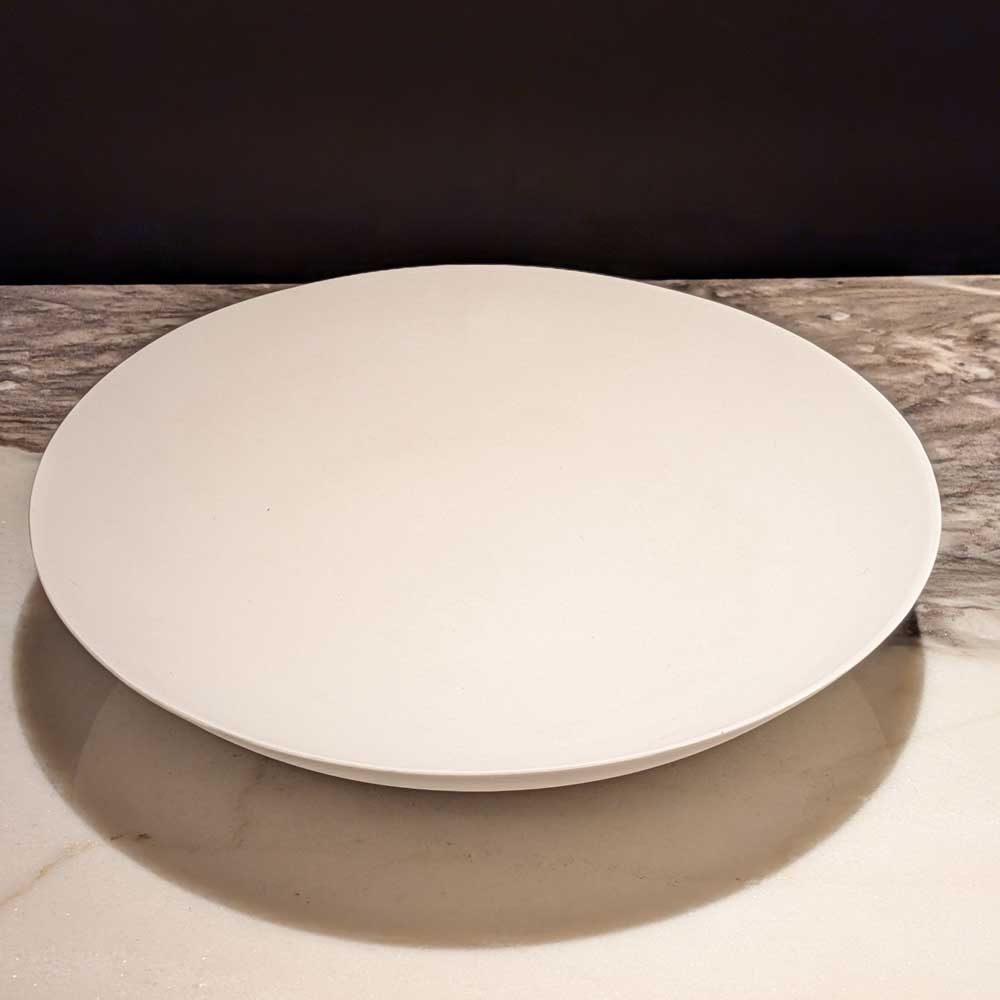
時代
平成時代
素材
磁器
説明
黒田泰蔵、滋賀県伊賀市近江市生まれ。島岡達三に師事するものの、初期のキャリアの大半をカナダで培った陶芸家。晩年は白磁の制作に専念。3年前に逝去された人気作家。こちらは代表的な白磁皿。

時代
江戸中期
素材
磁器
説明
古伊万里の江戸中期の皿を各種、形違いで揃えました。それぞれの違いをお楽しみください。
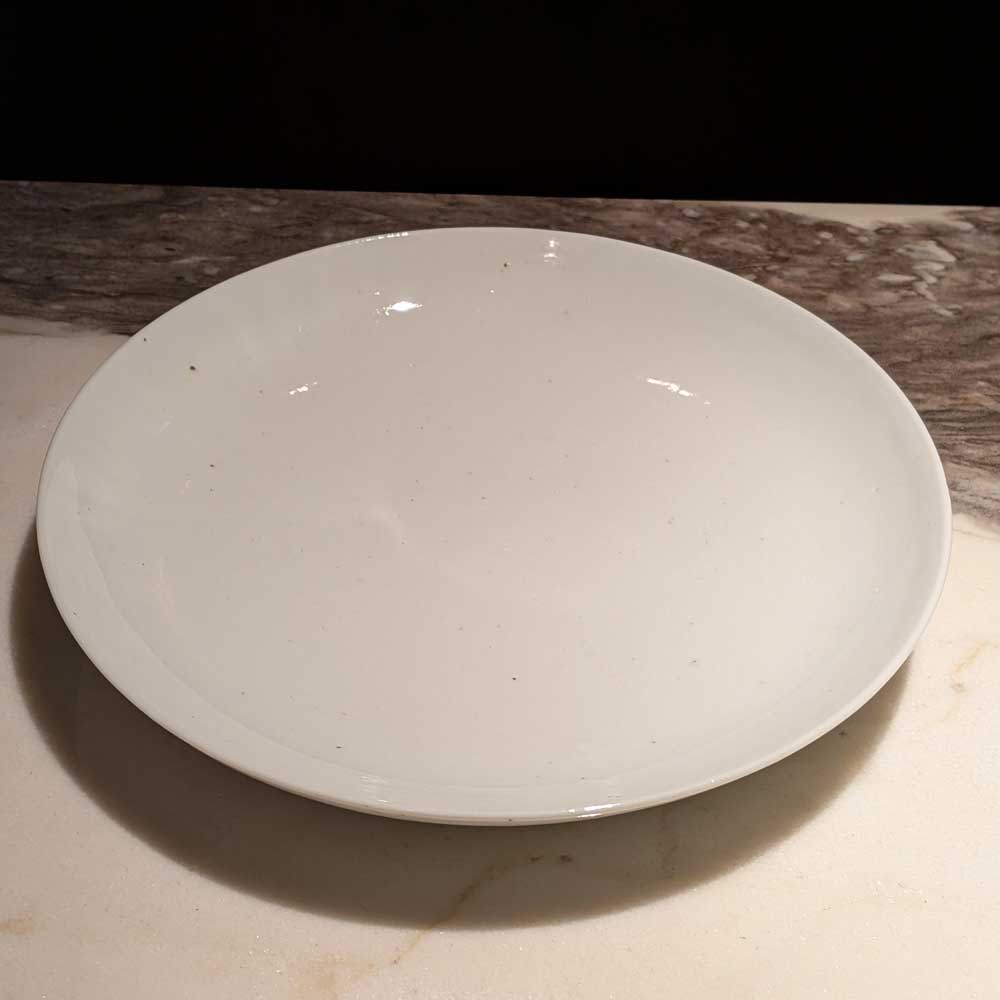
時代
江戸中期
素材
磁器
説明
古伊万里の江戸中期の皿を各種、形違いで揃えました。それぞれの違いをお楽しみください。
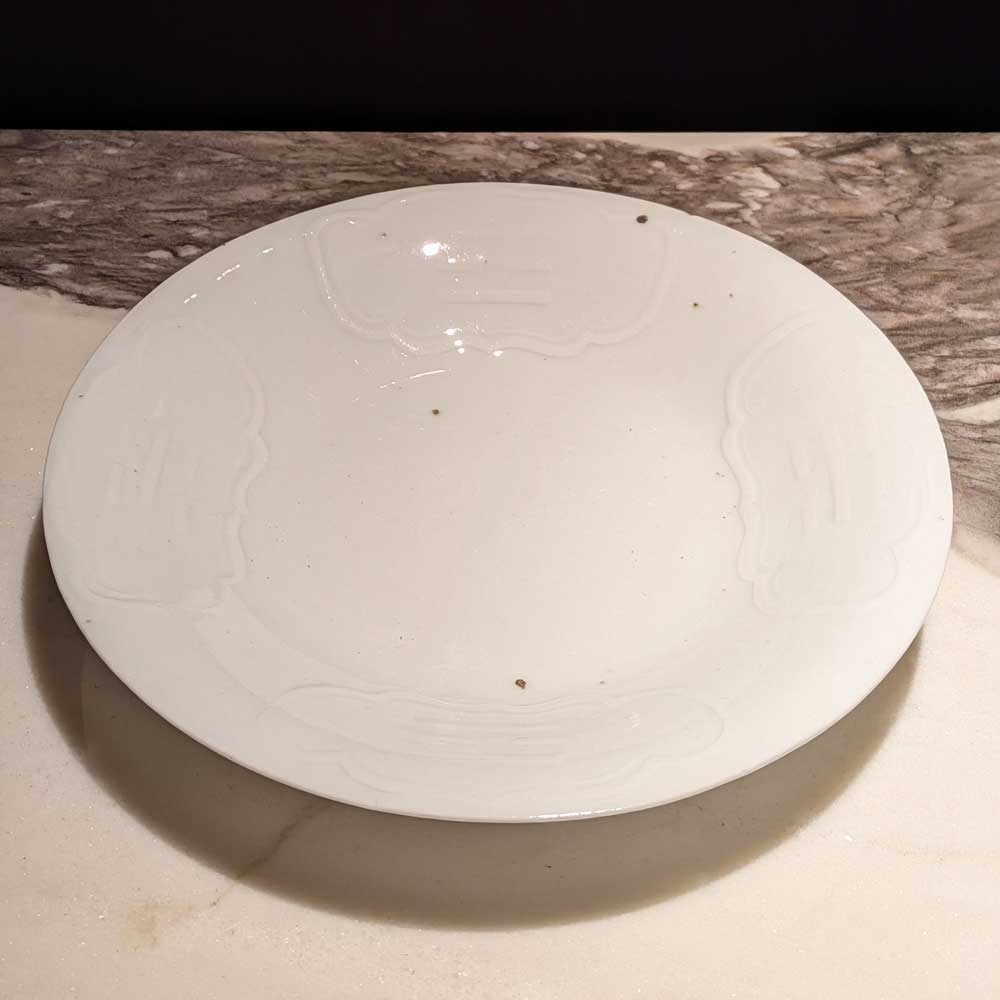
時代
江戸中期
素材
磁器
説明
古伊万里の江戸中期の皿を各種、形違いで揃えました。それぞれの違いをお楽しみください。

時代
江戸中期
素材
磁器
説明
古伊万里の江戸中期の皿を各種、形違いで揃えました。それぞれの違いをお楽しみください。

時代
江戸中期
素材
磁器
説明
古伊万里の江戸中期の皿を各種、形違いで揃えました。それぞれの違いをお楽しみください。
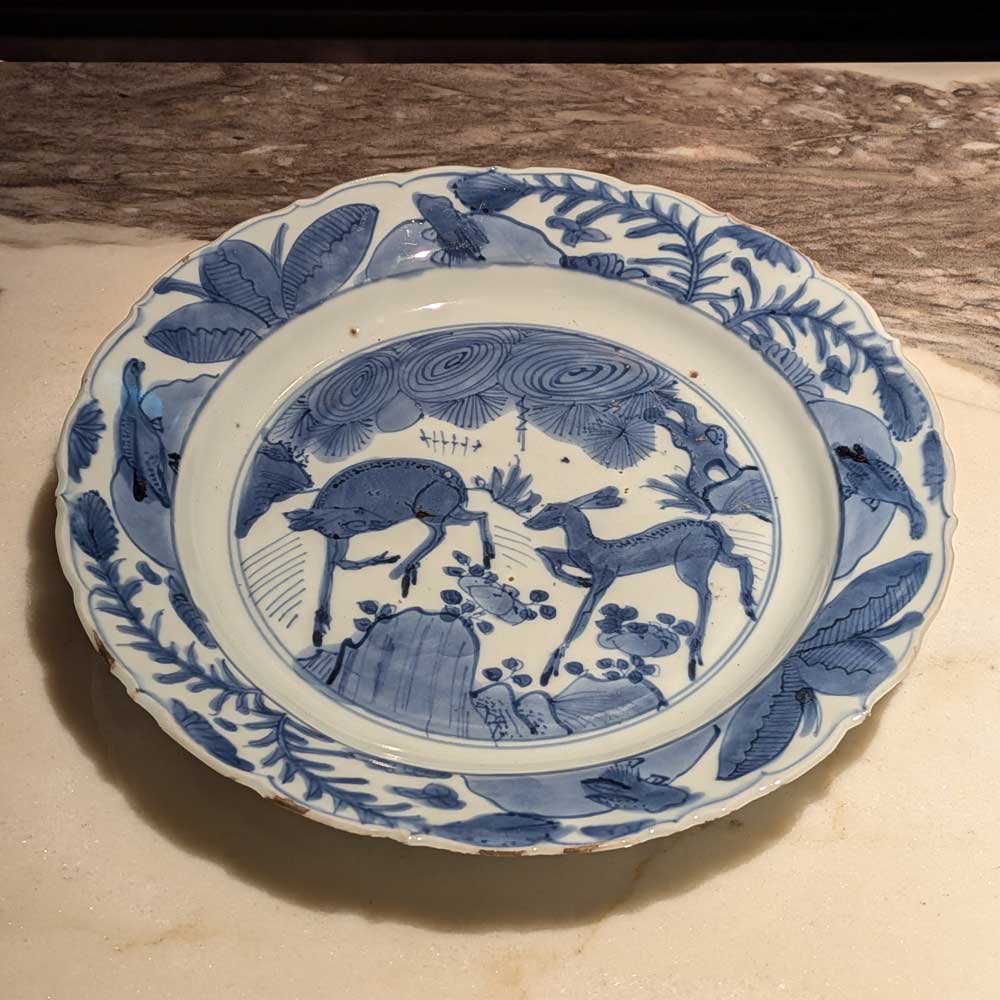
時代
明末期
素材
磁器
説明
珉末期の景徳鎮釜の鹿文皿。今回のコンセプトにぴったりの一品です。

時代
昭和初期
素材
陶器
説明
島岡達三、栃木県益子町の益子焼の陶芸家。濱田庄司に師事し、縄文象嵌技法を考案。後に人間国宝。こちらは代表的な象嵌技法の皿。

時代
昭和初期
素材
磁器
説明
富本憲吉、奈良県生駒郡出身。人間国宝、文化勲章受賞の陶芸家。民藝運動にも共感を寄せた作家。こちらは代表的な花地の皿。

時代
昭和時代
素材
漆
説明
魯山人で人気の日月碗の輪島塗の写しです。
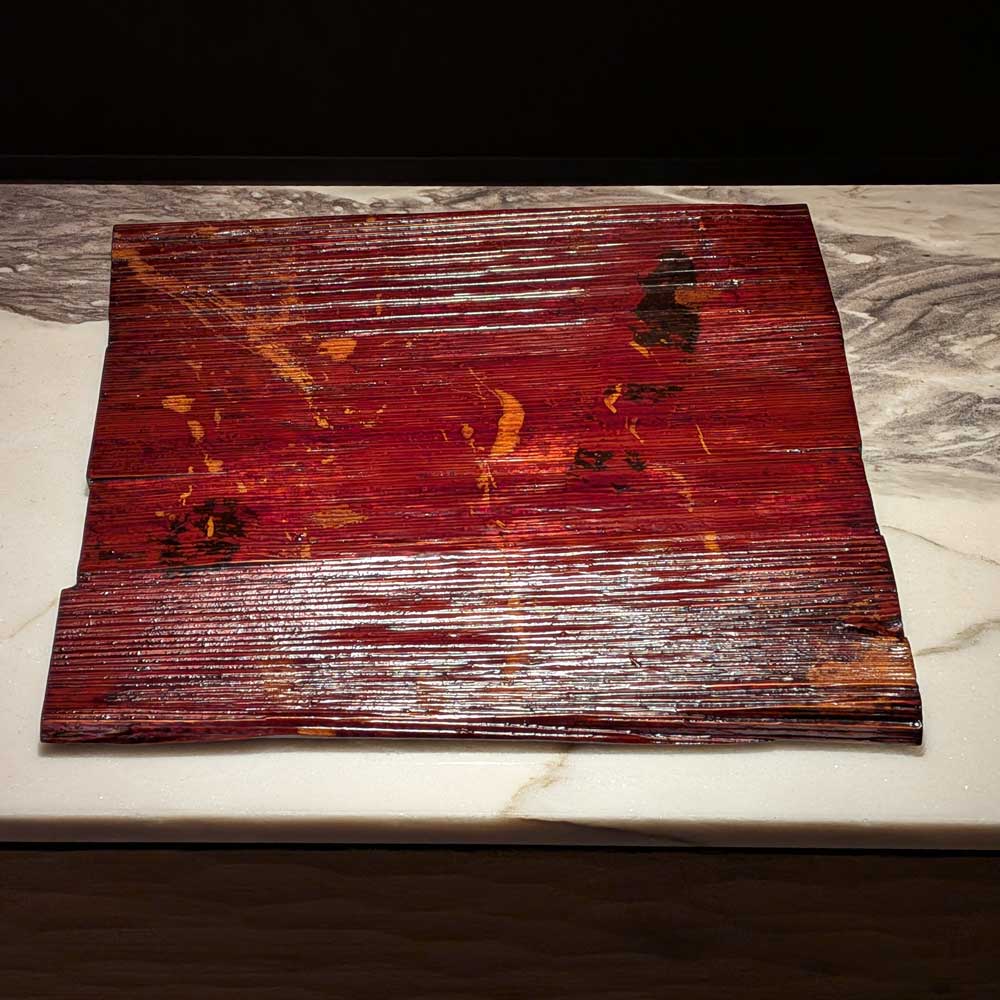
時代
昭和時代
素材
木
説明
角偉三郎、1940年石川県輪島生まれ。実用的な碗や盆を主に制作漆芸家。こちらは木の形そのままに盆に見立てたスタイリッシュな雰囲気。

時代
室町時代
素材
木
説明
非常に味の良い、珍しい長方型の根来。
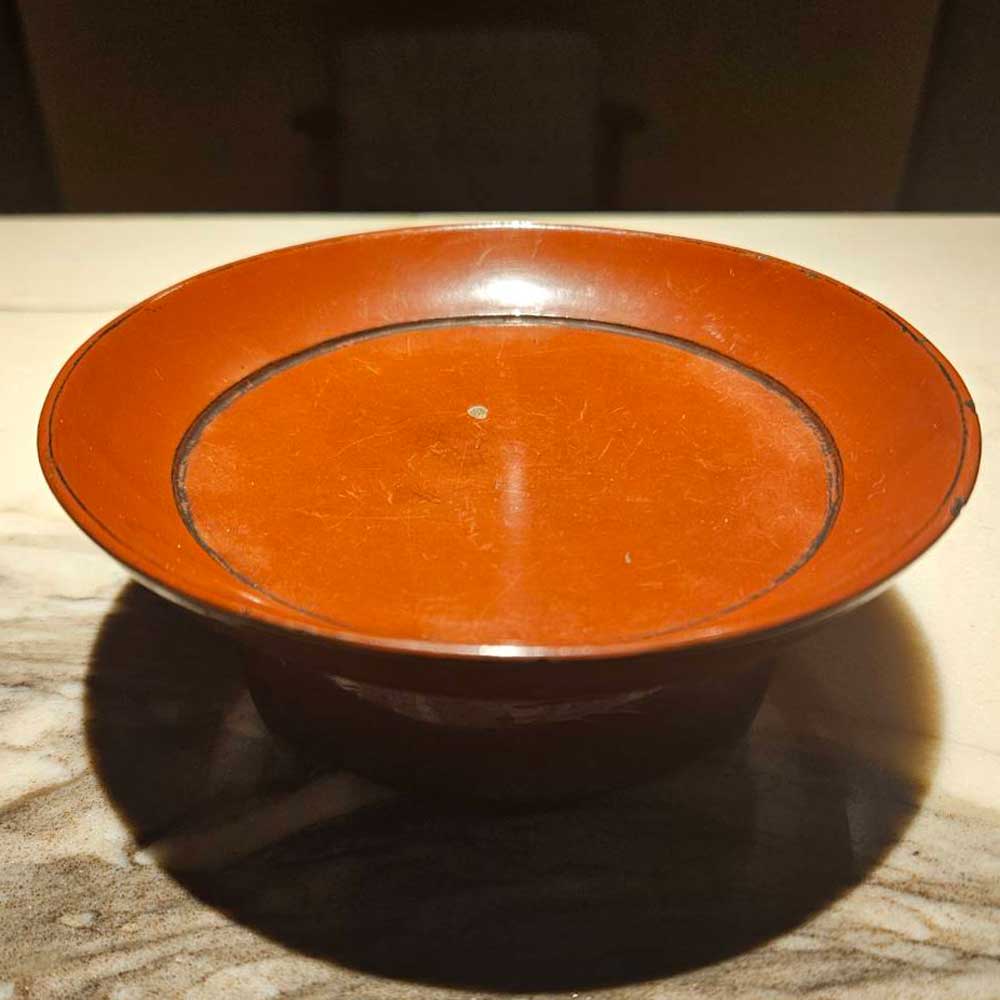
時代
江戸初期
素材
漆
説明
根来の中でも庶民的な、よく使用されていた椿皿です。

時代
紀元前4000年
素材
粘土
説明
紀元前4000年の世界最古と言っても良い焼き物。
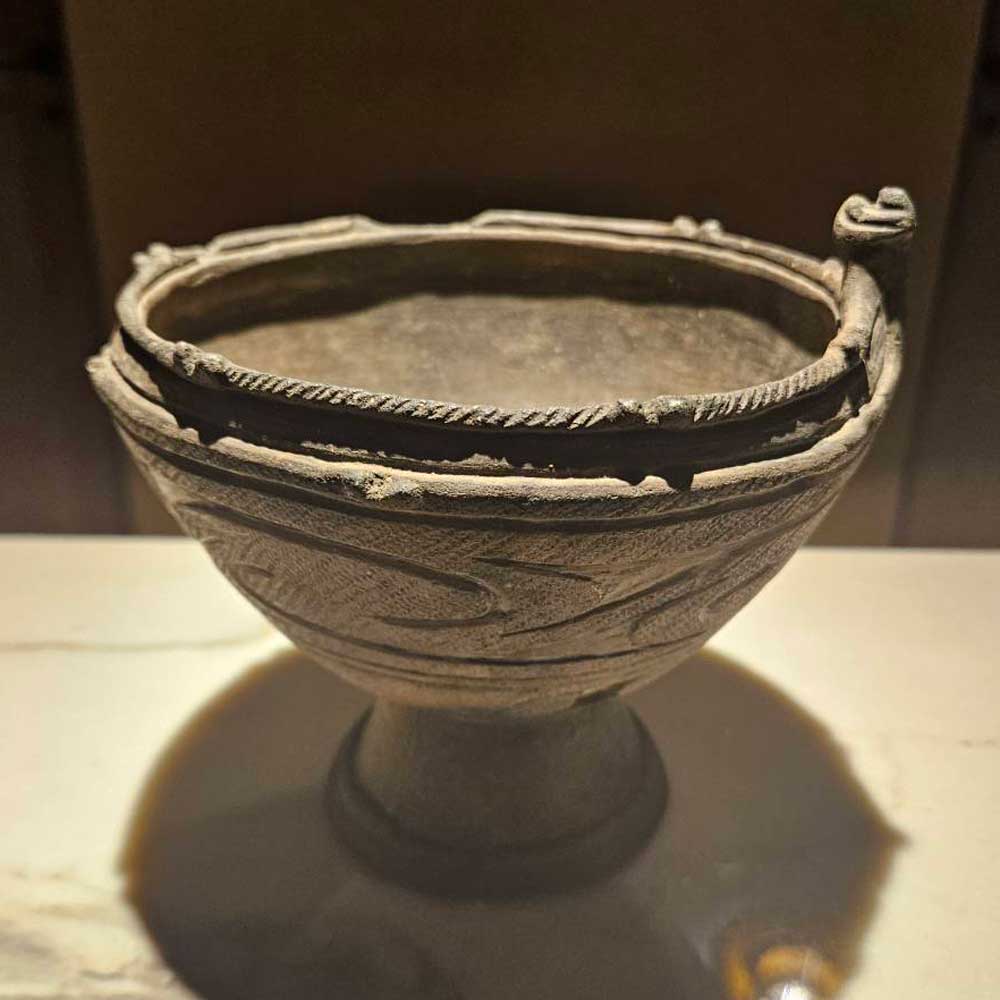
時代
縄文時代
素材
粘土
説明
出土地不明。削り出しに縄を使って文様を付け、素焼きで焼き上げられた土器。台鉢状で元々は祭器として使用されていたと思われる。

時代
縄文時代
素材
粘土
説明
青森県八戸市出土。削り出しに縄を使って文様を付け、素焼きで焼き上げられた土器。白地に黒の焼目がコントラストになっています。

時代
縄文時代
素材
粘土
説明
出土地不明。削り出しに縄を使って文様を付け、素焼きで焼き上げられた縄文土器としては珍しい皿。

時代
天平時代、白鳳時代
素材
粘土
説明
いわゆる寺の廃寺の軒瓦です。軒瓦とはその寺の顔になるので全部同じ顔になっています。寺が特定されているものもあります。

時代
天平時代、白鳳時代
素材
粘土
説明
いわゆる寺の廃寺の軒瓦です。軒瓦とはその寺の顔になるので全部同じ顔になっています。寺が特定されているものもあります。

時代
天平時代、白鳳時代
素材
粘土
説明
いわゆる寺の廃寺の軒瓦です。軒瓦とはその寺の顔になるので全部同じ顔になっています。寺が特定されているものもあります。

時代
天平時代、白鳳時代
素材
粘土
説明
いわゆる寺の廃寺の軒瓦です。軒瓦とはその寺の顔になるので全部同じ顔になっています。寺が特定されているものもあります。
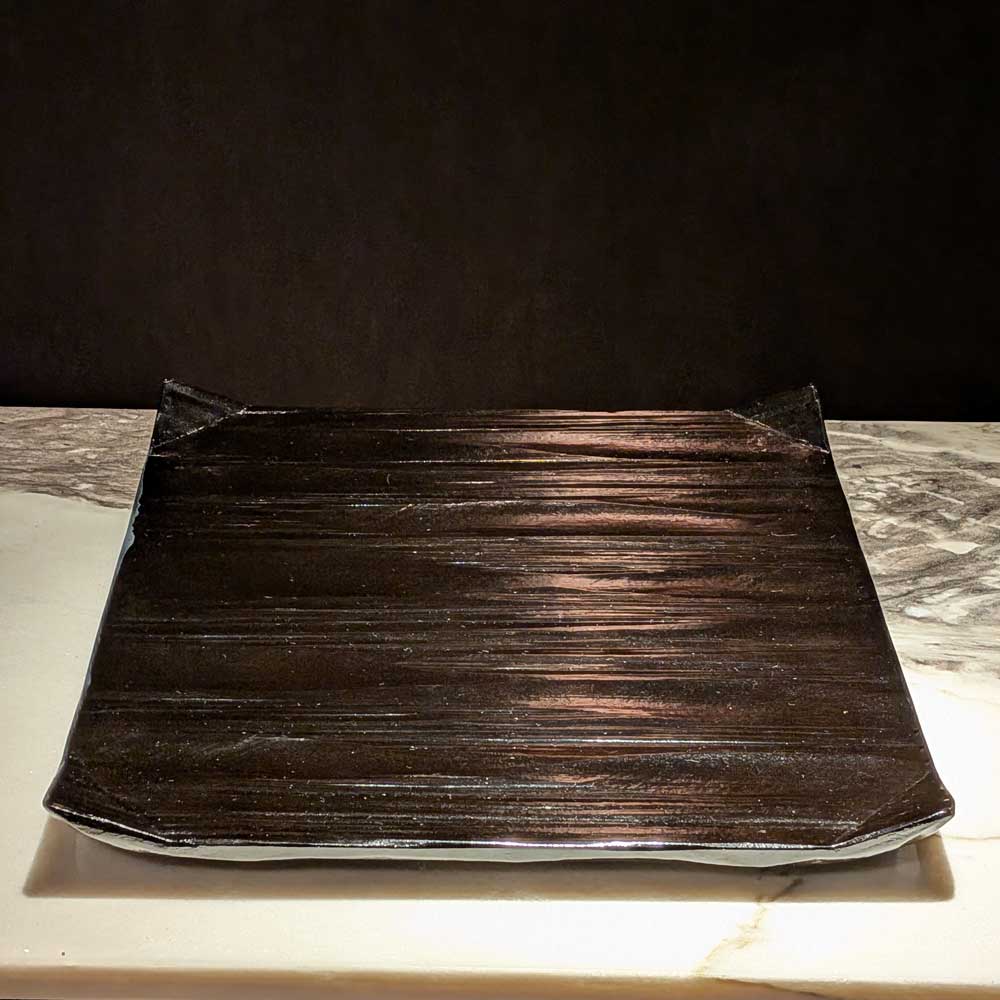
時代
昭和初期
素材
木
説明
元々は茶道具で、千家に道具を収めてきた千家十職の一つ。

時代
江戸初期
素材
木
説明
根来ではスタンダードな四方角切。
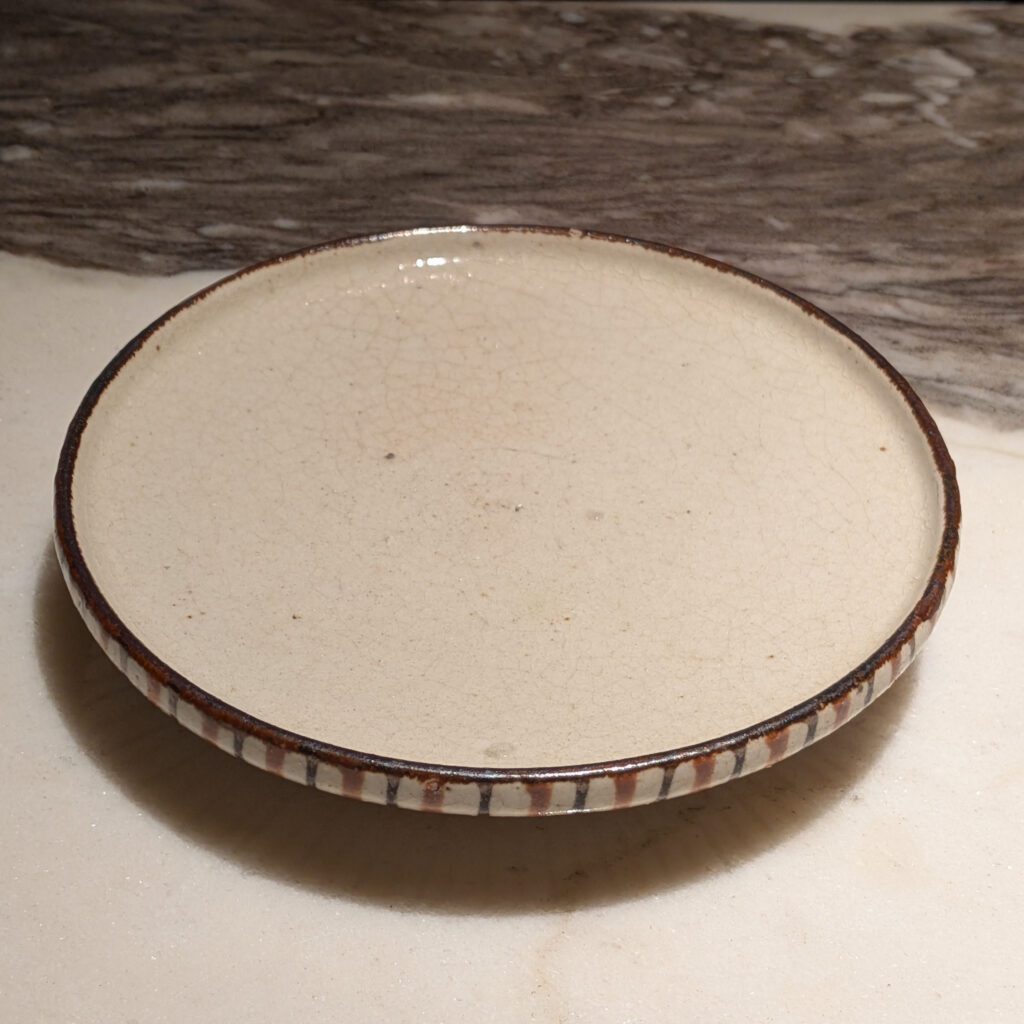
時代
江戸後期
素材
陶器
説明
愛知県瀬戸市の焼物。江戸中期の麦藁手の蓋茶碗の蓋ですが、小皿としても使用ができます。
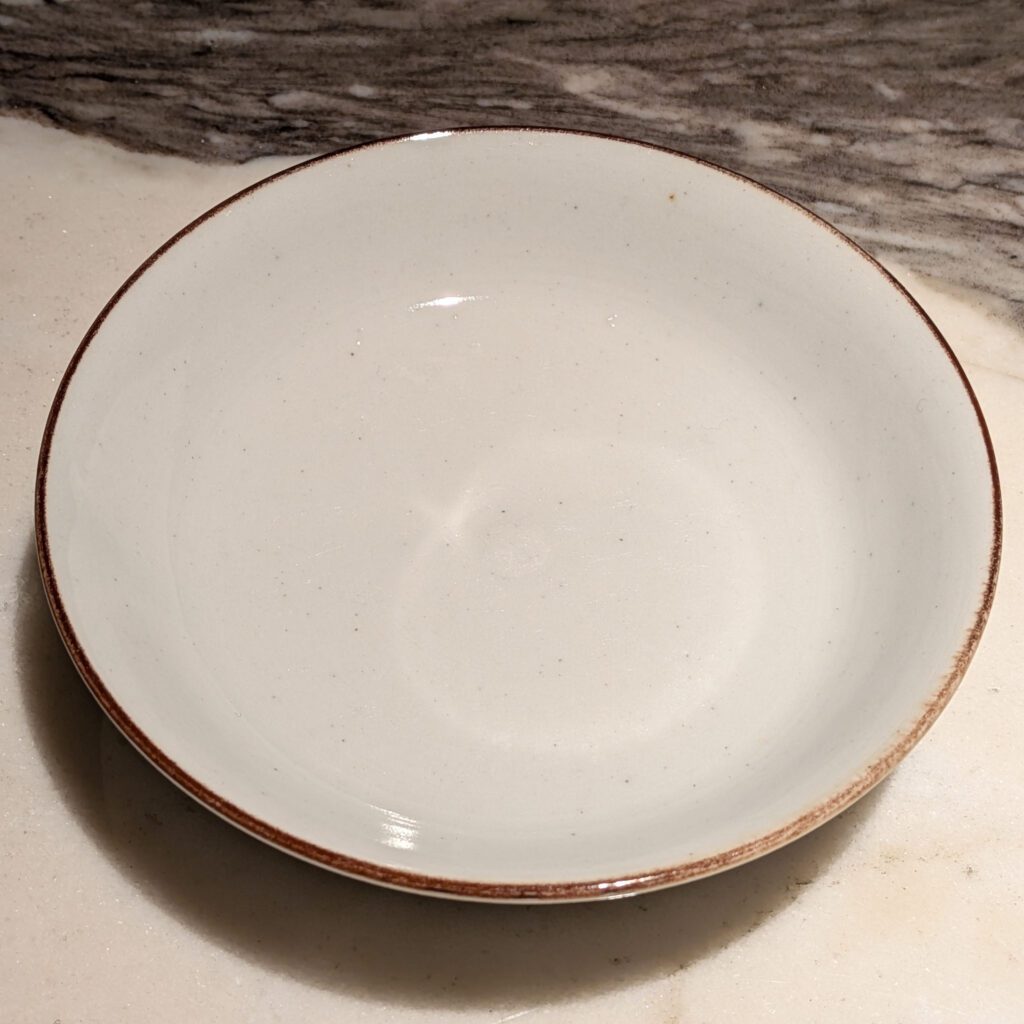
時代
江戸中期
素材
磁器
説明
佐賀県有田市の焼物。古伊万里の白磁は人気ですが、このサイズの小皿は珍しい。

時代
江戸後期
素材
陶器
説明
島根県松江市の焼物。不志名焼の独特な薄黄色に千鳥が絶妙にマッチングしています。

時代
明治時代
素材
陶器
説明
岡山県備前市の焼物。代表的な火襷模様の皿。
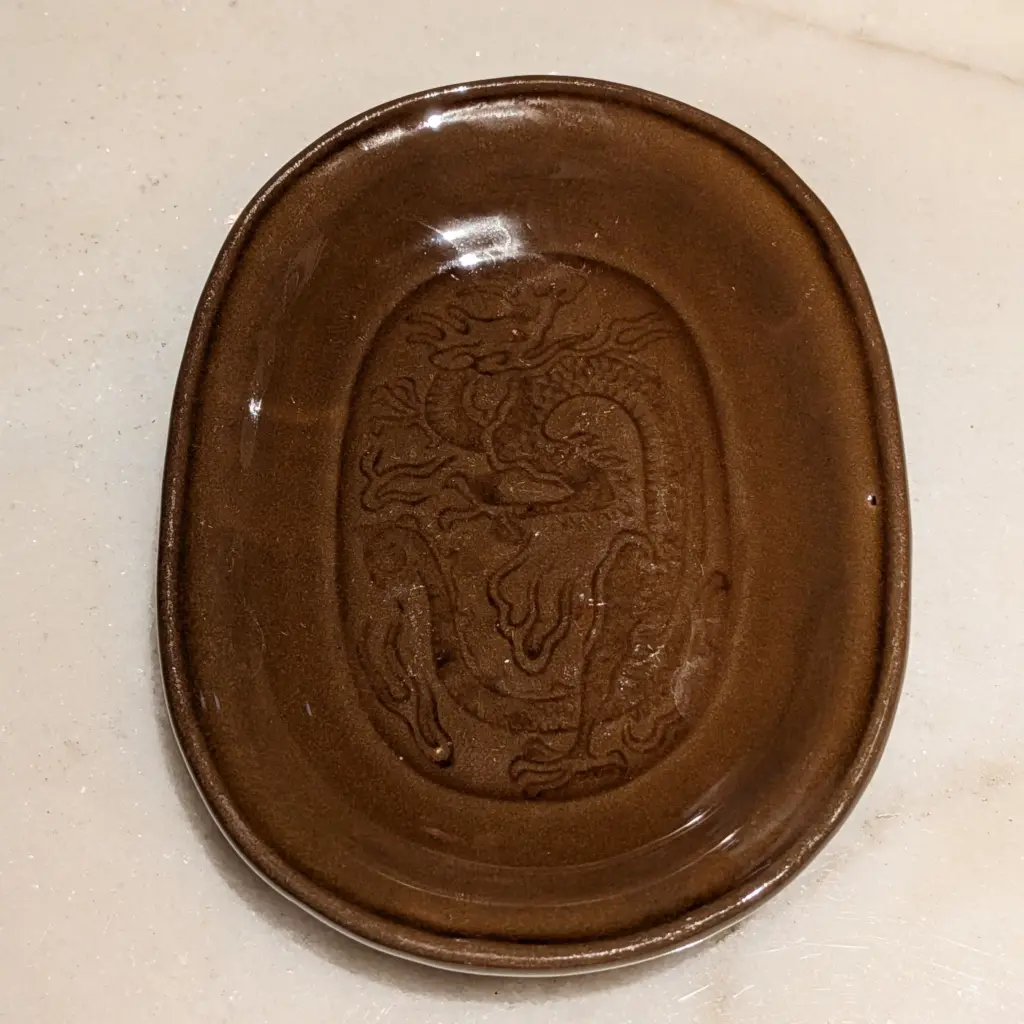
時代
江戸後期
素材
陶器
説明
兵庫県南あわじ市の焼物。珉平のオーソドックスな小判皿ですが、茶色は非常に珍しいです。

時代
江戸後期
素材
陶器
説明
三重県四日市市の焼物。緑に白の蘭の花模様が描かれた小皿。

時代
1864年
素材
ガラス
説明
1864年製、当時に日本に輸入された物だと思われます。
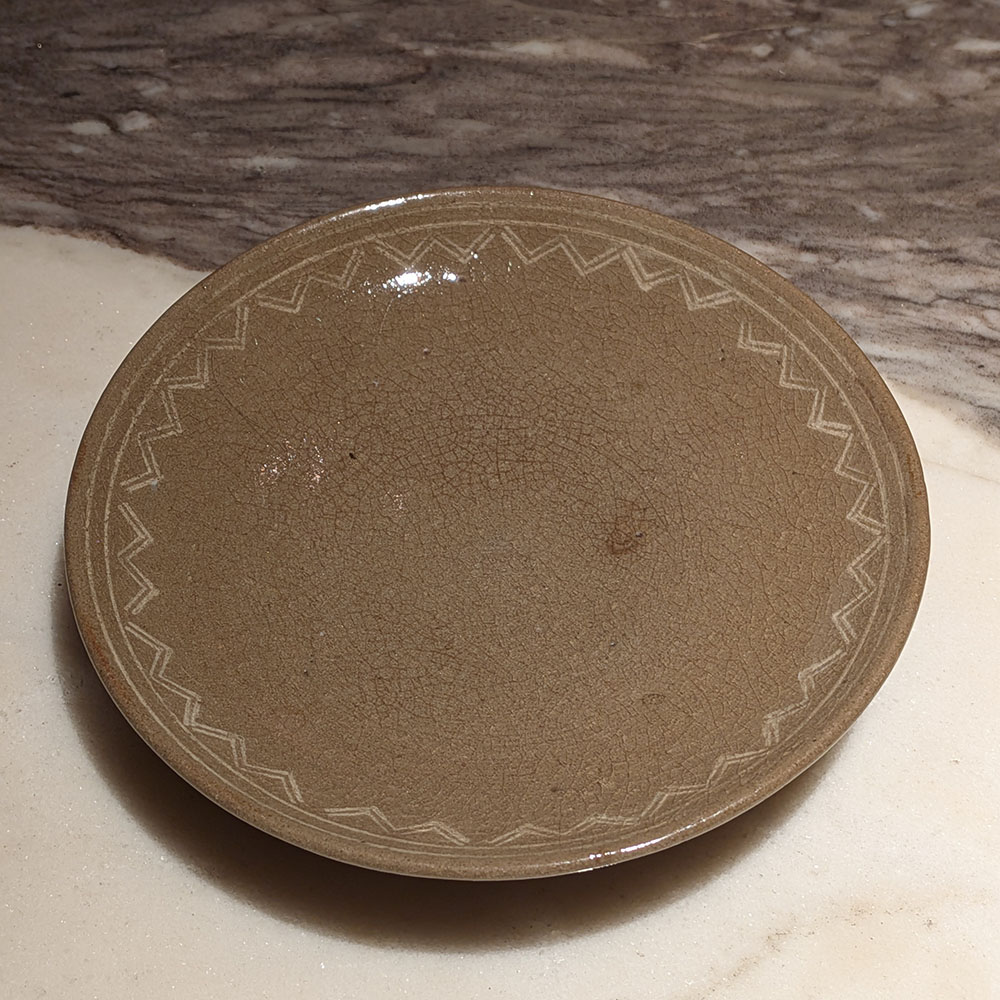
時代
江戸中期
素材
陶器
説明
熊本の焼物で細川藩御用窯。象嵌模様が特徴。
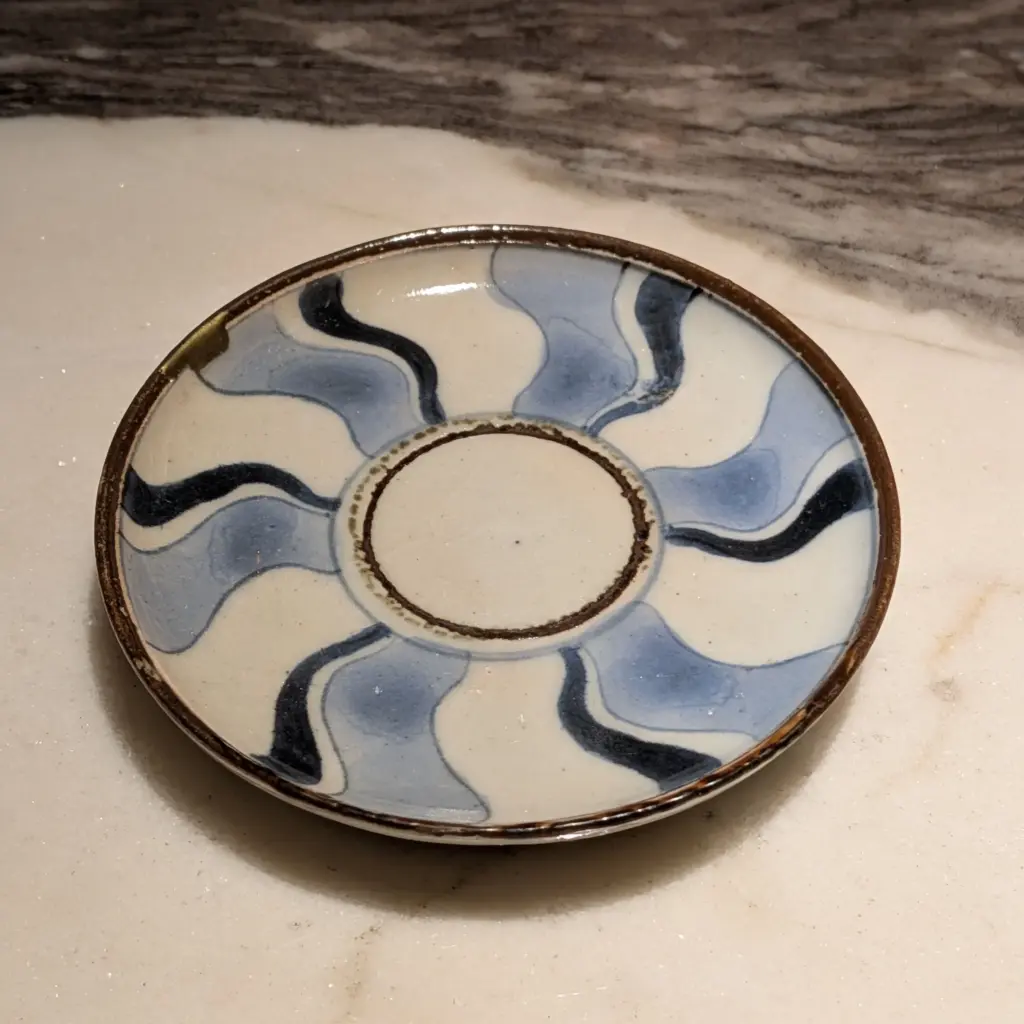
時代
江戸初期
素材
陶器
説明
佐賀県有田市の焼物。17世紀初頭、日本で初めて「磁器」として焼かれたのが初期伊万里。こちらは珍しく人気のある捻文。
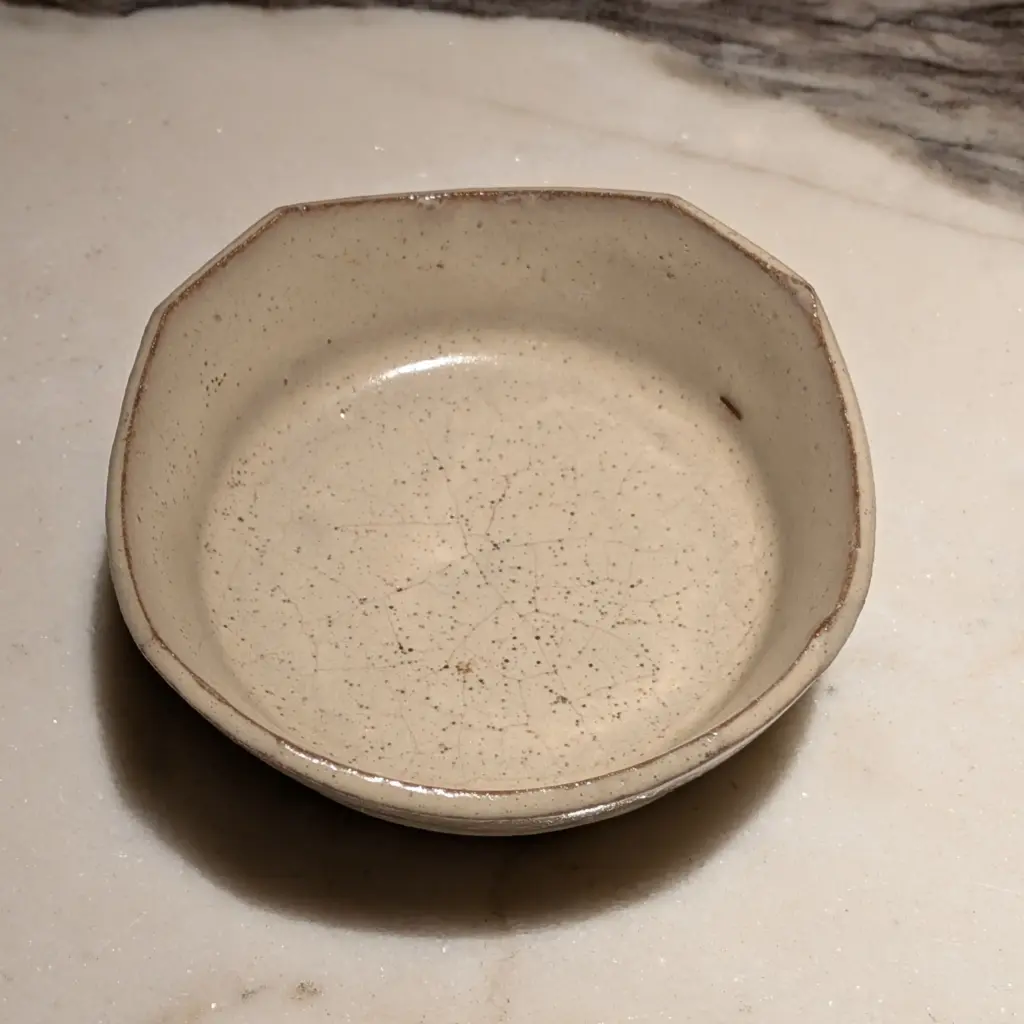
時代
江戸後期
素材
陶器
説明
奈良県奈良市の焼物。ベージュのプリミティブな風合い。
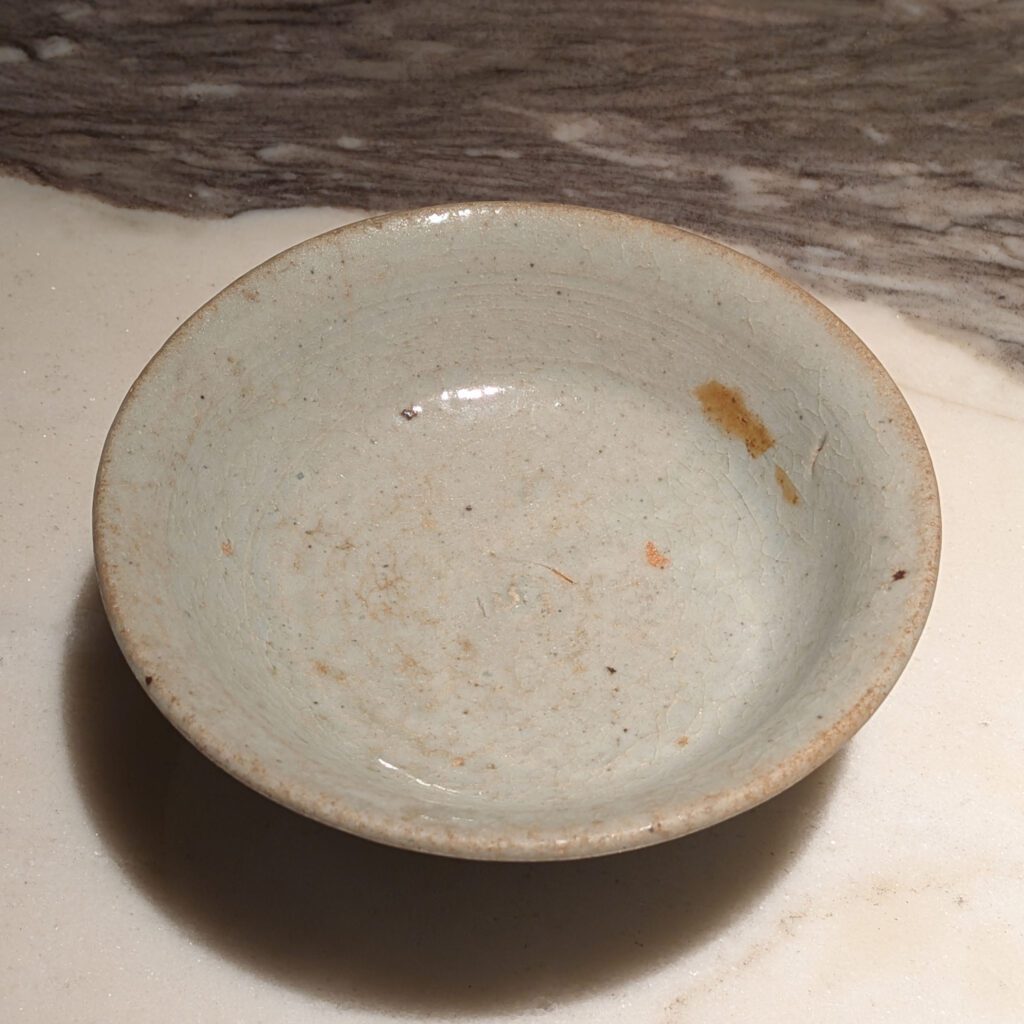
時代
15世紀
素材
磁器
説明
15世紀李氏朝鮮時代。李朝初期のシンプルな盃です。
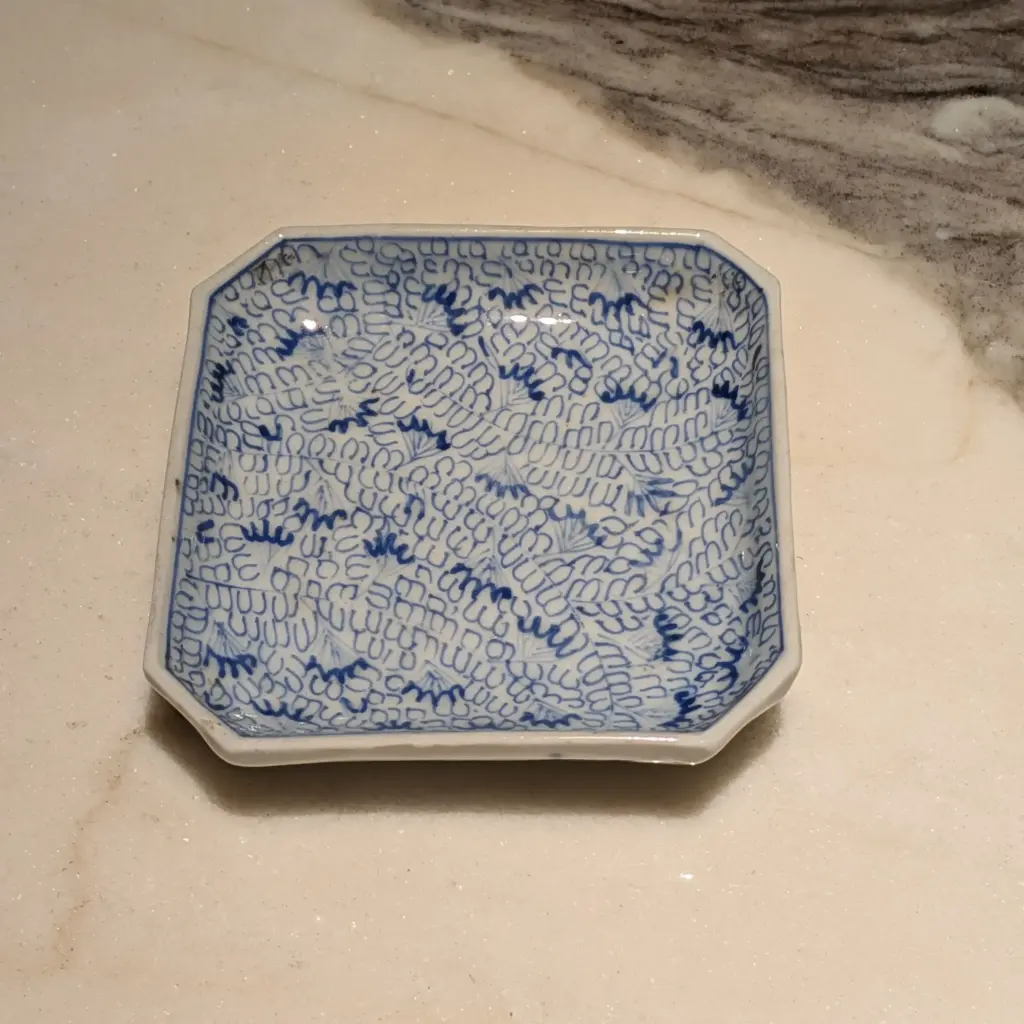
時代
江戸中期
素材
磁器
説明
佐賀県有田市の焼物。古伊万里の代表的な図柄のみじん唐草を全面に描いた四方皿。
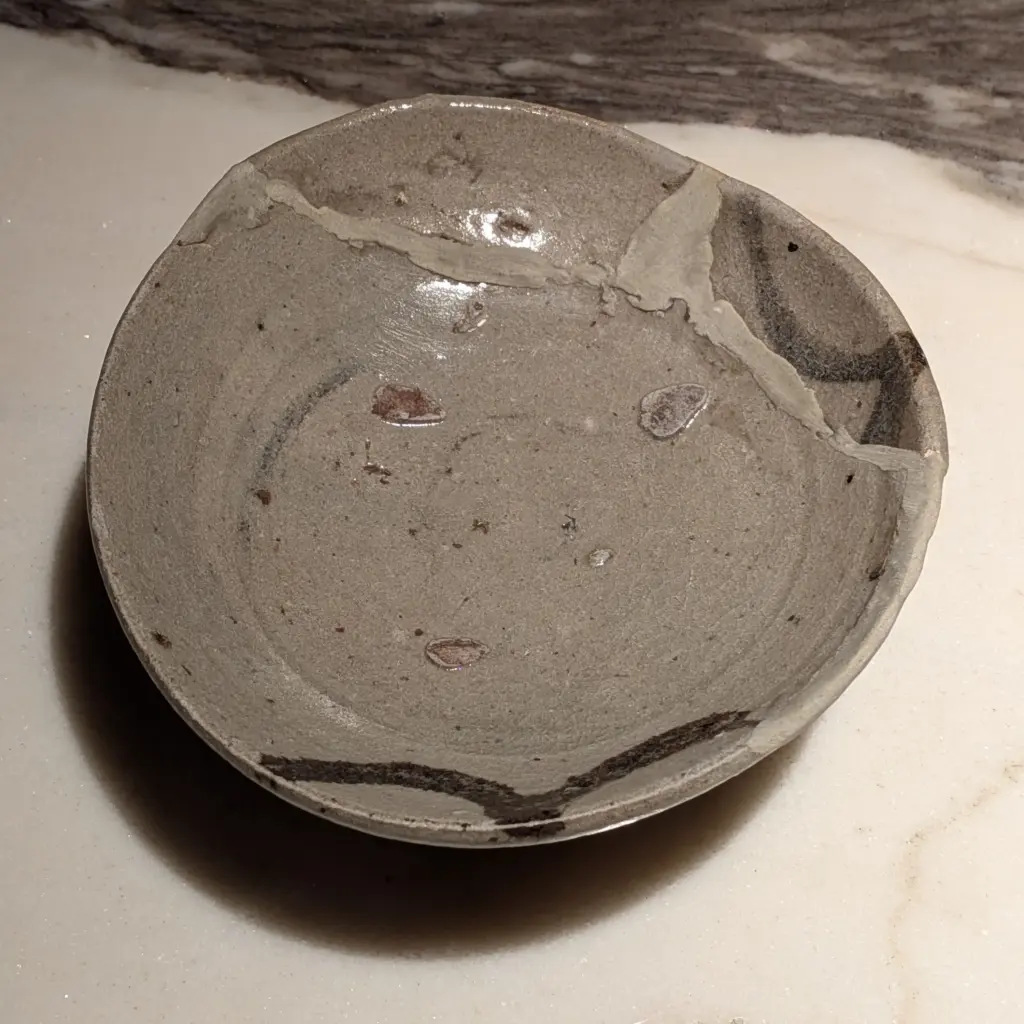
時代
安土桃山時代
素材
陶器
説明
佐賀県唐津市の焼物。発掘品で銀継ぎが施されています。

時代
安土桃山時代
素材
陶器
説明
佐賀県唐津市の焼物。発掘品で銀継ぎが施されています。

時代
安土桃山時代
素材
陶器
説明
佐賀県唐津市の焼物。発掘品ですが口に鉄の釉薬をかけた皮鯨手。

時代
安土桃山時代
素材
陶器
説明
佐賀県唐津市の焼物。発掘品の盃ですが、小皿としてご使用ください。